
Day 3, Friday 22 September - Phichit
Full Shift....... Today allows us to put in a full shift at the office so let's start with breakfast. Mee Pronsawan provides a Thai style breakfast and I give it 5 marks out of 10 which is far better than nothing. I skip the rice soup and concentrate on the toast and jam with coffee and juice. With something added from 7 Eleven that will be enough for me. We've managed to find the time to schedule a good number of site visits but will have see how the times goes. The first visit of the day is close to the resort.
Chaloem Phra Kiat Aquarium....... Chaloem Phra Kiat Aquarium is built out in Bueng Si Fai and accessed by a footbridge. The aquarium has a modest selection of freshwater fish but with no entry fee the species seem neglected. Crocodile models are a reminder of the creatures that once were numerous in Phichit's rivers.
From the aquarium we pass Bueng Si Fai on the northern bank where I stop to record the tower provided for bird watching. We head west towards a site or sites I'm looking forward to visit.
Wat Nakorn Chum....... Wat Nakorn Chum or Wat Yai dating from between the 14th and 16th centuries is an ancient temple located inside the ancient town of Phichit. It is believed that the earliest group of buildings were constructed in the late Sukhothai or early Ayutthaya periods and have been restored many times.
The significant historic buildings are the ubosot (ordination hall) and the viharn (assembly or prayer hall). The ubosot has distinctive slotted ventilation holes which are a characteristic of the period. The viharn has been reconstructed on the base of a former one.
In the past a couple of images of the Buddha, Luang Pho Phet and Luang Pho Phan were placed side by side in the viharn. Later, Luang Pho Phet, an image in Chiang Saen style from the 14th-15th Century was moved to the ubosot at Wat Tha Luang, a royal temple in Phichit province. It is said that Luang Pho Phan at Wat Nakorn Chum were the principal images for performing the rite of sipping holy water to solemnly take the oath of loyalty to the monarch.
Phichit Historical Park....... Phichit Historical Park is regarded as the Ancient City of Phichit said to be founded around 1058 by Phraya Khottrabong. Remnants of the city including part of the walls, the moat and the ruins of the chedi Wat Mahathat where artifacts including pottery, Buddha images, etc. of various periods have been found.
Wat Mahathat....... Wat Mahathat was registered as an ancient monument by the Fine Arts Department in 1935. The round bell shaped chedi contains a repository once housing votive tablets of various aspects which were later smuggled away. In the front is a building known as Wihan Kao Hong, a viharn with nine cells. At the back stands an ordination hall or Phra Ubosot surrounded by double sets of Bai Sema or boundary markers. The excavation of the viharn by the Fine Arts Department in 1991 indicated an overlapping construction of two periods, Sukhothai and Ayutthaya. Within the surrounding area there are ruins of boundary walls and chedis.
Chalawan Cave....... The so called Chalawan Cave was an underground tunnel designed for escape should the city fall into enemy hands. Today nothing of the cave remains having been infilled overtime. The name Chalawan was given to a giant crocodile which traumatized local people. The story of its demise is part of folklore in Phichit.
City Pillar Shrine....... The City Pillar Shrine (San Lak Mueng) is a shrine dedicated to a city's founding and therefore revered by local people. In many cases it is found in the city it relates to but the Old City of Phichit lies some way to the west of the modern city. In 1977 the new shrine was built at a cave called Tham Chalawan in the historical park. Statues depict characters from the well-known folk tale 'Krai Thong'.
Wat Rong Chang....... Leaving the park we locate Wat Rong Chang. This is an old temple that dates from the Ayutthaya period in the reign of Phraya Khottrabong. The location used to be an 'elephant's' rest stop and was called 'Khong Chang', chang being the Thai word for elephant. It was inaccurately pronounced later as 'Khlong Chang'. Later when an elementary school was established in the area the name was changed to 'Wat Rong Chang'. Three huge Buddha images were built out in the open in three different postures namely, a seated Buddha in subduing Mara posture, a standing Buddha and a reclining Buddha. There is also a large chedi with an underground crypt to store brick inscriptions of the 84,000 Buddhist rules known as Tripitaka.
At this point I'm well satisfied with what's been achieved before lunch especially the discovery of the ancient city which I believe will be the highlight of my visit to Phichit Province. We take a simple lunch of noodles as we arrive at our next stop.
Wat Pho Phrathap Chang....... Wat Pho Phrathap Chang is an ancient temple built between 1699 and 1701 in the reign of King Suriyentrathibordee or King Suea to be the memorial of his birthplace. It is located east of the Phichit River. In front of the temple is a 300-year -old Malabar Ironwood tree (old Takhian). Inside the chapel compound there is a high Buddha assembly hall in Ayutthaya style surrounded by double walls. Moreover, the people of Pho Phrathap Chang district embellished the monument Somdej Phra Buddha Suea Shrine which is located beside the Pho Phrathap Chang district office.
At this point I've achieved as much as I expected today yet it's only mid-afternoon. To achieve anything more requires a longer distance from the city. If I extend my reach it's going to be a long day but as I feel I still have gas in this tank, I decide to head south.
Wat Thai Naam....... Wat Thai Naam is an old temple where Luang Por Ngem of Wat Bang Klan used to live before he moved to Wat Bang Klan so it's the reason why the name 'Old Temple of Luang Por Ngem' is attached to this temple. Presently, there is the Luang Por Ngem Museum to exhibit his charming items on the ground floor and a Luang Por Ngem Statue is located on the upper floor which is the biggest Buddha statue in the world. Many people come and bring objects for worshipping Luang Por Ngem.
Wat Sukhumaram....... Wat Sukhumaram is a monastery with a reclining Buddha (Phra Buddha Saiyas), measuring 55 metres in length which is the third longest reclining Buddha in the country. Many people bring a significant object for worshipping the reclining Buddha. The monastery also has a statue of Luang Por Khien Dhammarakkitoh aka Luang Por Khien of Wat Samnak Khun Naen in Dong Charoen district who is an important and highly respected monk in Phichit and in general. He was respected for his sacred sayings throughout his life and his meditation practice. He lived to be 108 years old.
To reach Wat Sukhumaram you need to pass through Wat Ban Wang Taku, a modest temple with no particular claim to fame.
Wat Samnak Khun Nen....... Next is Wat Samnak Khun Nen in Dong Charoen District, one of the famous temples of Phichit built in contemporary Thai style with a shady atmosphere. Luang Por Khien Dhammarakkitoh was the monk of the sacred command of Wat Samnak Khun Nen who was a famous monk from Phichit at the time of Luang Por Ngern and Luang Por Derm. Luang Por Khien passed away at the age of 108 and was famous for his holiness and miracles for safety and mercy. Nowadays there are still many people coming to pay respects to him. Luang Por Khien was a strict practitioner according to the Dharma discipline and was an insightful meditation master. The temple also includes a local wisdom museum.
Wat Phra Buddhabat Khao Sai....... Wat Phra Buddhabat Khao Sai is situated at village No.10, Khao Sai sub-district, Tab Khlor district. It is a Mahayana Temple and Wat Khao Sai is its official name. On the other hand, villagers call it Wat Phra Buddhabat Khao Sai because there is a replica of Buddha's footprint at the peak of Khai Sai hill. Wat Khao Sai was established in 1931 at the foot of the hill consisting of many interesting religious sites such as a Chinese prosperity Buddha (8 metres across the lap), a replica of Buddha's footprint at the top of the hill, Luang Por Ngem Thong Lai Ma in alms bowl pose, a Mercy Goddess, etc. There is an annual almsgiving ceremony where the monks proceed in a procession down the hill which occurs on the 2nd day of the waning moon in the 11th lunar month every year. Detailed information on the history of the temple can be obtained from www.watkhaosai.com. The history of Wat Khao Sai was compiled in 2017 by Phra Khru Piriyasathuklj, the Deputy Abbot of Wat Khao Sai and Khao Sai sub-district Ecclesiastical Officer.
Wat Phra Buddhabat Khao Luak....... Reaching Wat Phra Buddhabat Khao Ruak we are close to sunset and temple buildings and the principal Buddha image glow gold reflecting sparkling light from the setting sun.
At Wat Phra Buddhabat Khao Ruak there is a Buddha's footprint which is a replica of the footprint at Wat Phra Buddhabaht in Saraburi province. Besides this there are also interesting items such as a giant drum made from Pradu wood named 'Nant pa ri Sri raj ruk ko Ma ho ra thuek Ma ruek ka ta ya wan Bhan rue loke Drum' and a 1,000-1,500-year-old hermit statue as well as a zoo with various small animals.
Calling it a Day....... It's now a case of returning to Phichit after one of those epic days. It's now around 6:00pm and the journey takes some 45 minutes. With this late return all I can do is pick up something from 7 Eleven to call dinner. Frustratingly, as we reach the resort a major conference is in progress causing great difficulty for my partner to manoeuvre into our parking space next to the room. Clearly, we're not about to move from here tonight.
Next Page.
Full Shift....... Today allows us to put in a full shift at the office so let's start with breakfast. Mee Pronsawan provides a Thai style breakfast and I give it 5 marks out of 10 which is far better than nothing. I skip the rice soup and concentrate on the toast and jam with coffee and juice. With something added from 7 Eleven that will be enough for me. We've managed to find the time to schedule a good number of site visits but will have see how the times goes. The first visit of the day is close to the resort.
Chaloem Phra Kiat Aquarium....... Chaloem Phra Kiat Aquarium is built out in Bueng Si Fai and accessed by a footbridge. The aquarium has a modest selection of freshwater fish but with no entry fee the species seem neglected. Crocodile models are a reminder of the creatures that once were numerous in Phichit's rivers.
From the aquarium we pass Bueng Si Fai on the northern bank where I stop to record the tower provided for bird watching. We head west towards a site or sites I'm looking forward to visit.
Wat Nakorn Chum....... Wat Nakorn Chum or Wat Yai dating from between the 14th and 16th centuries is an ancient temple located inside the ancient town of Phichit. It is believed that the earliest group of buildings were constructed in the late Sukhothai or early Ayutthaya periods and have been restored many times.
The significant historic buildings are the ubosot (ordination hall) and the viharn (assembly or prayer hall). The ubosot has distinctive slotted ventilation holes which are a characteristic of the period. The viharn has been reconstructed on the base of a former one.
In the past a couple of images of the Buddha, Luang Pho Phet and Luang Pho Phan were placed side by side in the viharn. Later, Luang Pho Phet, an image in Chiang Saen style from the 14th-15th Century was moved to the ubosot at Wat Tha Luang, a royal temple in Phichit province. It is said that Luang Pho Phan at Wat Nakorn Chum were the principal images for performing the rite of sipping holy water to solemnly take the oath of loyalty to the monarch.
Phichit Historical Park....... Phichit Historical Park is regarded as the Ancient City of Phichit said to be founded around 1058 by Phraya Khottrabong. Remnants of the city including part of the walls, the moat and the ruins of the chedi Wat Mahathat where artifacts including pottery, Buddha images, etc. of various periods have been found.
Wat Mahathat....... Wat Mahathat was registered as an ancient monument by the Fine Arts Department in 1935. The round bell shaped chedi contains a repository once housing votive tablets of various aspects which were later smuggled away. In the front is a building known as Wihan Kao Hong, a viharn with nine cells. At the back stands an ordination hall or Phra Ubosot surrounded by double sets of Bai Sema or boundary markers. The excavation of the viharn by the Fine Arts Department in 1991 indicated an overlapping construction of two periods, Sukhothai and Ayutthaya. Within the surrounding area there are ruins of boundary walls and chedis.
Chalawan Cave....... The so called Chalawan Cave was an underground tunnel designed for escape should the city fall into enemy hands. Today nothing of the cave remains having been infilled overtime. The name Chalawan was given to a giant crocodile which traumatized local people. The story of its demise is part of folklore in Phichit.
City Pillar Shrine....... The City Pillar Shrine (San Lak Mueng) is a shrine dedicated to a city's founding and therefore revered by local people. In many cases it is found in the city it relates to but the Old City of Phichit lies some way to the west of the modern city. In 1977 the new shrine was built at a cave called Tham Chalawan in the historical park. Statues depict characters from the well-known folk tale 'Krai Thong'.
Wat Rong Chang....... Leaving the park we locate Wat Rong Chang. This is an old temple that dates from the Ayutthaya period in the reign of Phraya Khottrabong. The location used to be an 'elephant's' rest stop and was called 'Khong Chang', chang being the Thai word for elephant. It was inaccurately pronounced later as 'Khlong Chang'. Later when an elementary school was established in the area the name was changed to 'Wat Rong Chang'. Three huge Buddha images were built out in the open in three different postures namely, a seated Buddha in subduing Mara posture, a standing Buddha and a reclining Buddha. There is also a large chedi with an underground crypt to store brick inscriptions of the 84,000 Buddhist rules known as Tripitaka.
At this point I'm well satisfied with what's been achieved before lunch especially the discovery of the ancient city which I believe will be the highlight of my visit to Phichit Province. We take a simple lunch of noodles as we arrive at our next stop.
Wat Pho Phrathap Chang....... Wat Pho Phrathap Chang is an ancient temple built between 1699 and 1701 in the reign of King Suriyentrathibordee or King Suea to be the memorial of his birthplace. It is located east of the Phichit River. In front of the temple is a 300-year -old Malabar Ironwood tree (old Takhian). Inside the chapel compound there is a high Buddha assembly hall in Ayutthaya style surrounded by double walls. Moreover, the people of Pho Phrathap Chang district embellished the monument Somdej Phra Buddha Suea Shrine which is located beside the Pho Phrathap Chang district office.
At this point I've achieved as much as I expected today yet it's only mid-afternoon. To achieve anything more requires a longer distance from the city. If I extend my reach it's going to be a long day but as I feel I still have gas in this tank, I decide to head south.
Wat Thai Naam....... Wat Thai Naam is an old temple where Luang Por Ngem of Wat Bang Klan used to live before he moved to Wat Bang Klan so it's the reason why the name 'Old Temple of Luang Por Ngem' is attached to this temple. Presently, there is the Luang Por Ngem Museum to exhibit his charming items on the ground floor and a Luang Por Ngem Statue is located on the upper floor which is the biggest Buddha statue in the world. Many people come and bring objects for worshipping Luang Por Ngem.
Wat Sukhumaram....... Wat Sukhumaram is a monastery with a reclining Buddha (Phra Buddha Saiyas), measuring 55 metres in length which is the third longest reclining Buddha in the country. Many people bring a significant object for worshipping the reclining Buddha. The monastery also has a statue of Luang Por Khien Dhammarakkitoh aka Luang Por Khien of Wat Samnak Khun Naen in Dong Charoen district who is an important and highly respected monk in Phichit and in general. He was respected for his sacred sayings throughout his life and his meditation practice. He lived to be 108 years old.
To reach Wat Sukhumaram you need to pass through Wat Ban Wang Taku, a modest temple with no particular claim to fame.
Wat Samnak Khun Nen....... Next is Wat Samnak Khun Nen in Dong Charoen District, one of the famous temples of Phichit built in contemporary Thai style with a shady atmosphere. Luang Por Khien Dhammarakkitoh was the monk of the sacred command of Wat Samnak Khun Nen who was a famous monk from Phichit at the time of Luang Por Ngern and Luang Por Derm. Luang Por Khien passed away at the age of 108 and was famous for his holiness and miracles for safety and mercy. Nowadays there are still many people coming to pay respects to him. Luang Por Khien was a strict practitioner according to the Dharma discipline and was an insightful meditation master. The temple also includes a local wisdom museum.
Wat Phra Buddhabat Khao Sai....... Wat Phra Buddhabat Khao Sai is situated at village No.10, Khao Sai sub-district, Tab Khlor district. It is a Mahayana Temple and Wat Khao Sai is its official name. On the other hand, villagers call it Wat Phra Buddhabat Khao Sai because there is a replica of Buddha's footprint at the peak of Khai Sai hill. Wat Khao Sai was established in 1931 at the foot of the hill consisting of many interesting religious sites such as a Chinese prosperity Buddha (8 metres across the lap), a replica of Buddha's footprint at the top of the hill, Luang Por Ngem Thong Lai Ma in alms bowl pose, a Mercy Goddess, etc. There is an annual almsgiving ceremony where the monks proceed in a procession down the hill which occurs on the 2nd day of the waning moon in the 11th lunar month every year. Detailed information on the history of the temple can be obtained from www.watkhaosai.com. The history of Wat Khao Sai was compiled in 2017 by Phra Khru Piriyasathuklj, the Deputy Abbot of Wat Khao Sai and Khao Sai sub-district Ecclesiastical Officer.
Wat Phra Buddhabat Khao Luak....... Reaching Wat Phra Buddhabat Khao Ruak we are close to sunset and temple buildings and the principal Buddha image glow gold reflecting sparkling light from the setting sun.
At Wat Phra Buddhabat Khao Ruak there is a Buddha's footprint which is a replica of the footprint at Wat Phra Buddhabaht in Saraburi province. Besides this there are also interesting items such as a giant drum made from Pradu wood named 'Nant pa ri Sri raj ruk ko Ma ho ra thuek Ma ruek ka ta ya wan Bhan rue loke Drum' and a 1,000-1,500-year-old hermit statue as well as a zoo with various small animals.
Calling it a Day....... It's now a case of returning to Phichit after one of those epic days. It's now around 6:00pm and the journey takes some 45 minutes. With this late return all I can do is pick up something from 7 Eleven to call dinner. Frustratingly, as we reach the resort a major conference is in progress causing great difficulty for my partner to manoeuvre into our parking space next to the room. Clearly, we're not about to move from here tonight.
Next Page.
Phichit Province
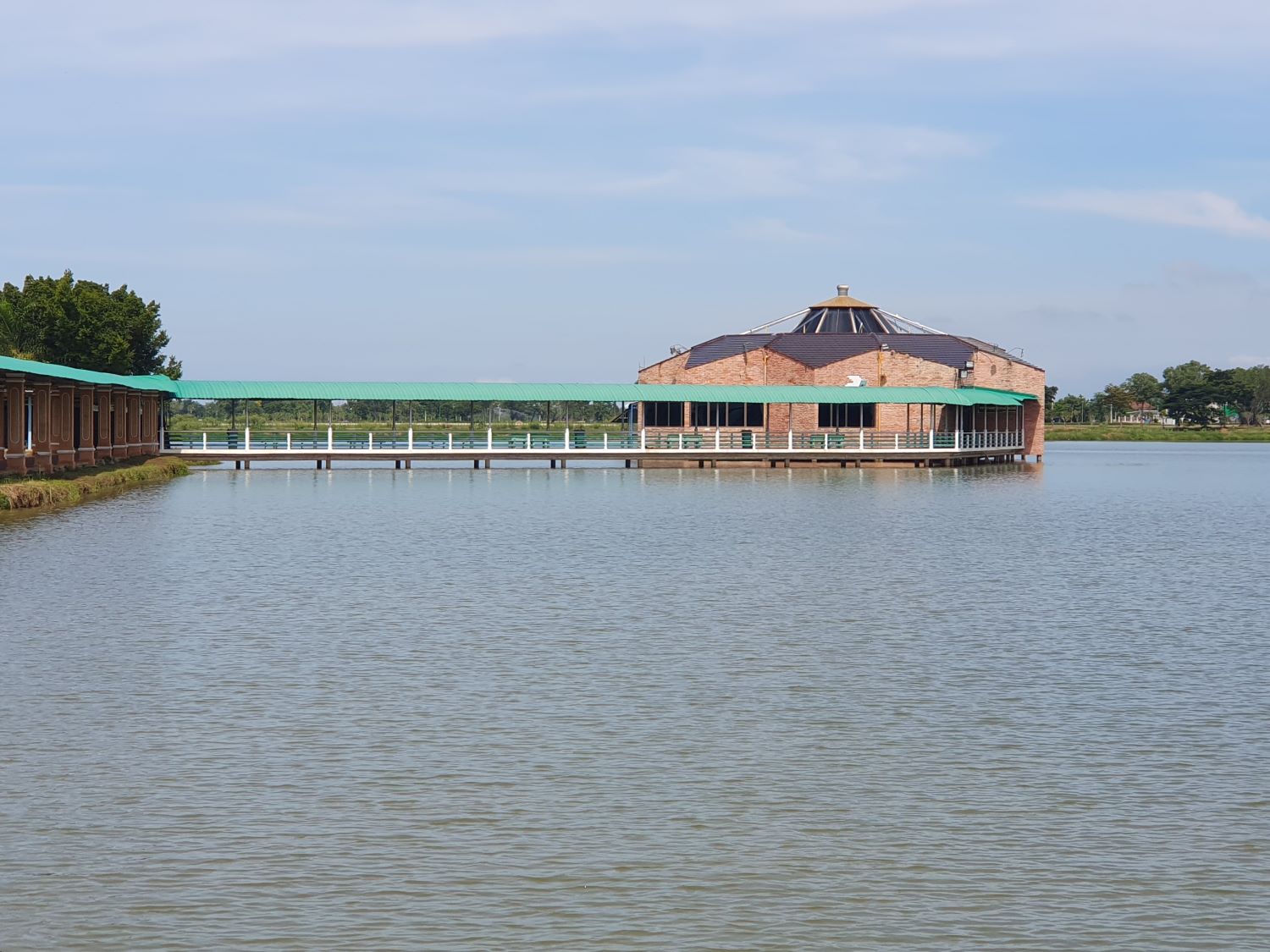
Chaloem Phra Kiat Aquarium, Nai Mueang
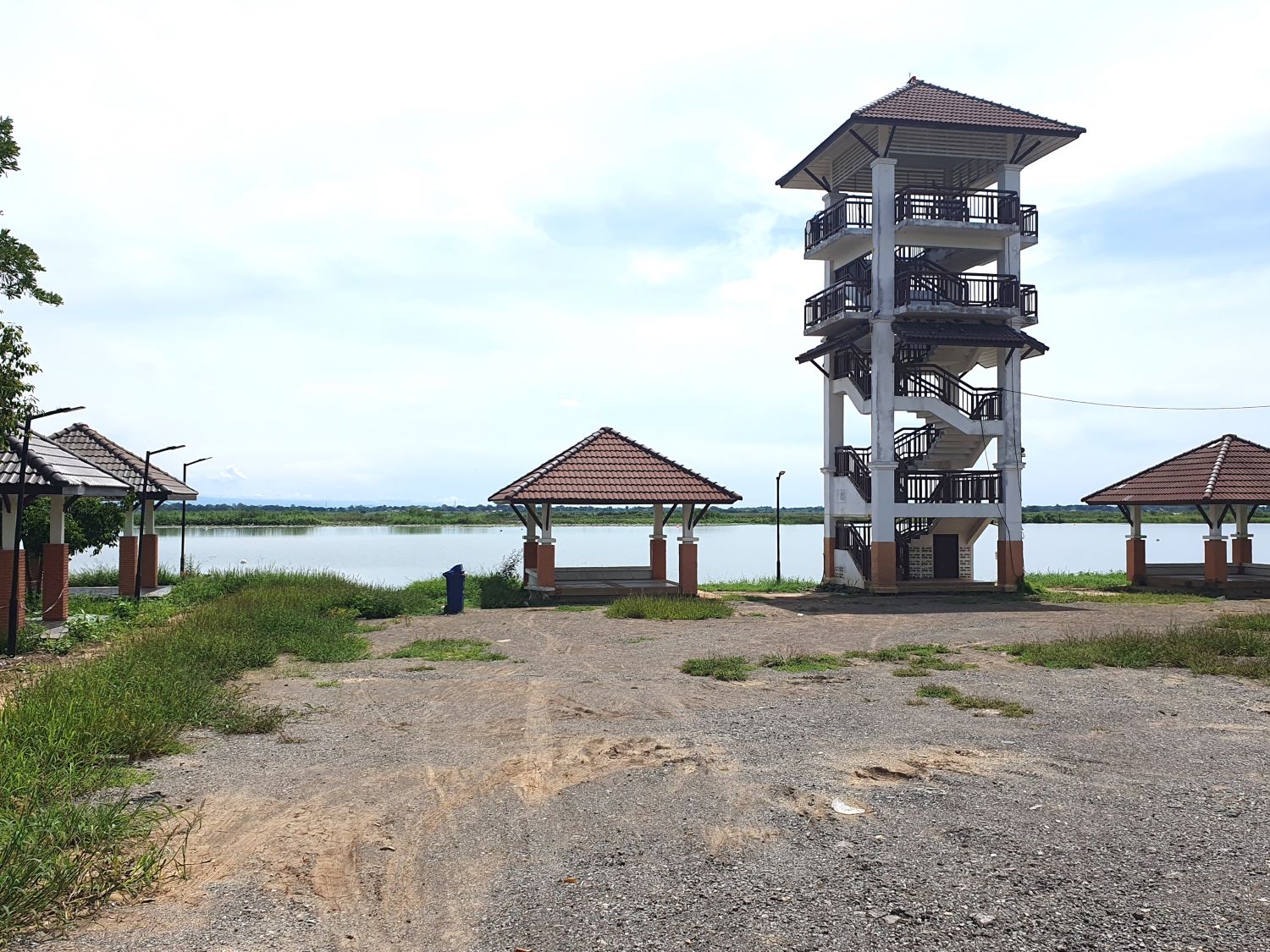
Bird Watching Tower, Bueng Si Fai,
Mueang Phichit District
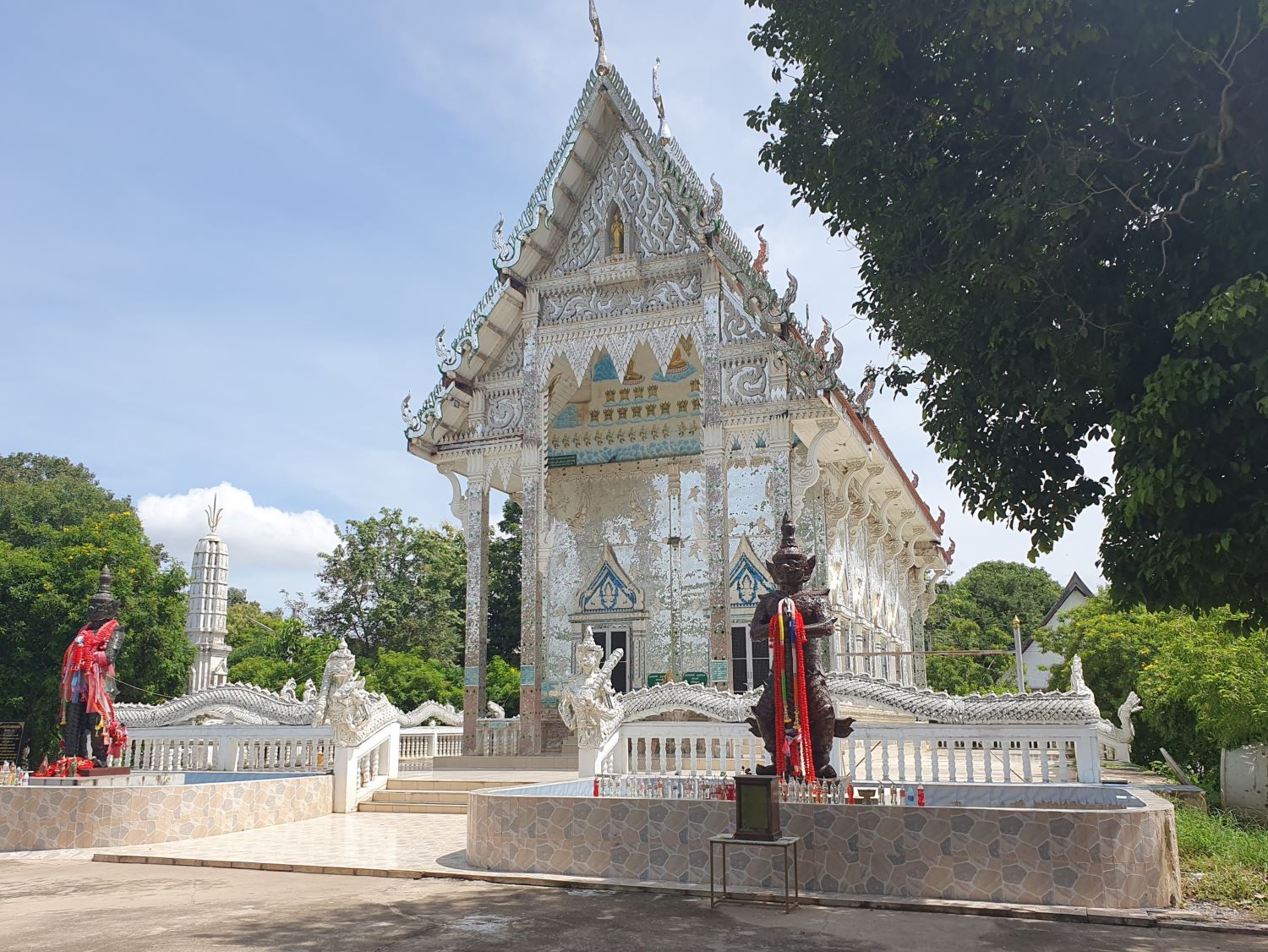
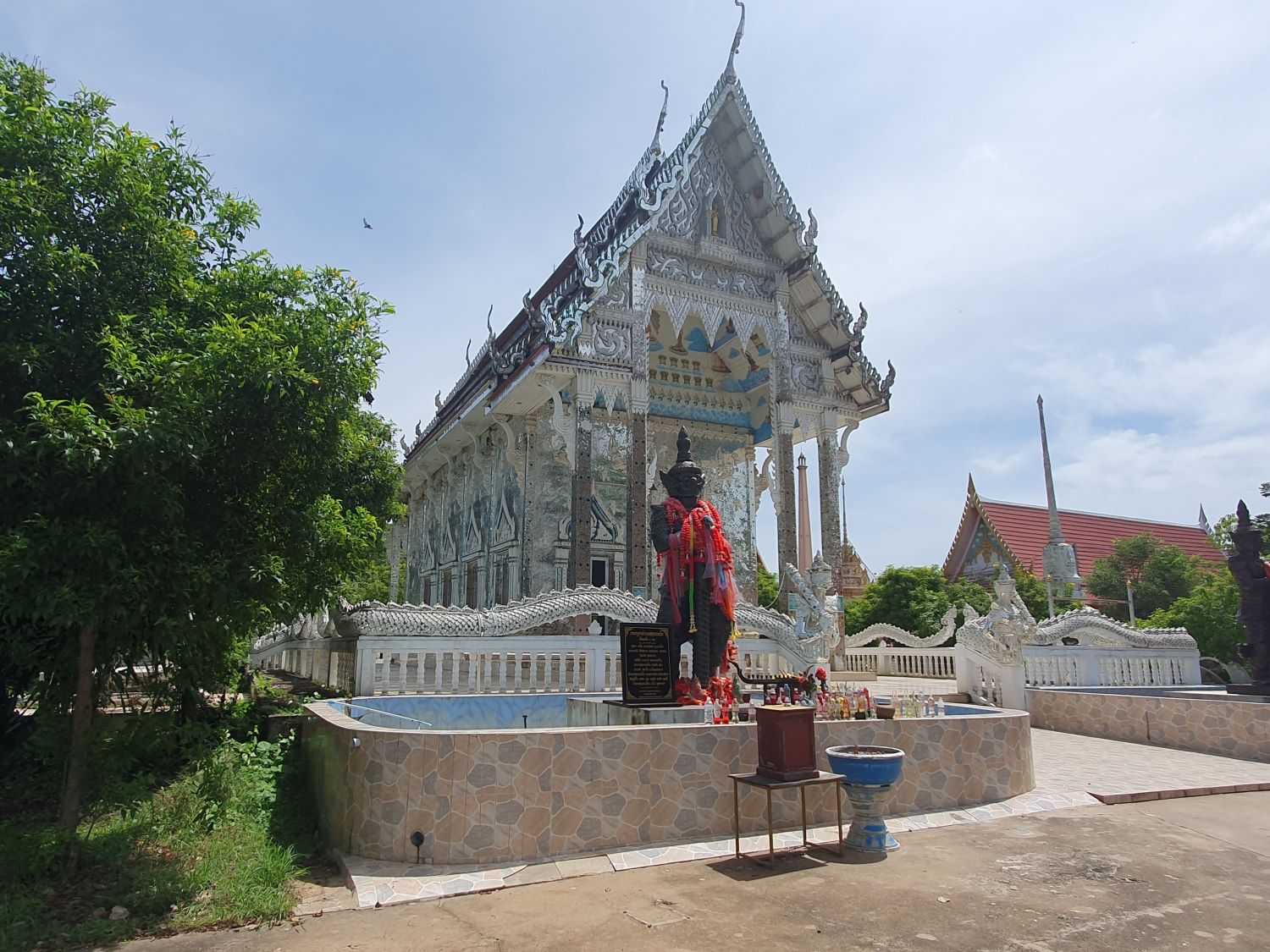

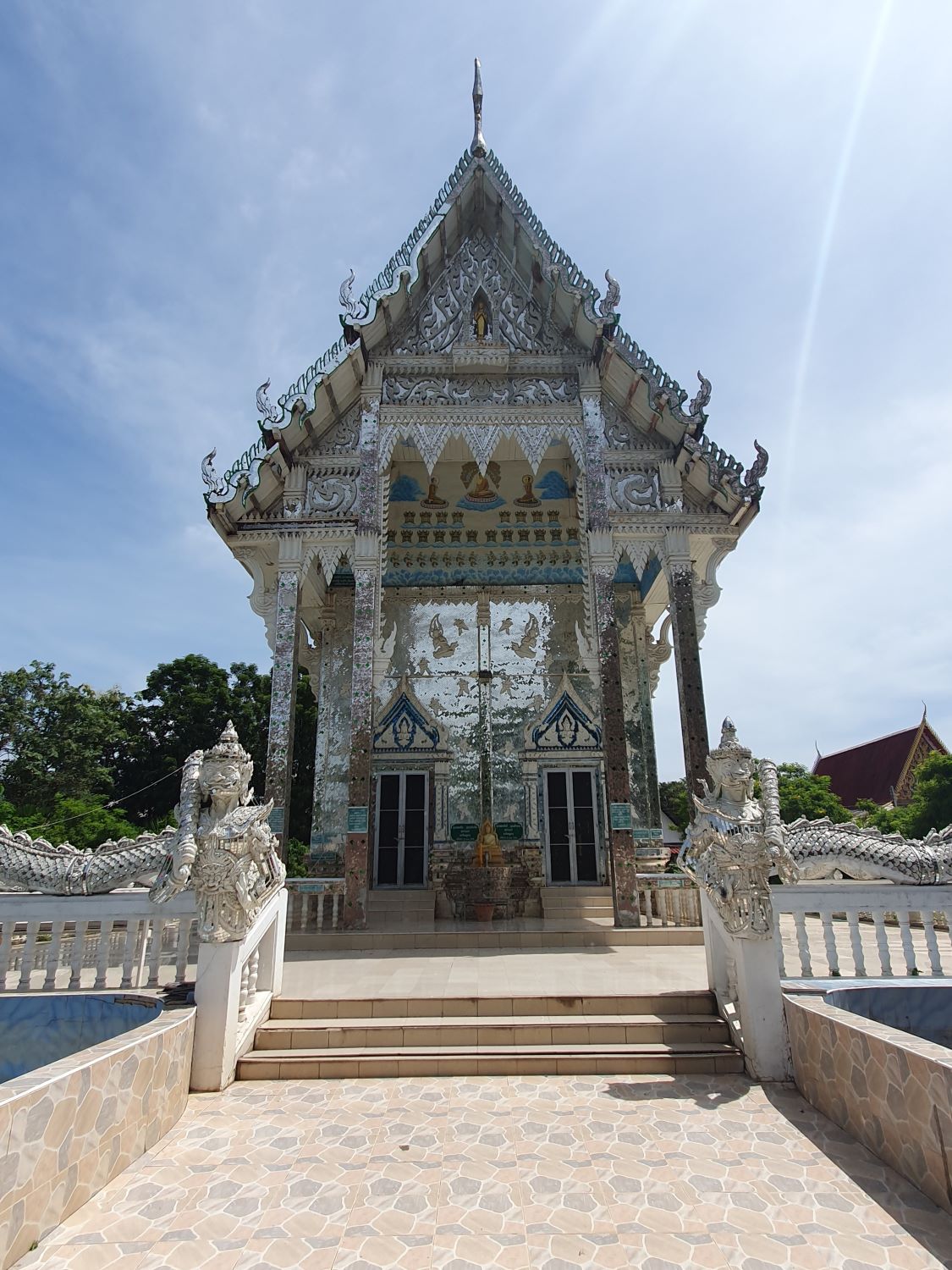
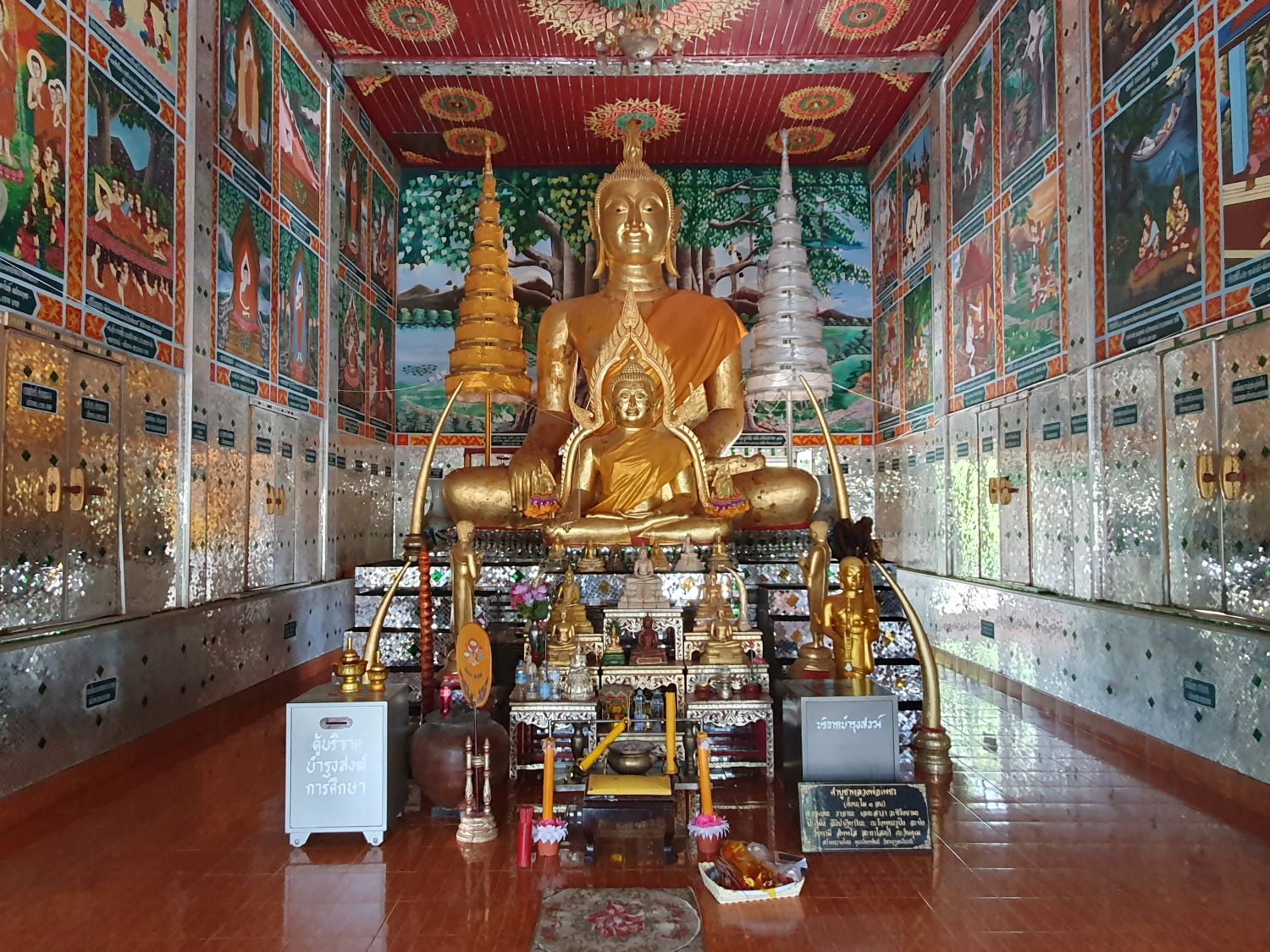
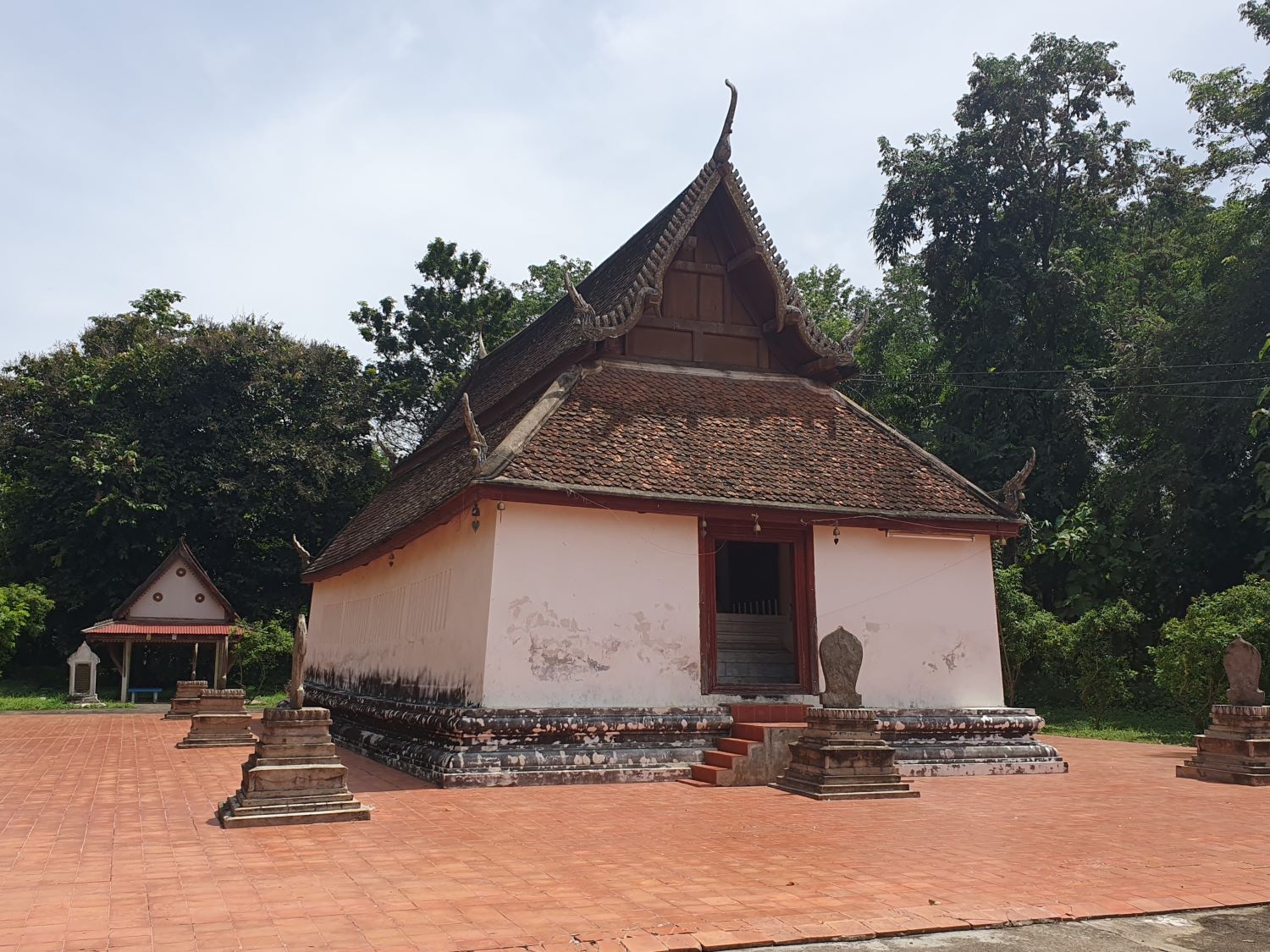
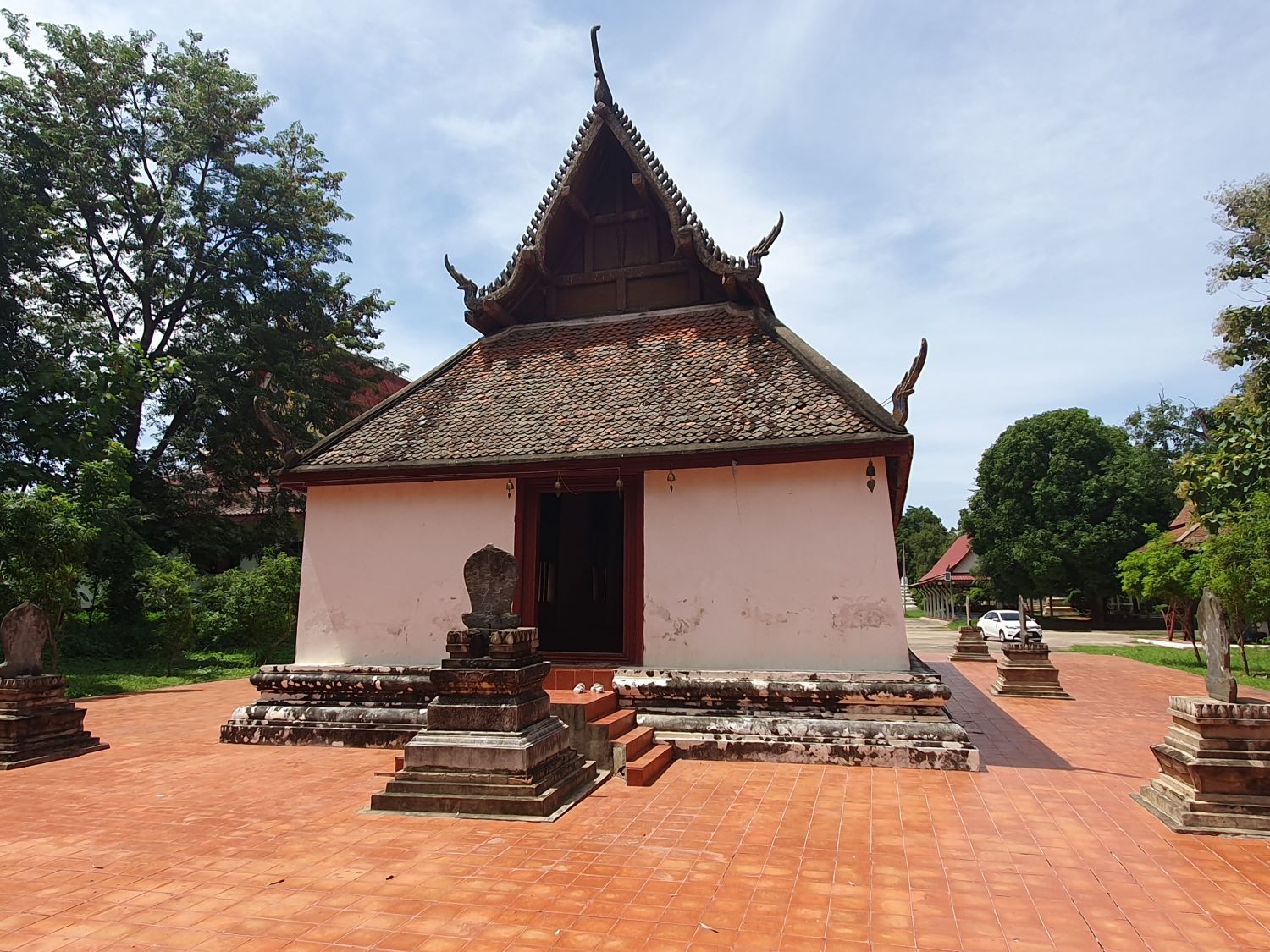
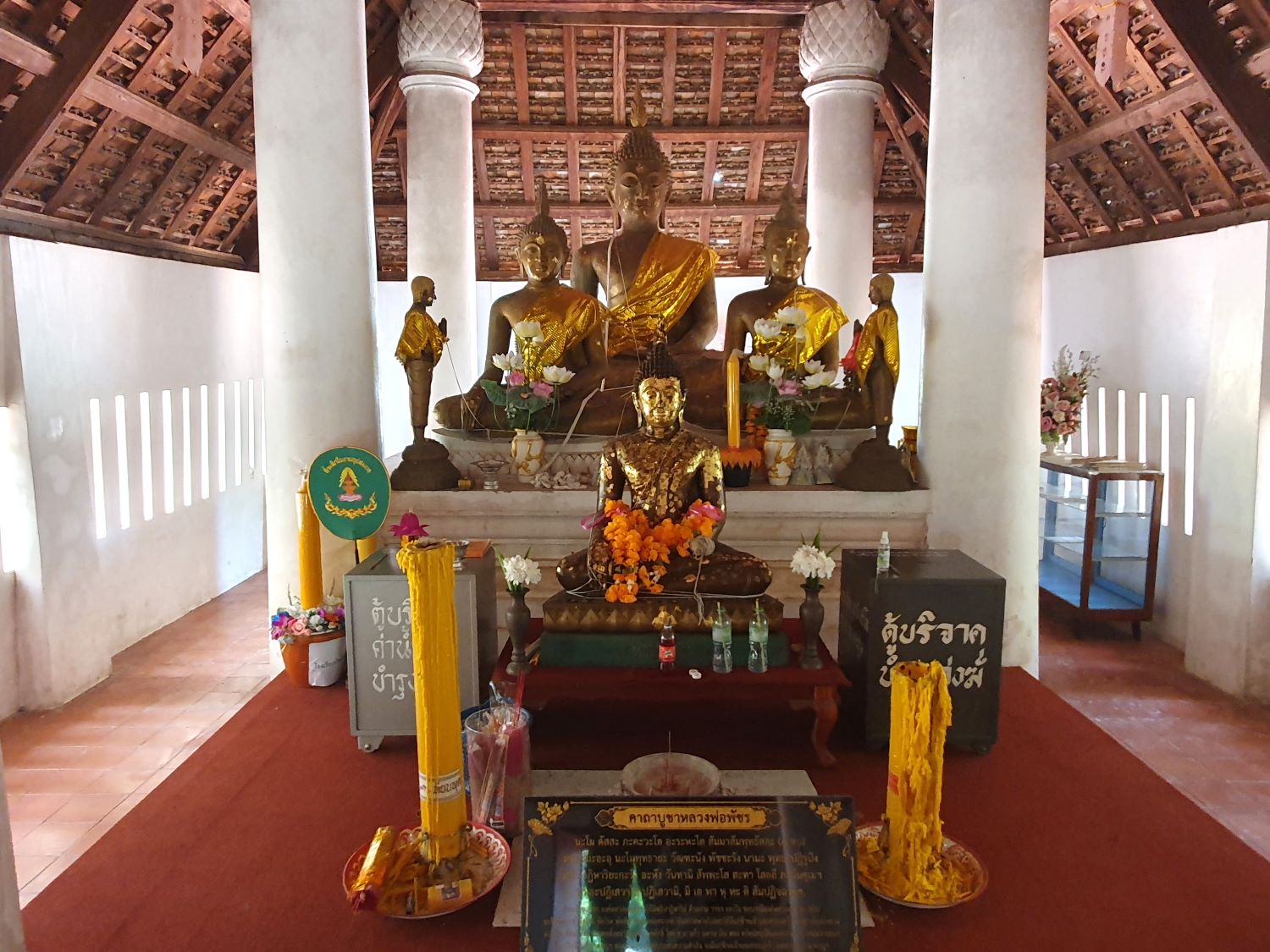
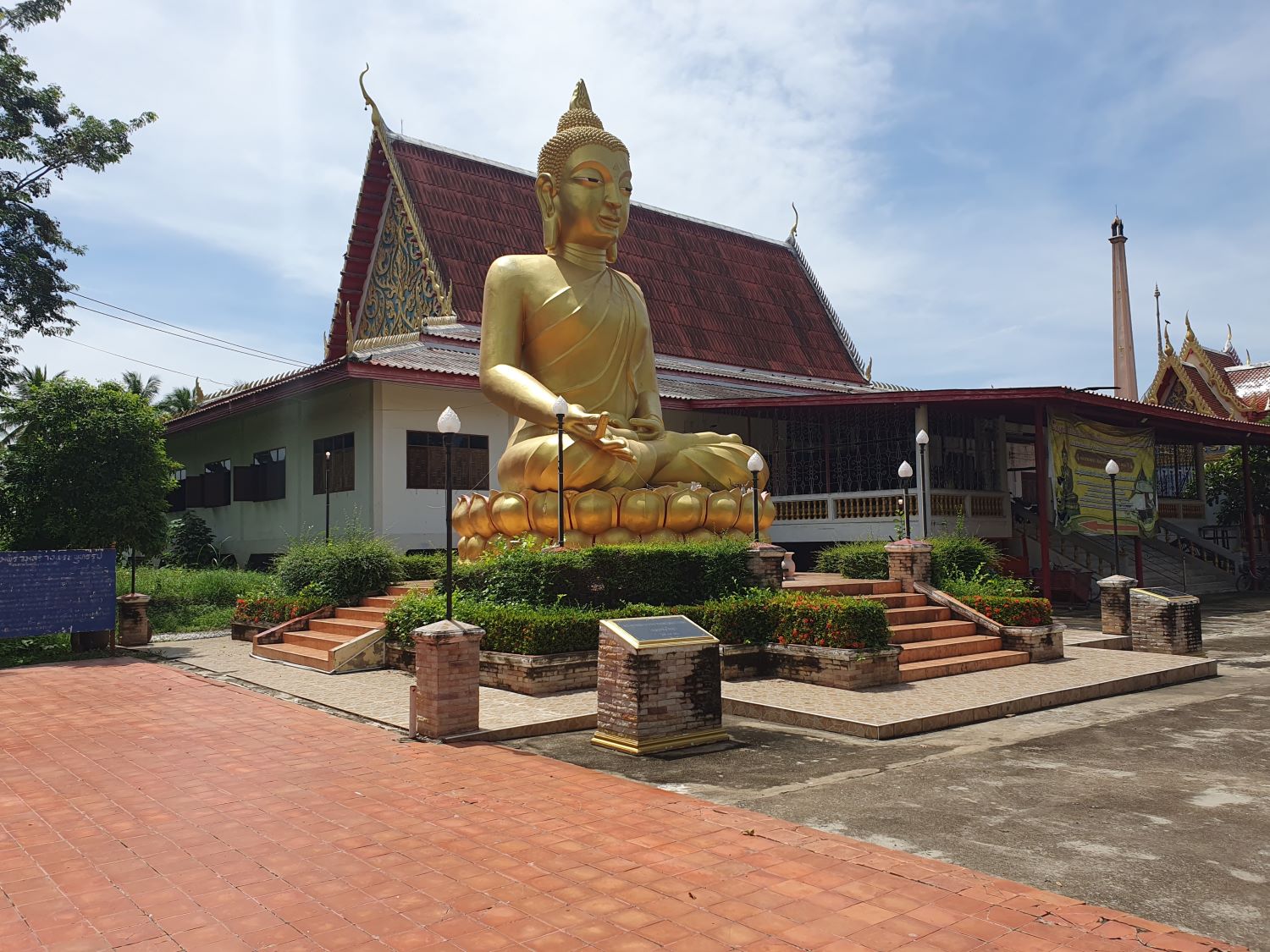
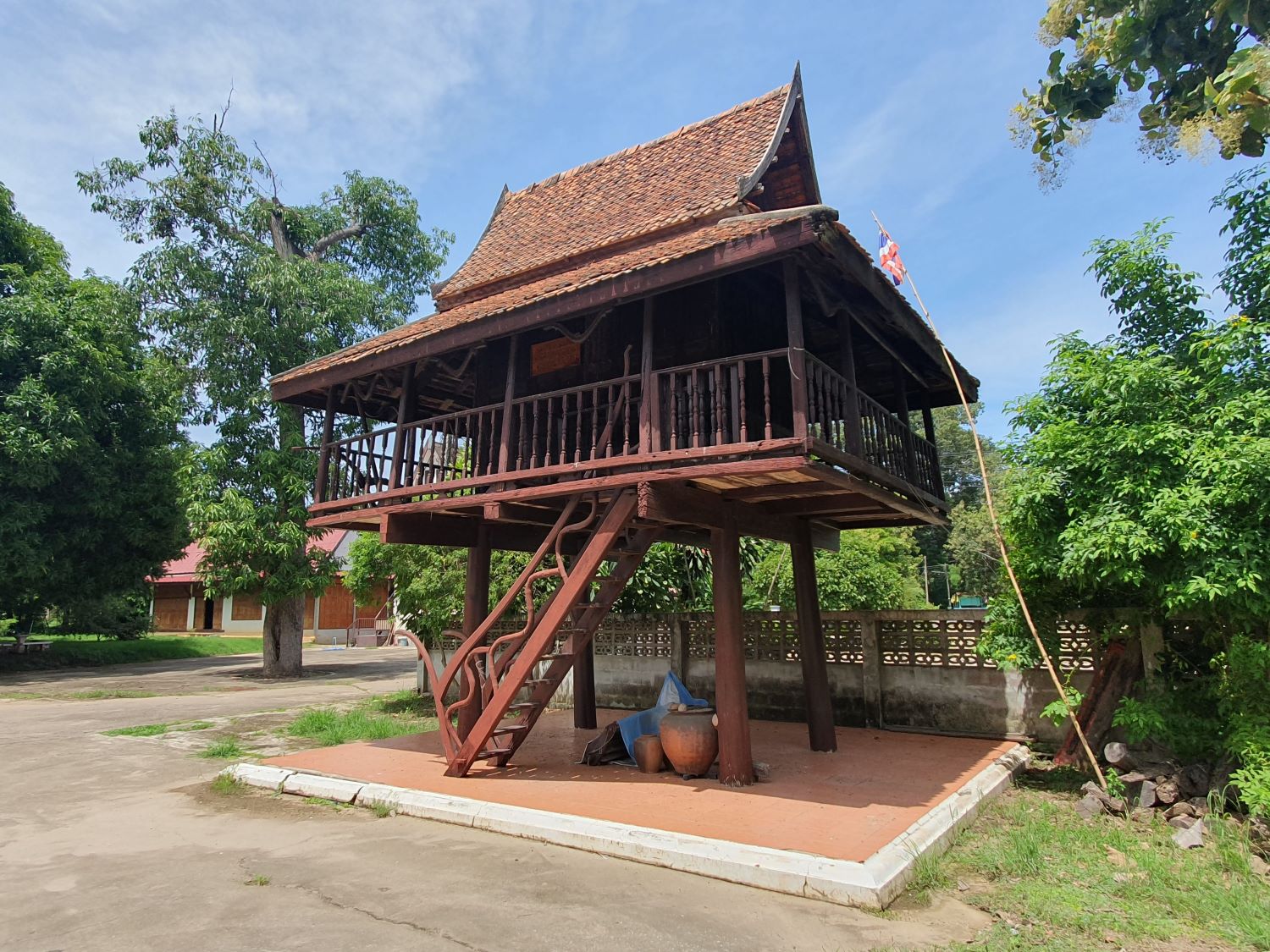
Wat Nakorn Chum, Mueang Kao,
Mueang Phichit District
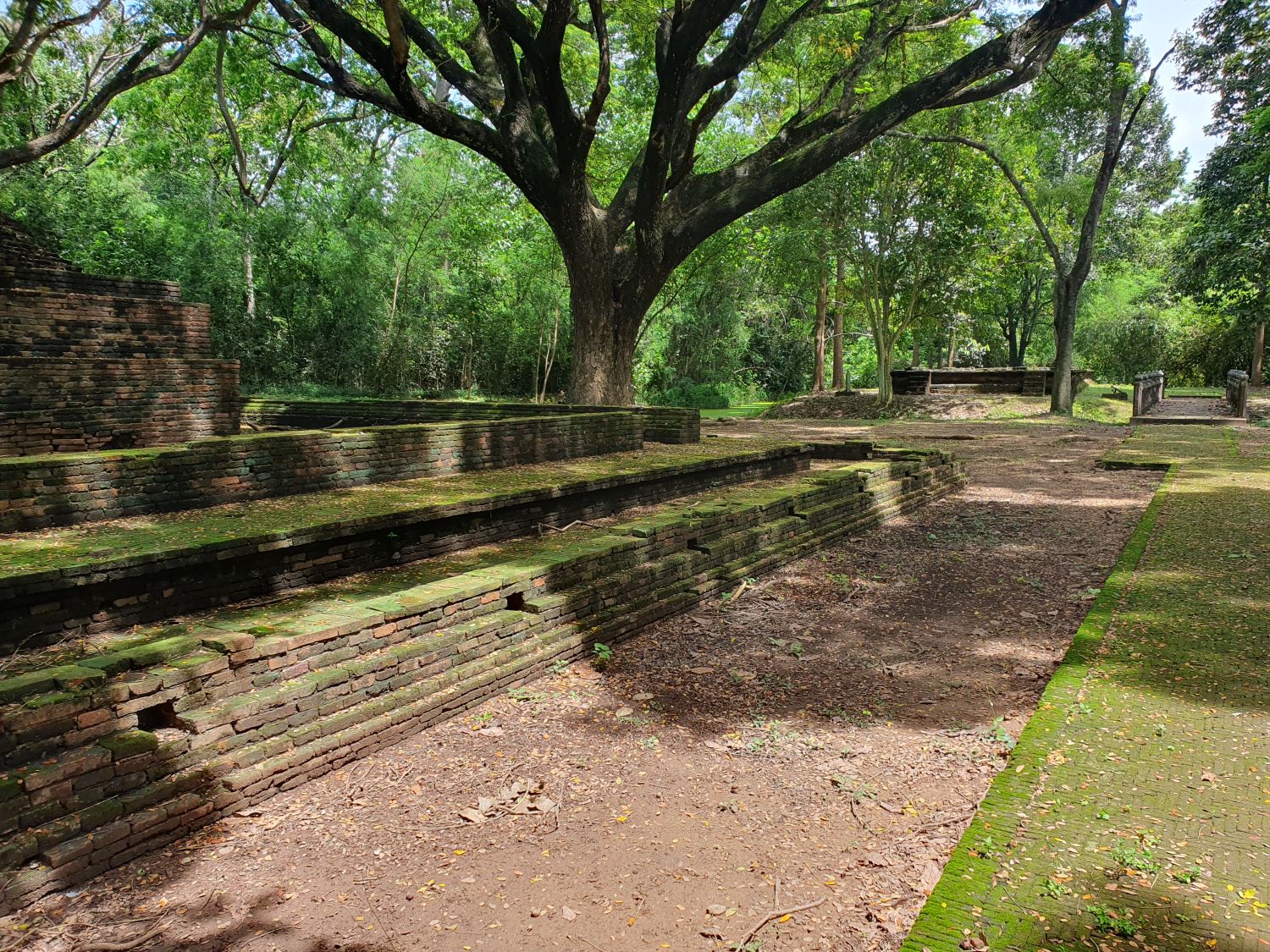
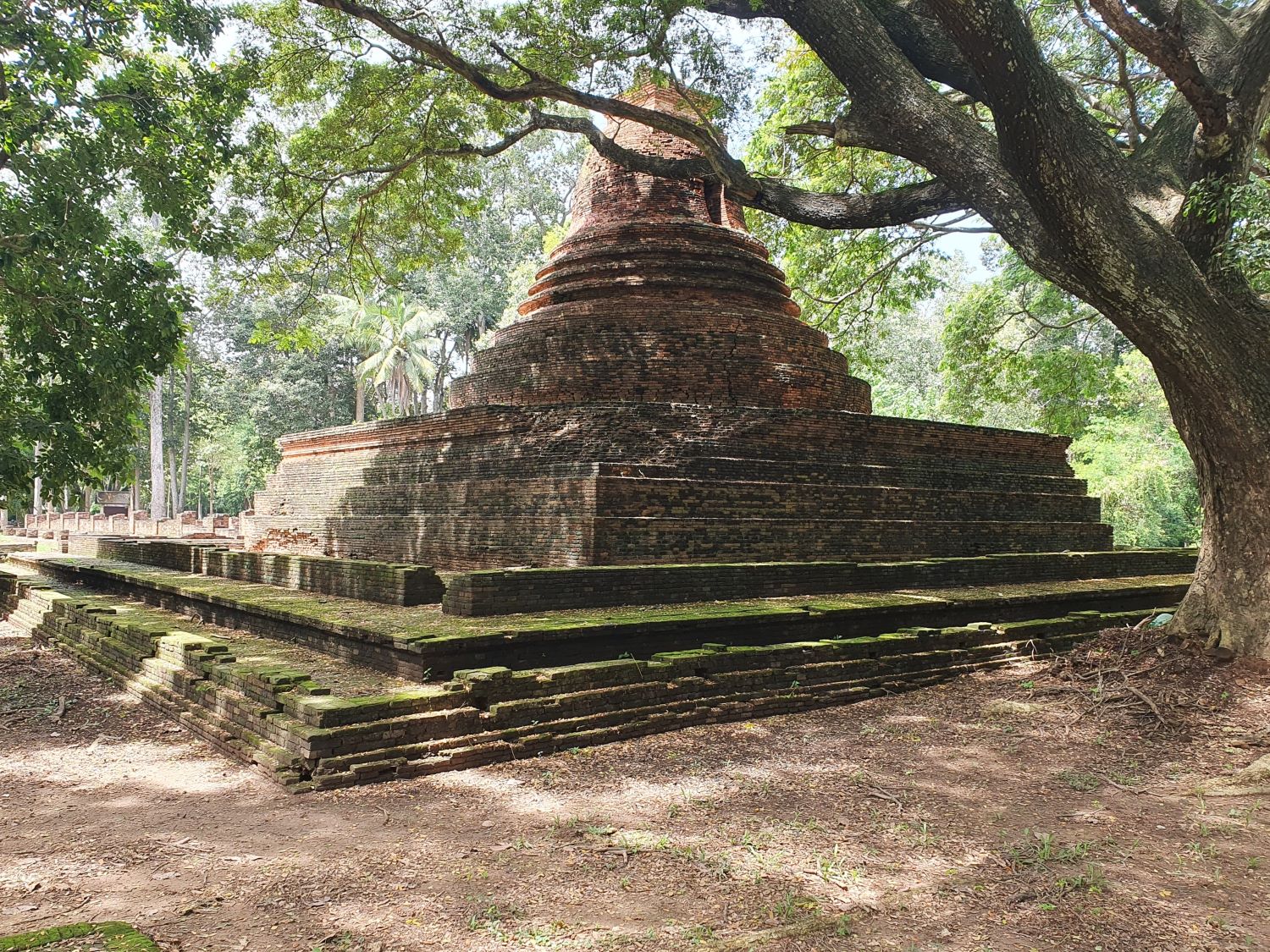
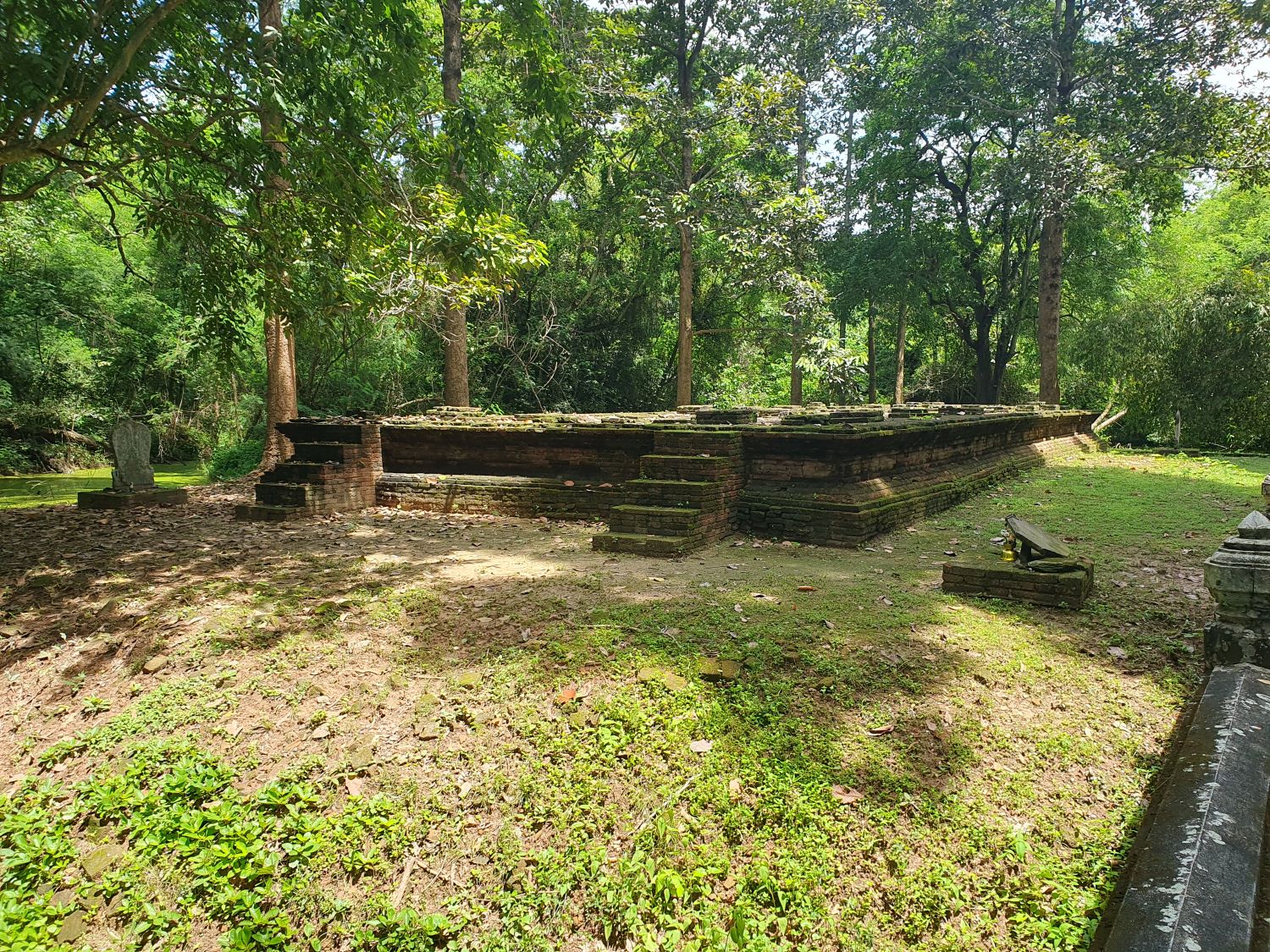
Phichit Historical Park, Mueang Kao,
Mueang Phichit District
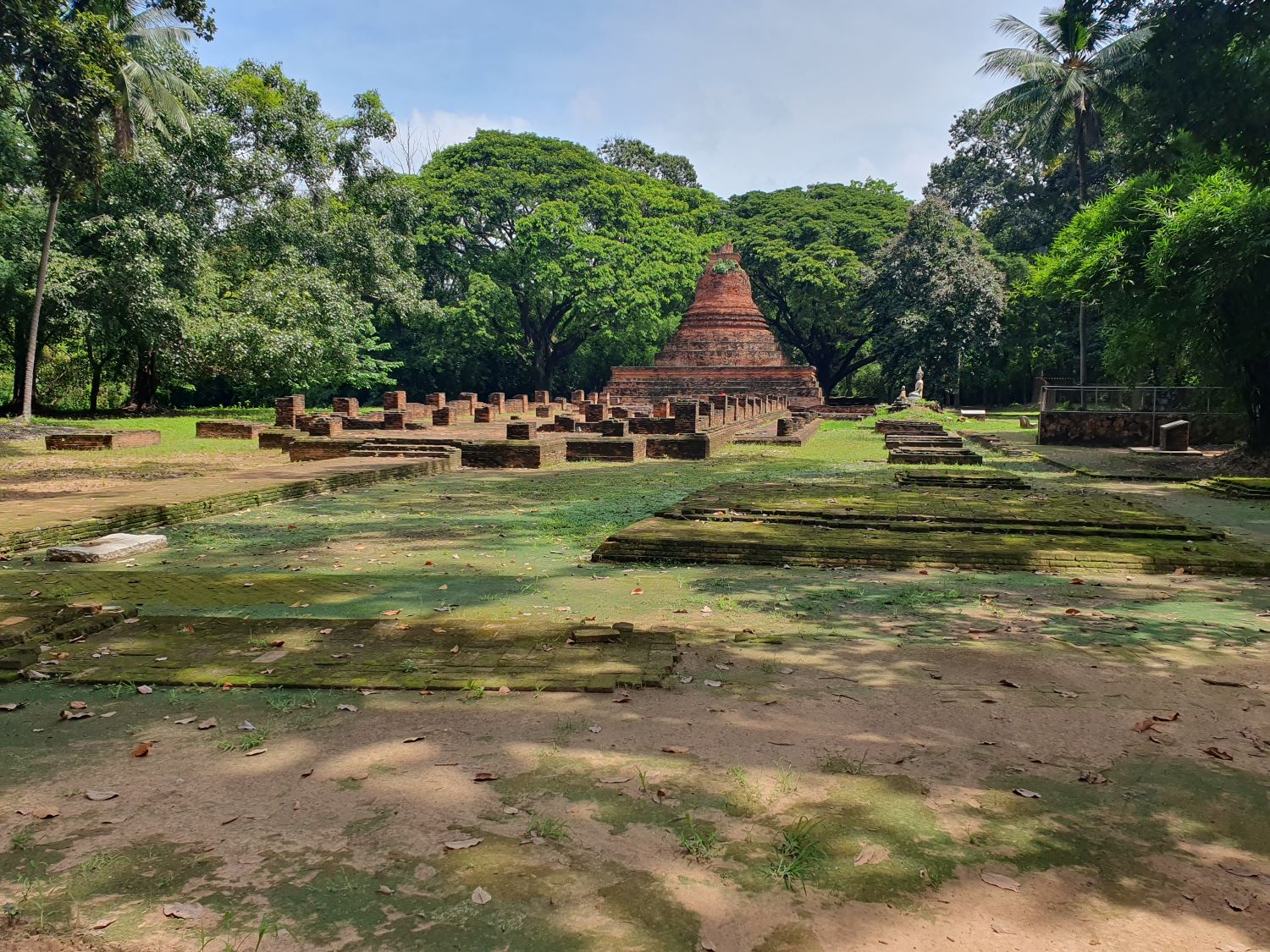
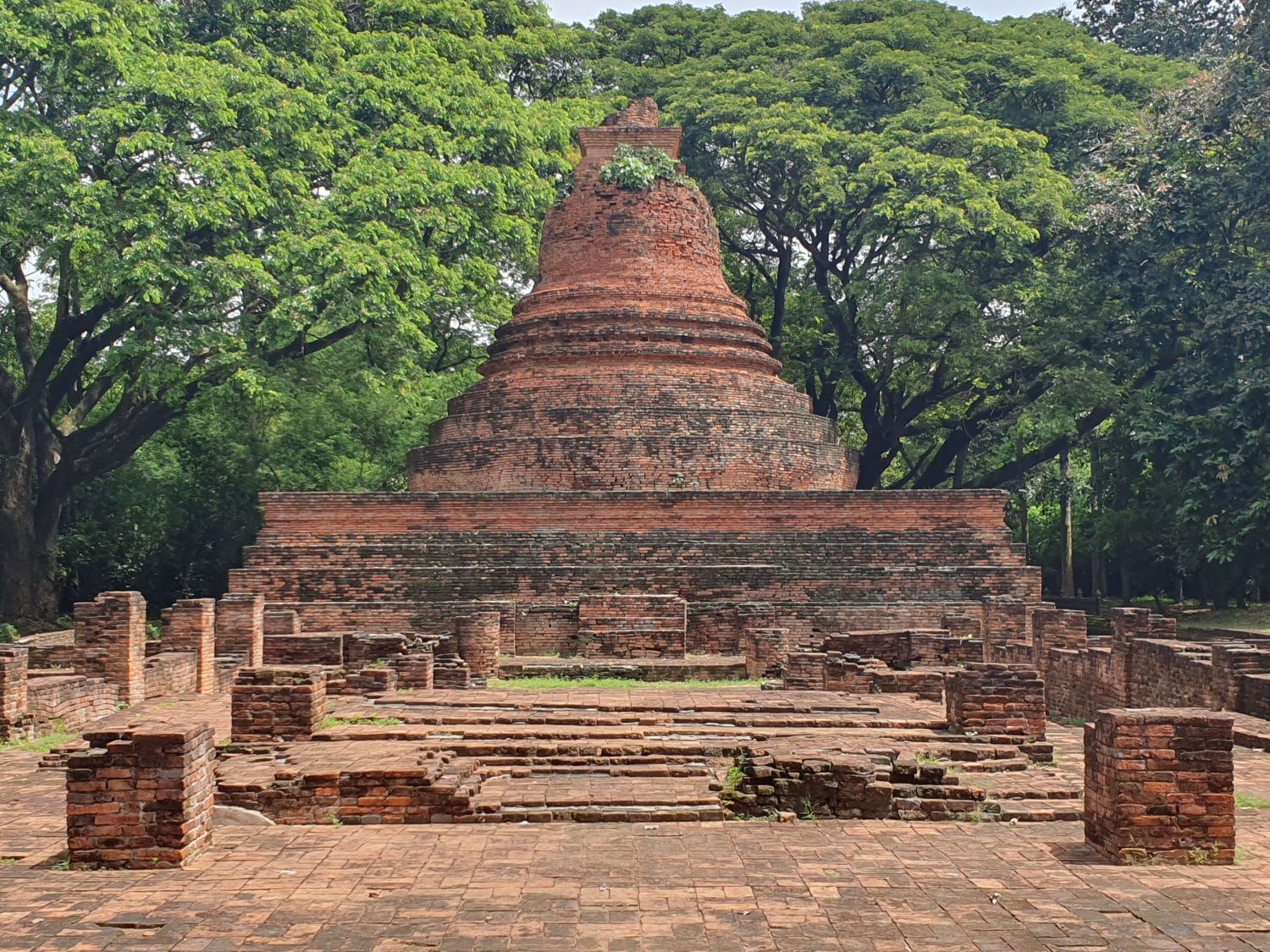
Wat Mahathat, Phichit Historical Park,
Mueang Kao, Mueang Phichit District
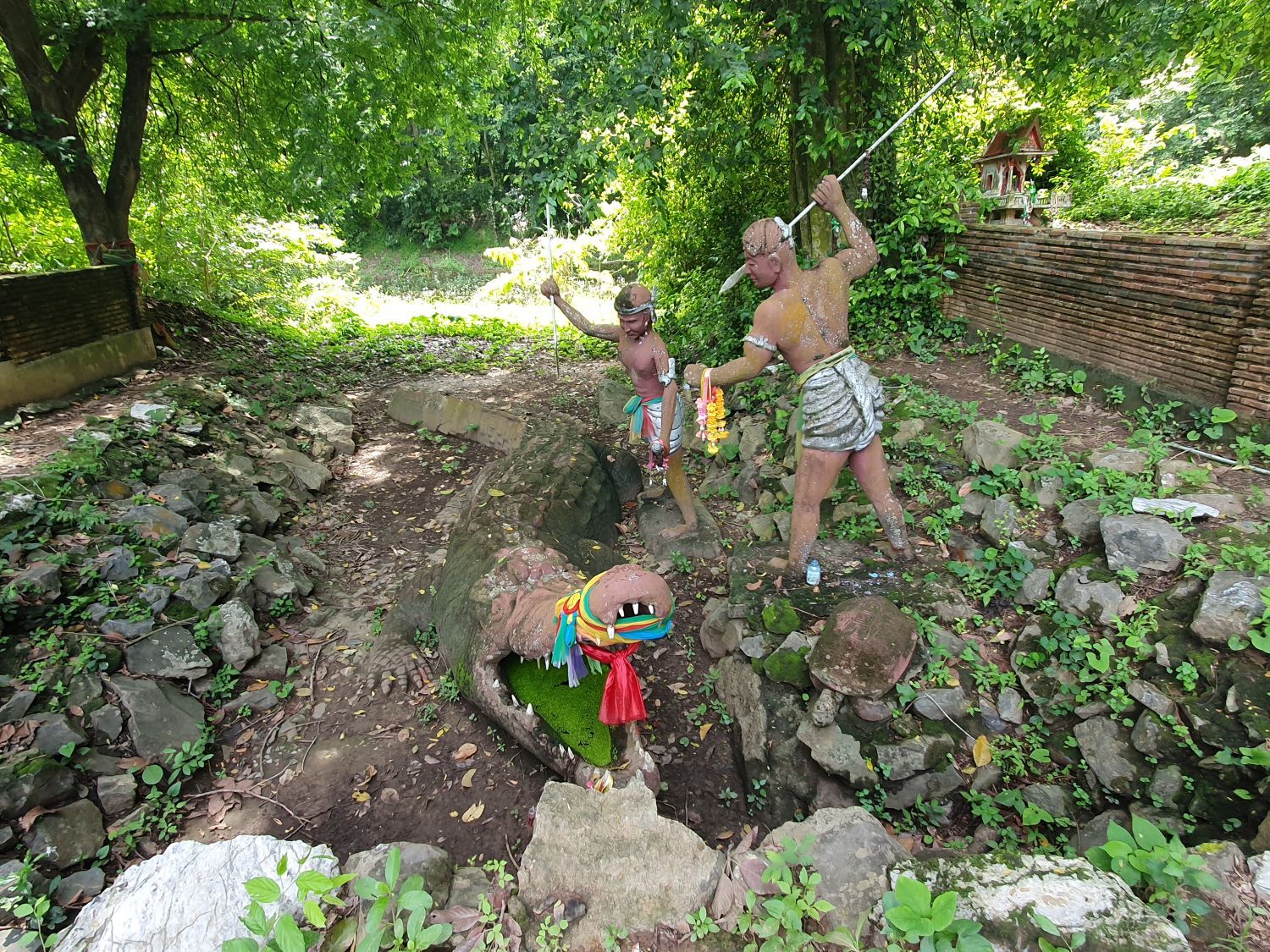
Chalawan Cave, Phichit Historical Park,
Mueang Kao, Mueang Phichit District
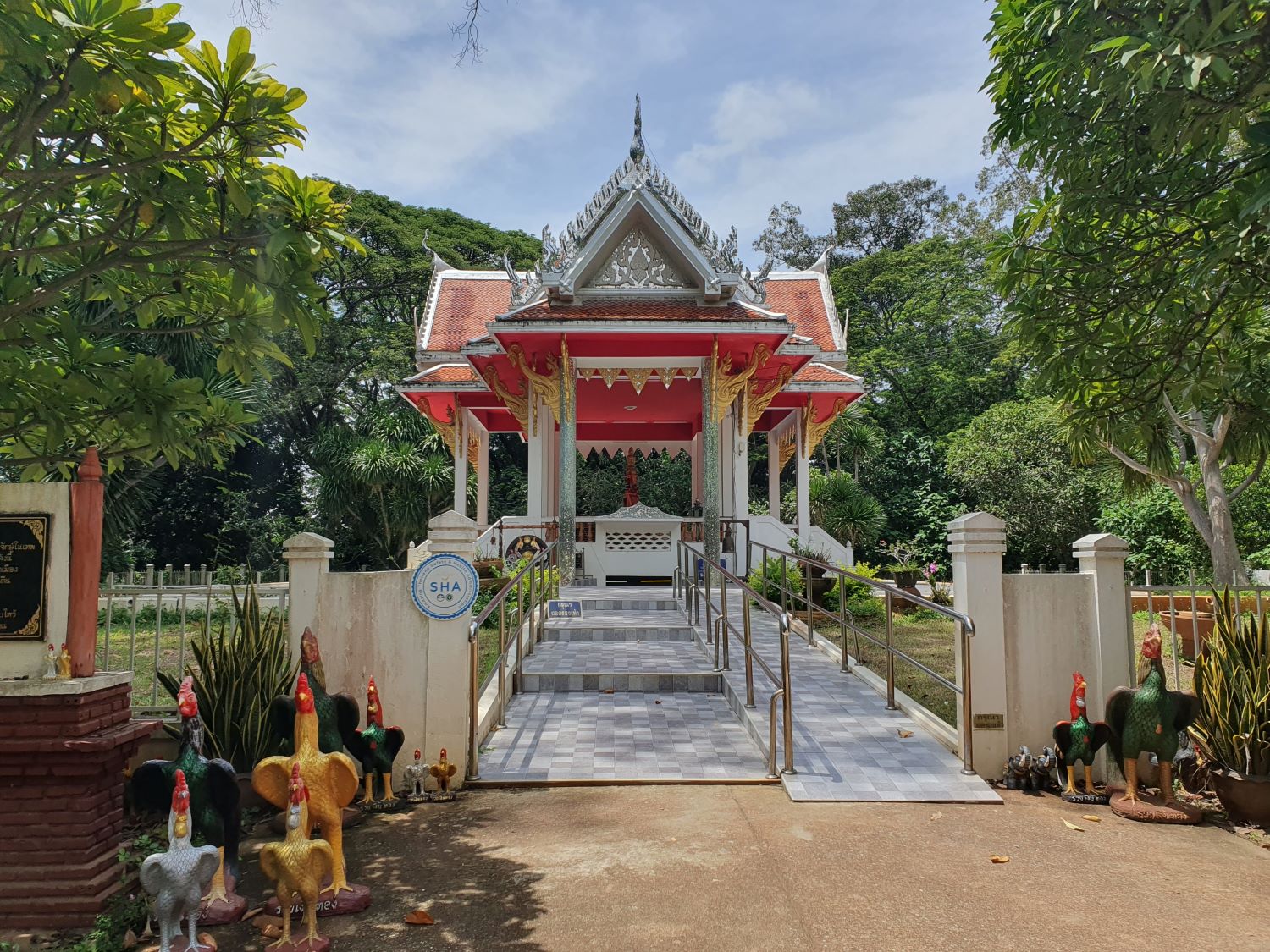
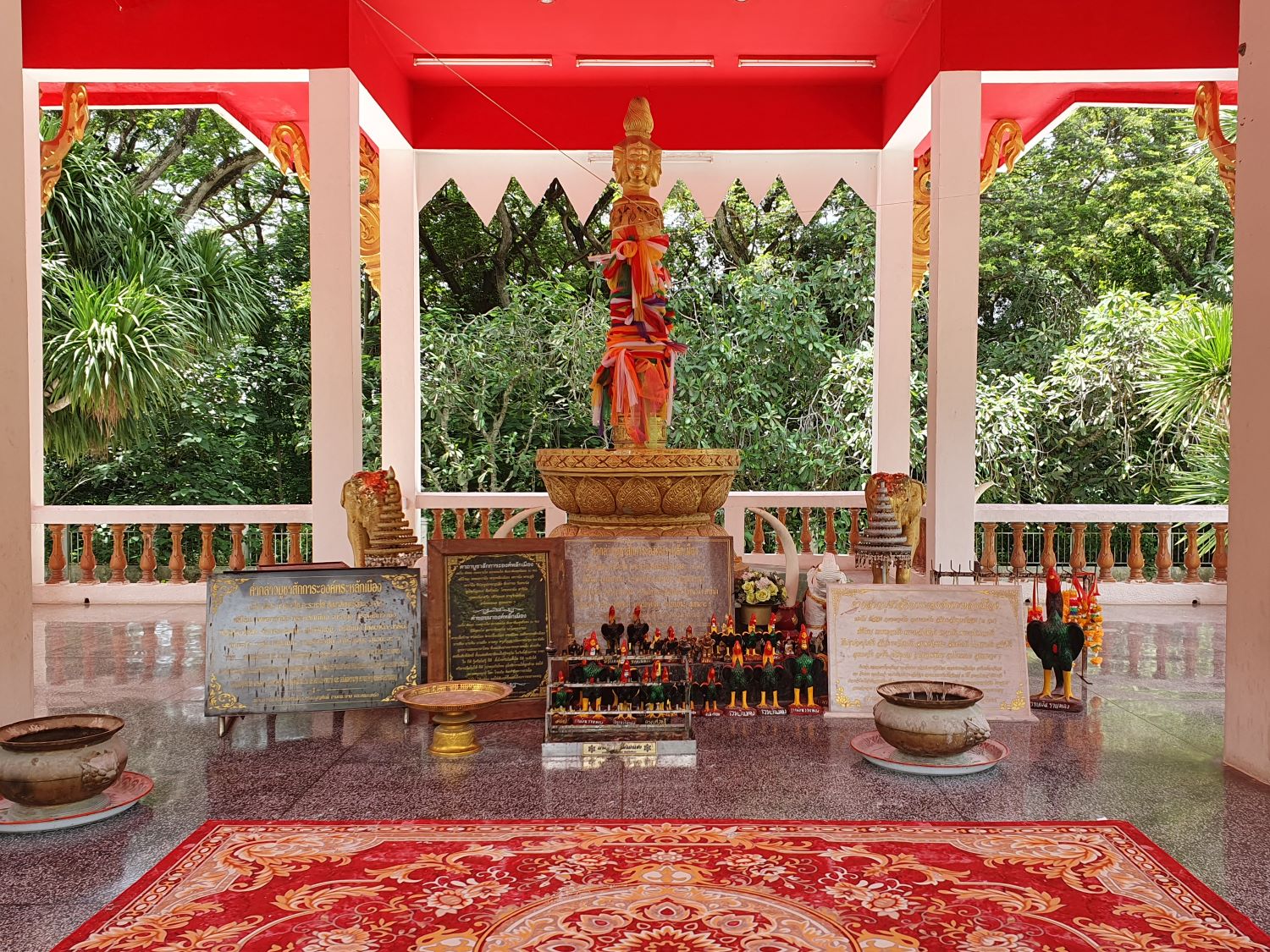
City Pillar Shrine, Phichit Historical Park,
Mueang Kao, Mueang Phichit District
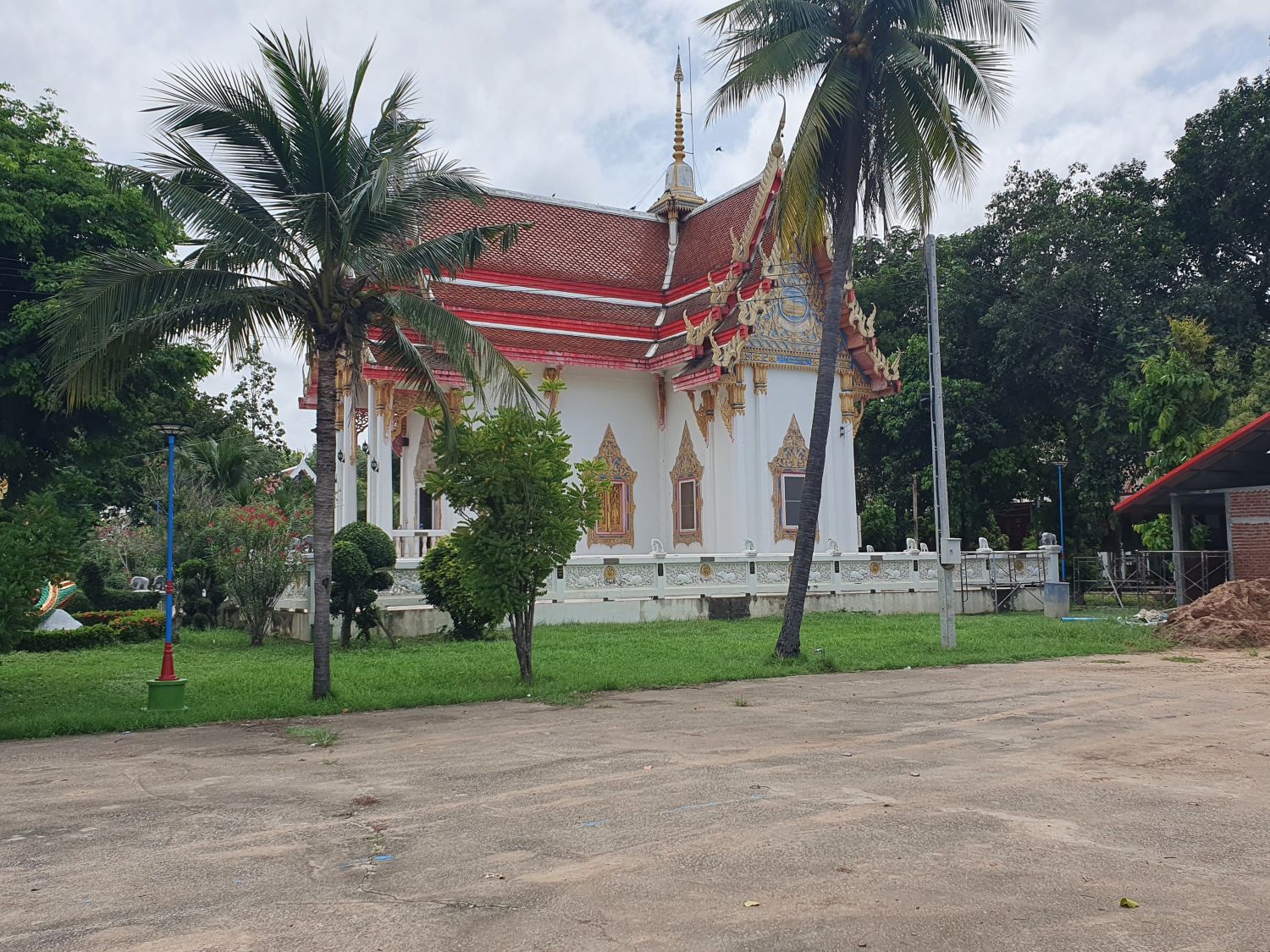
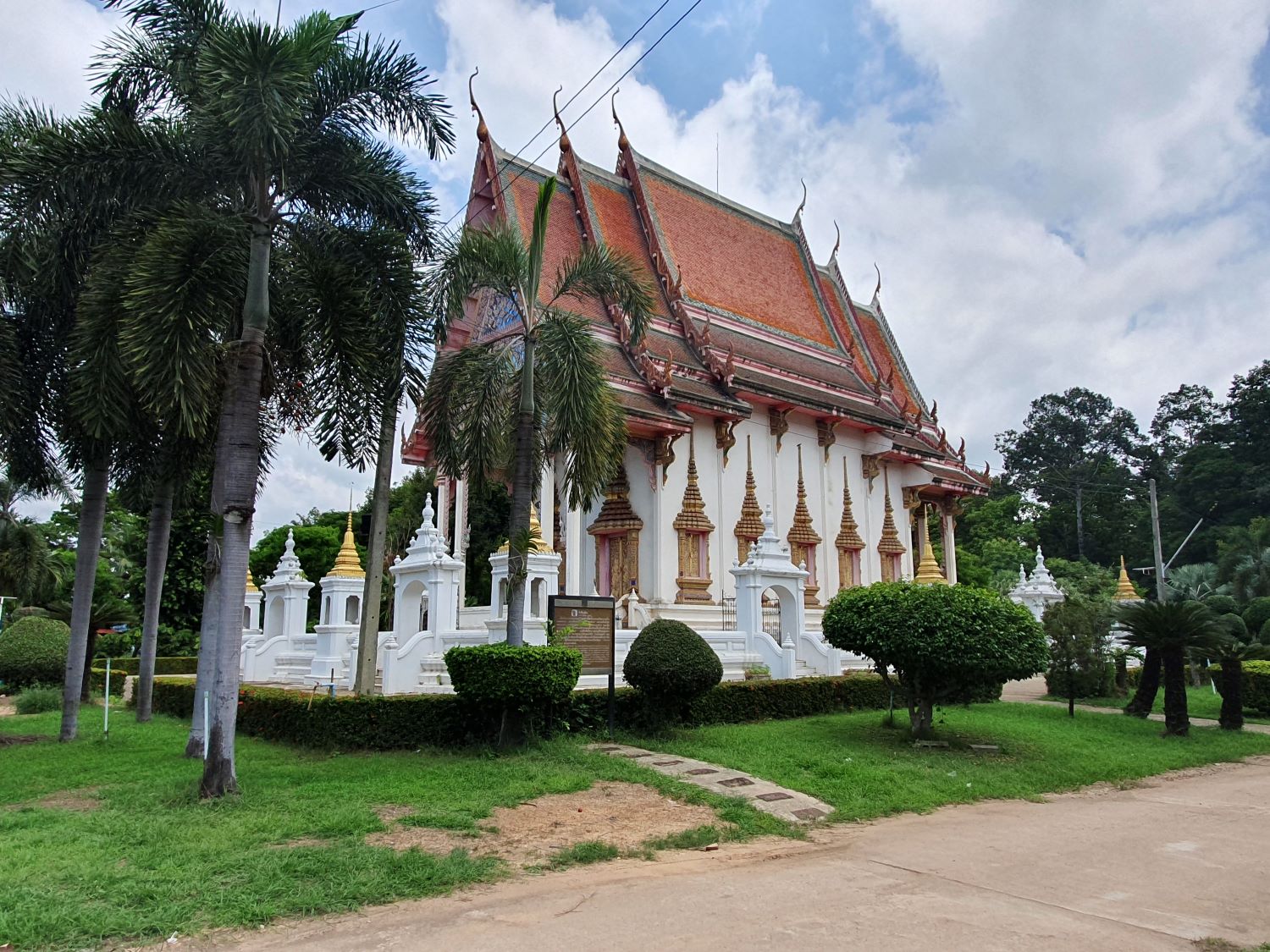
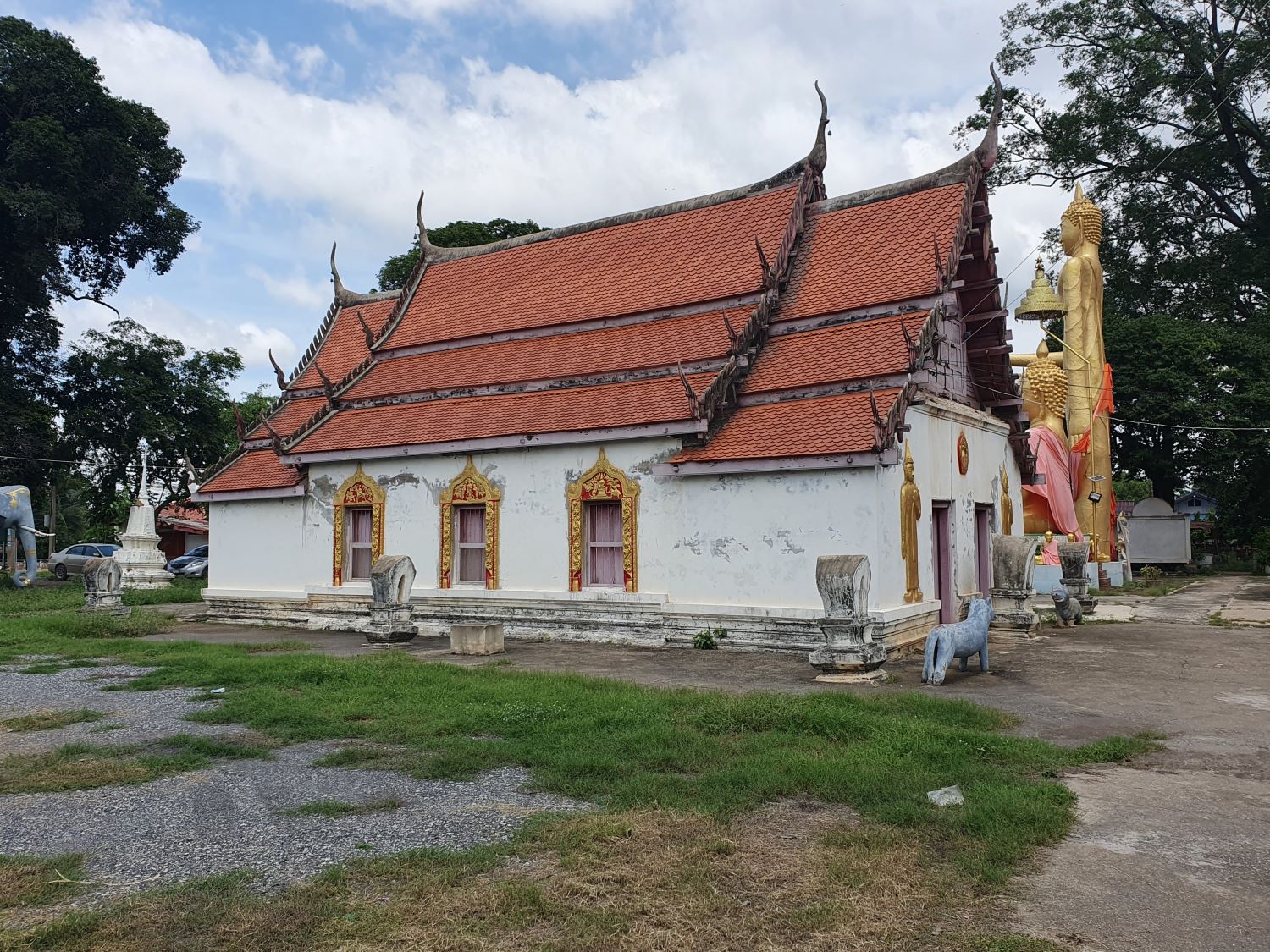
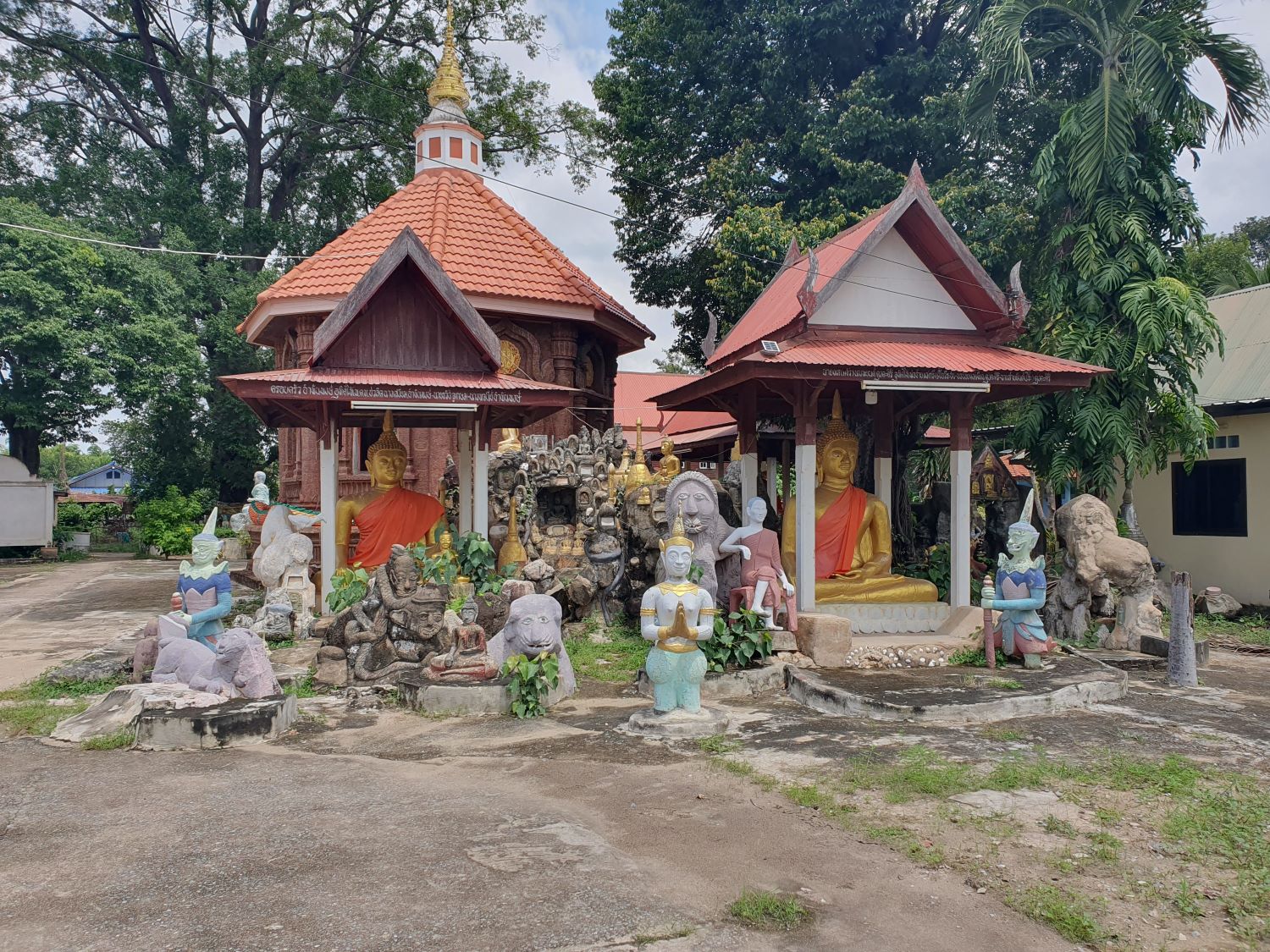
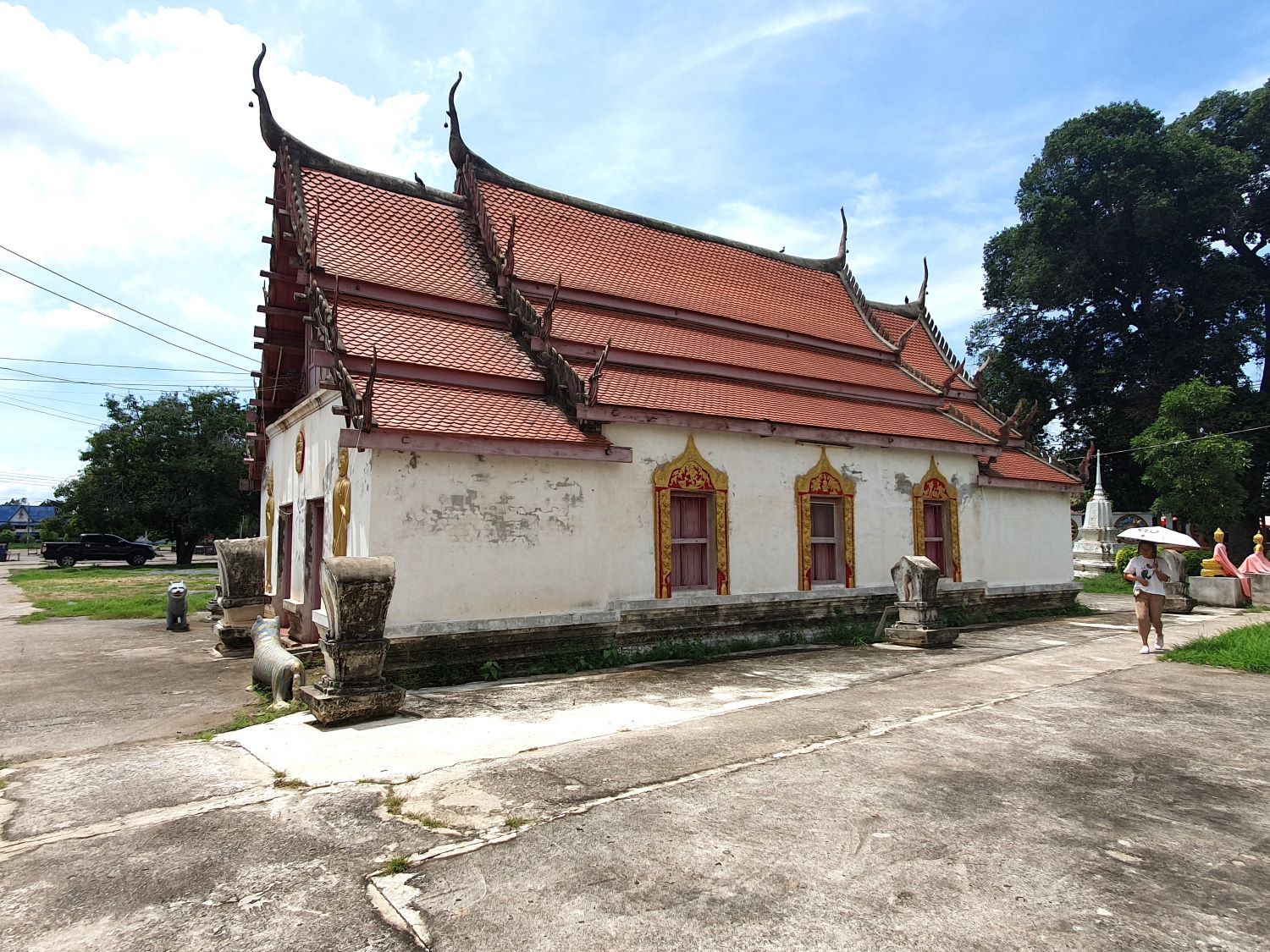
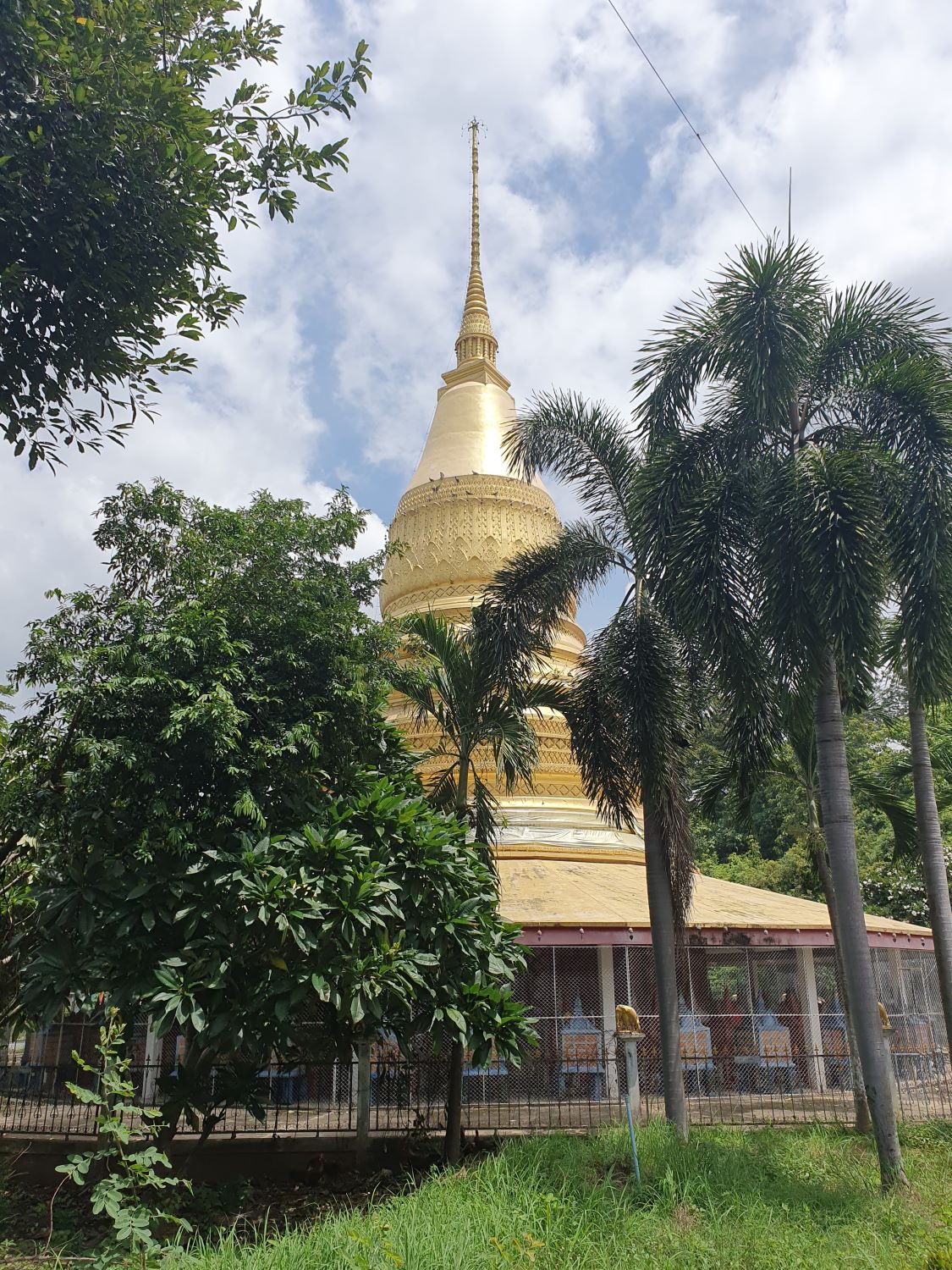
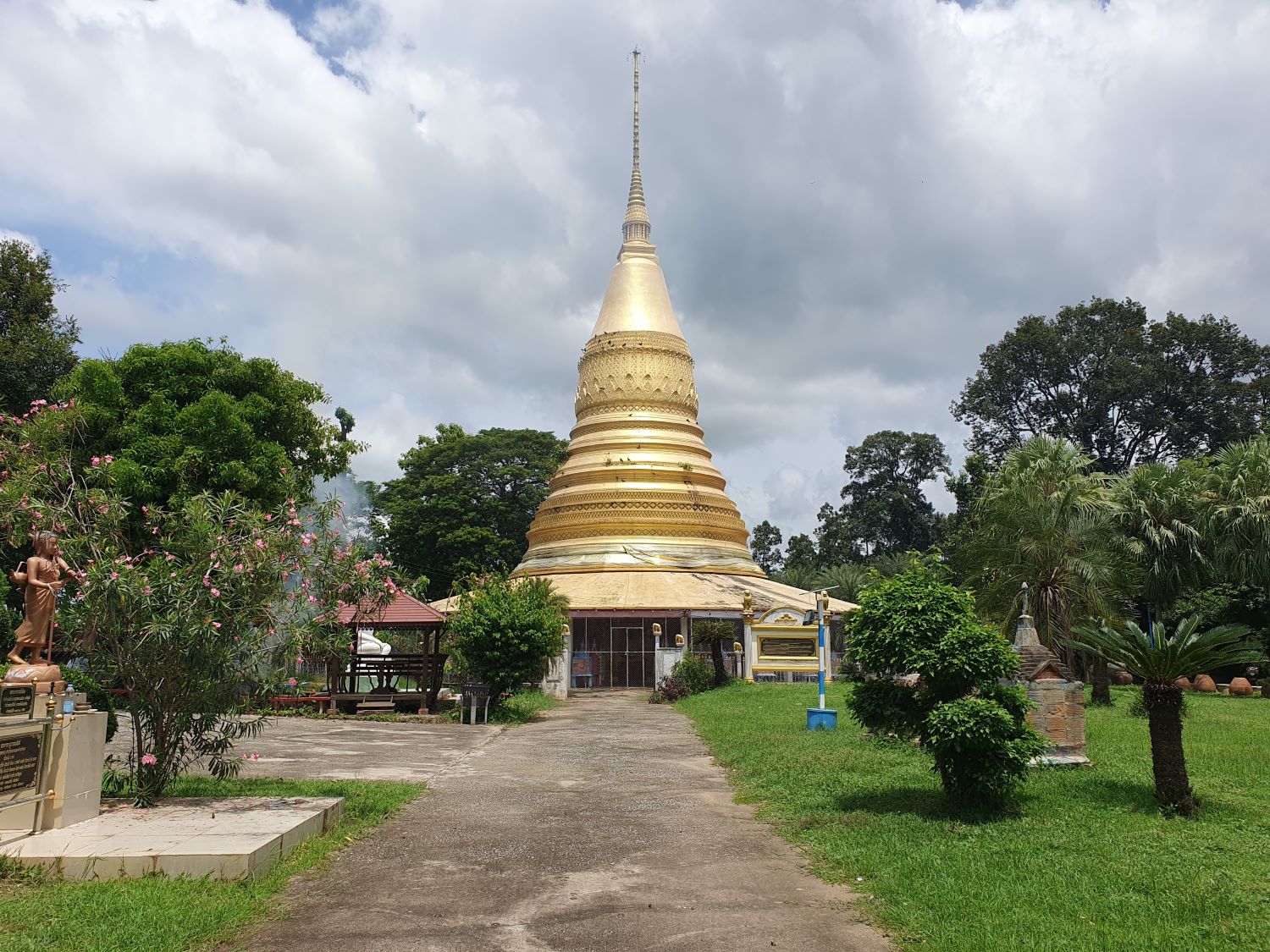
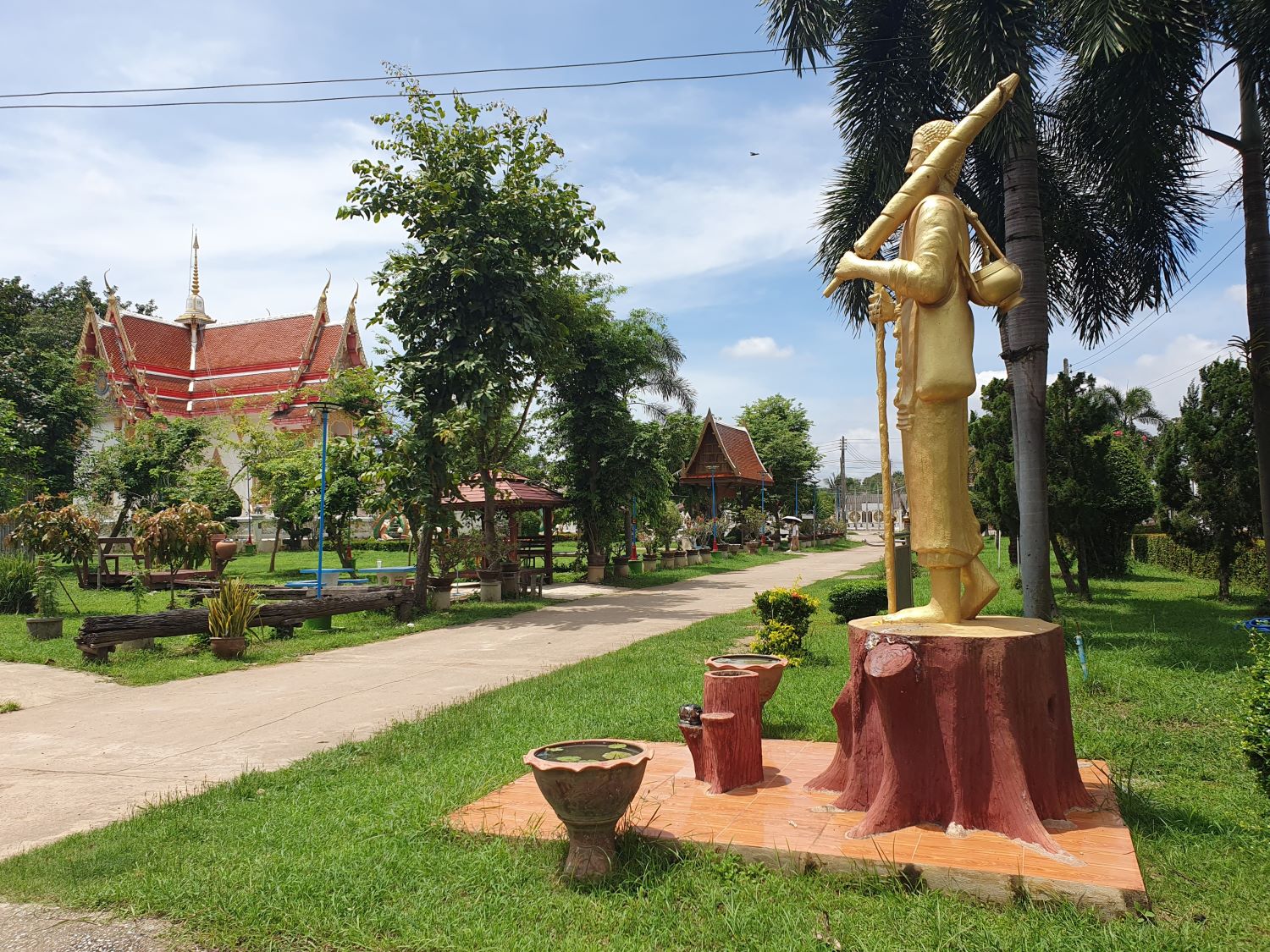
Wat Rong Chang, Rong Chang,
Mueang Phichit District
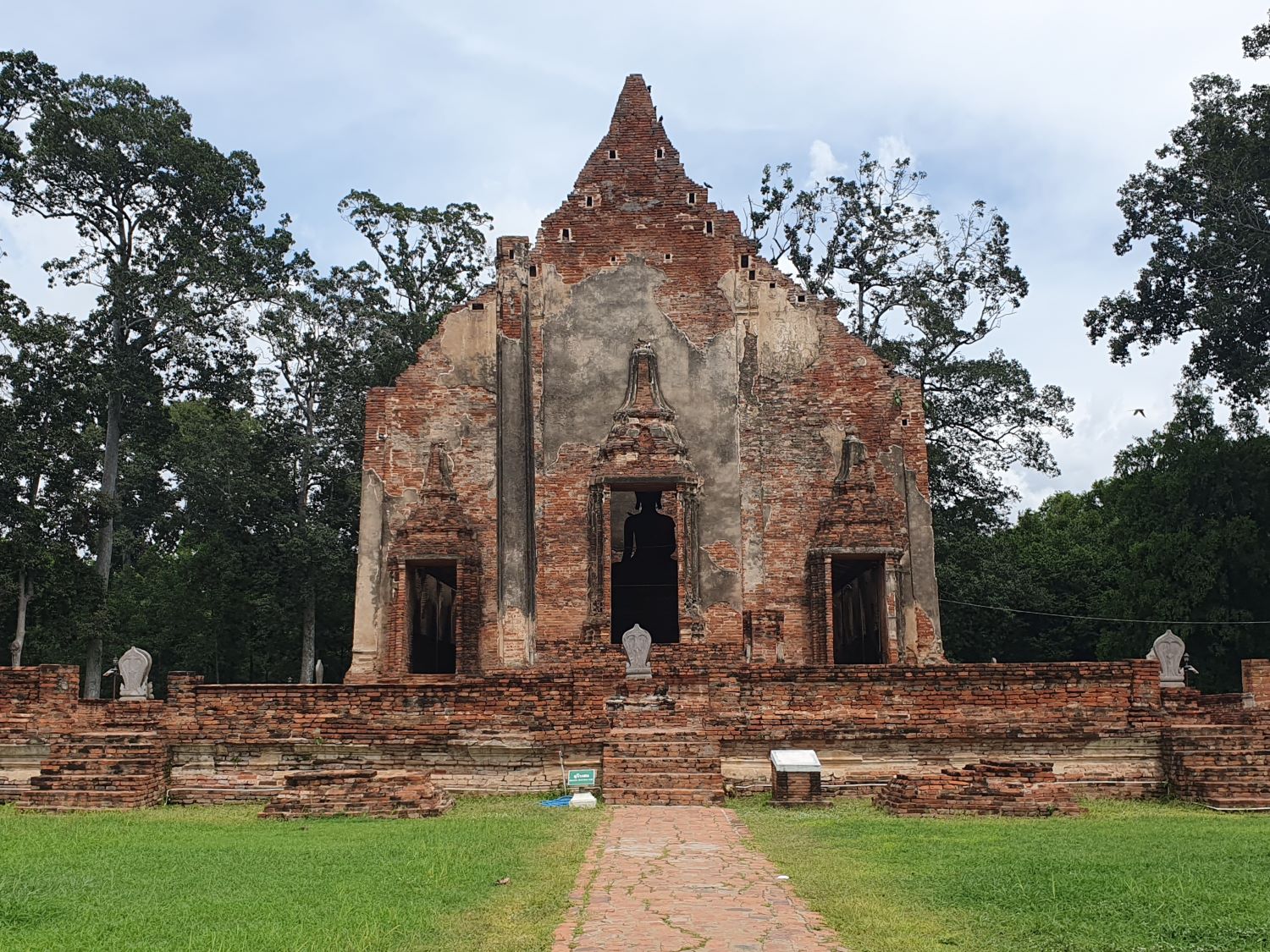
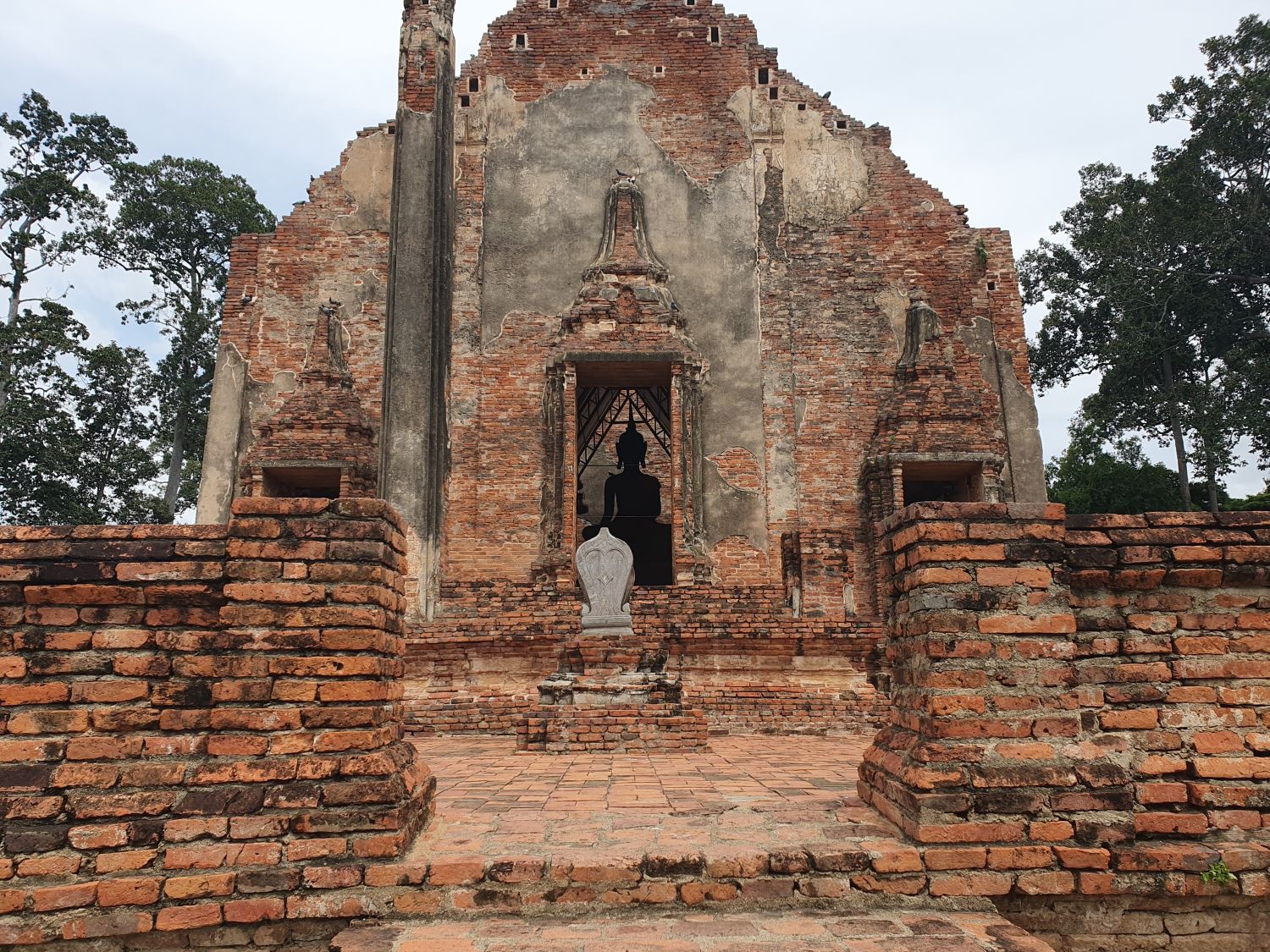
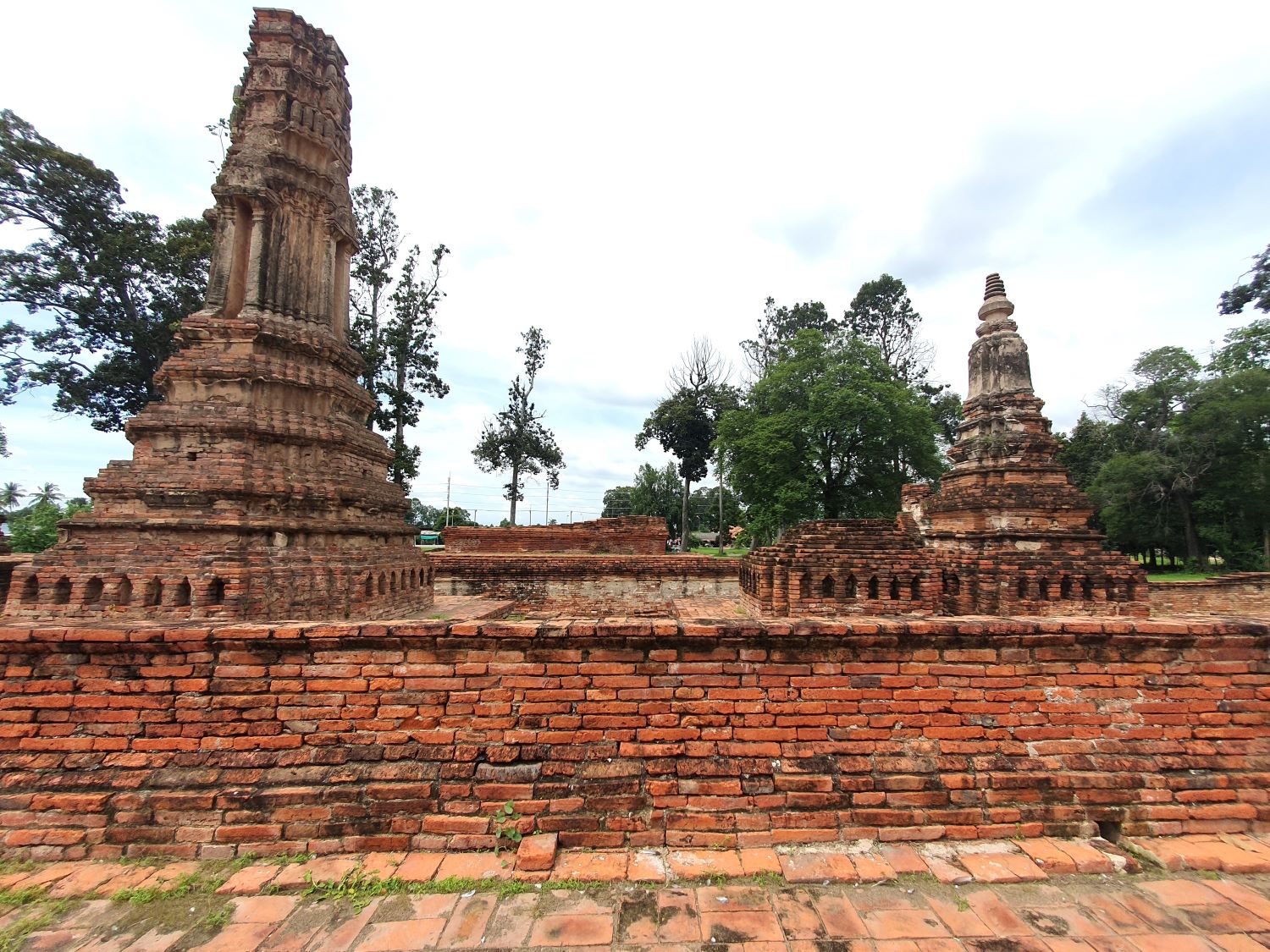
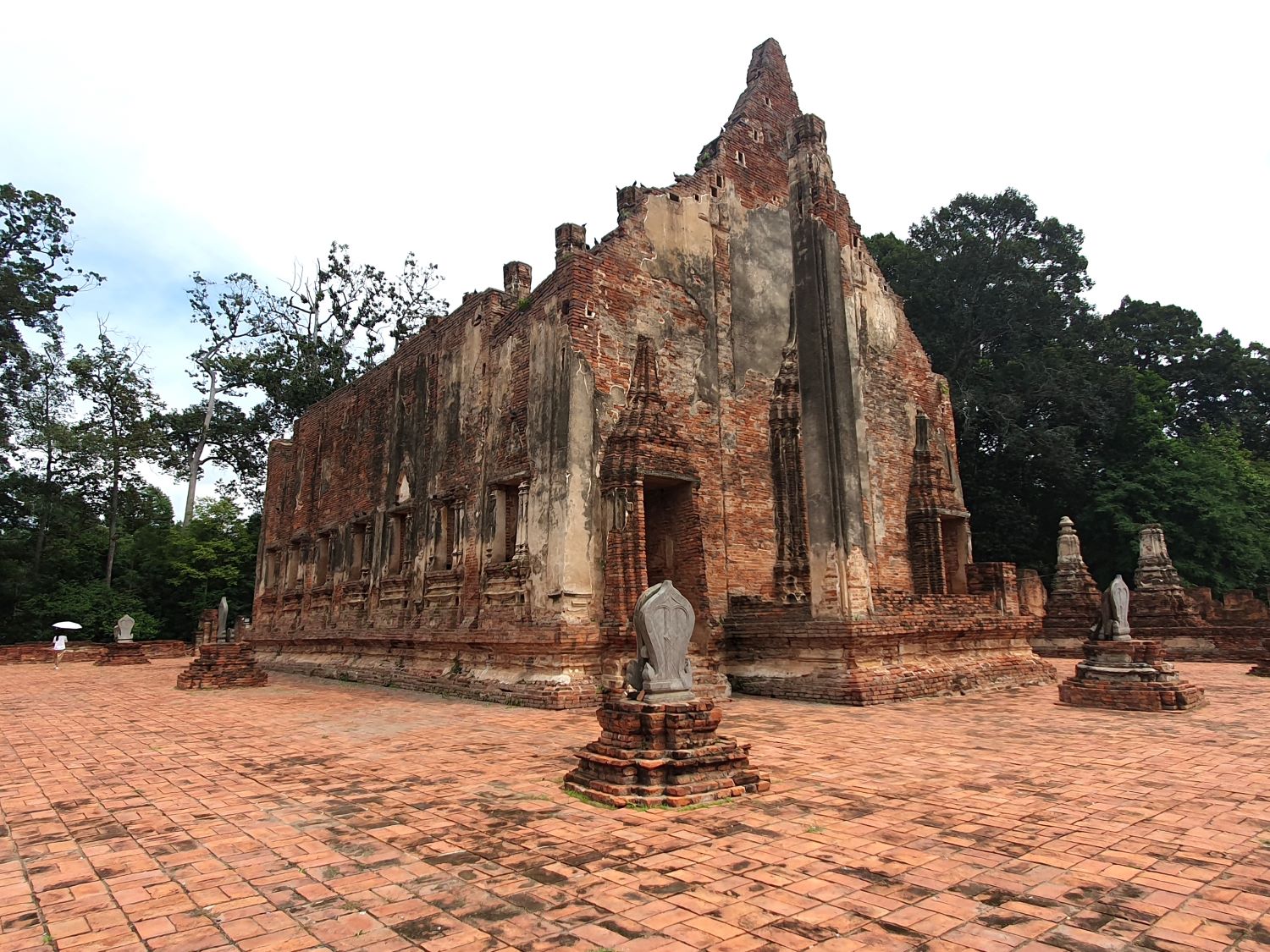
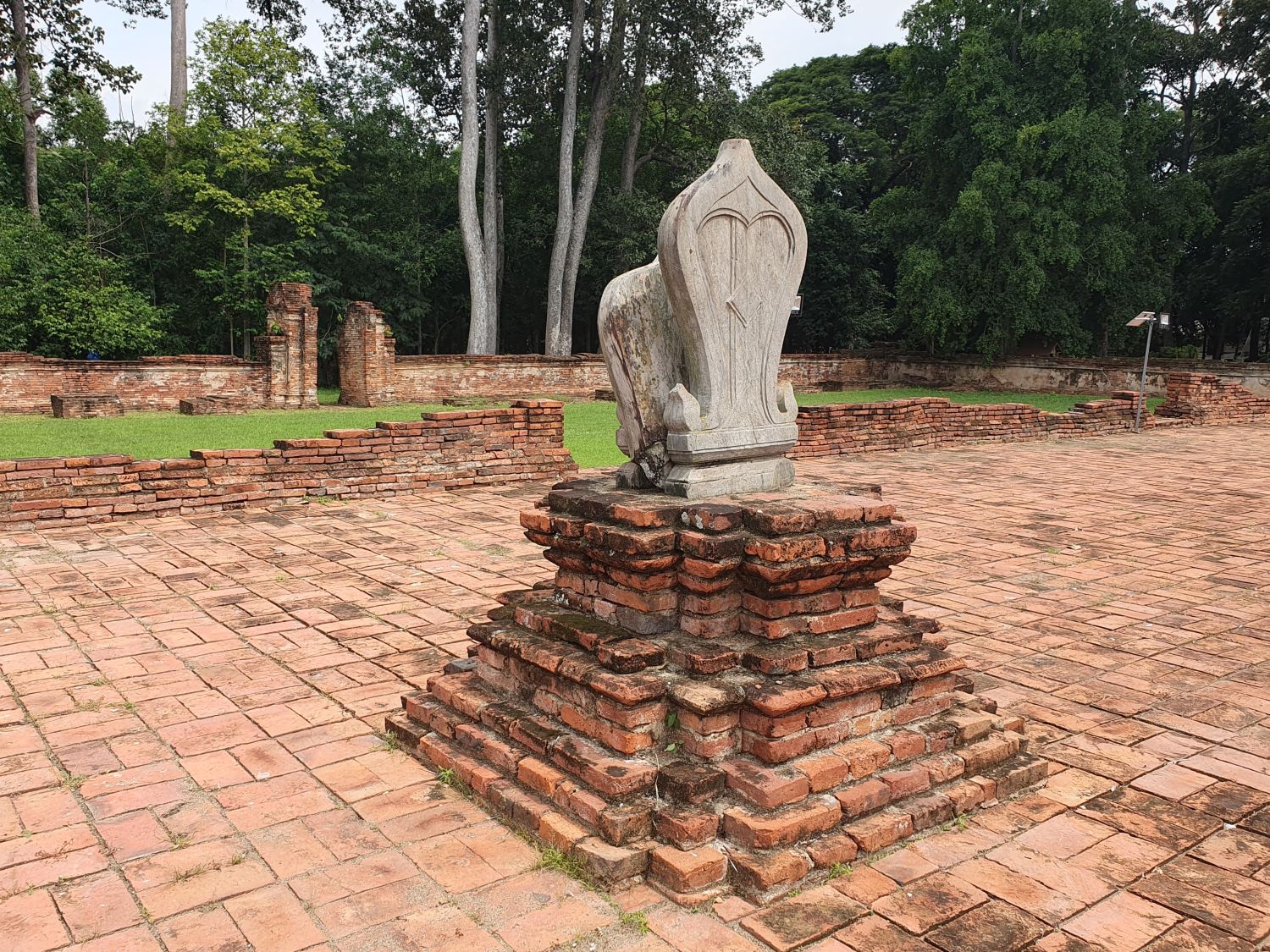
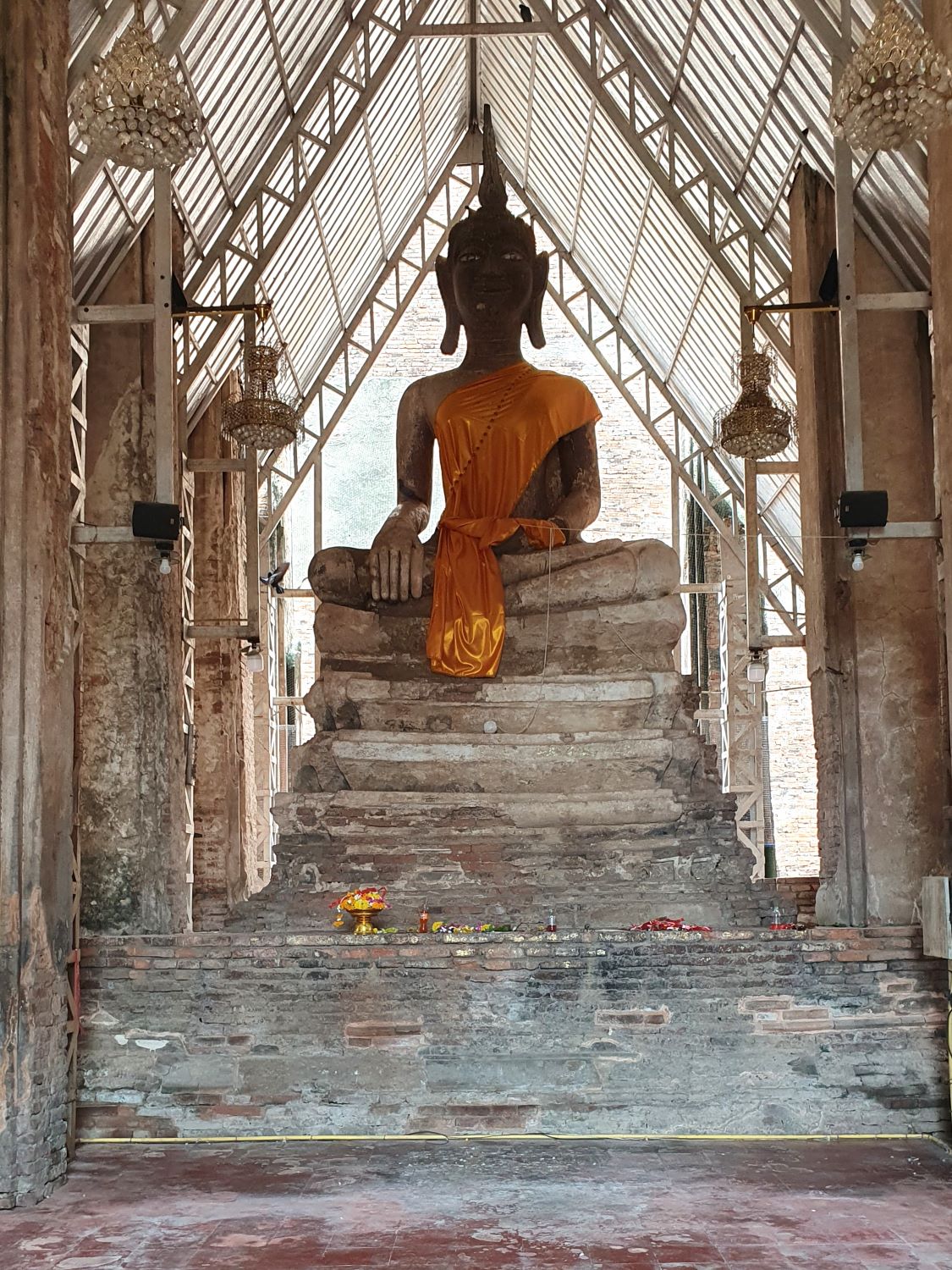
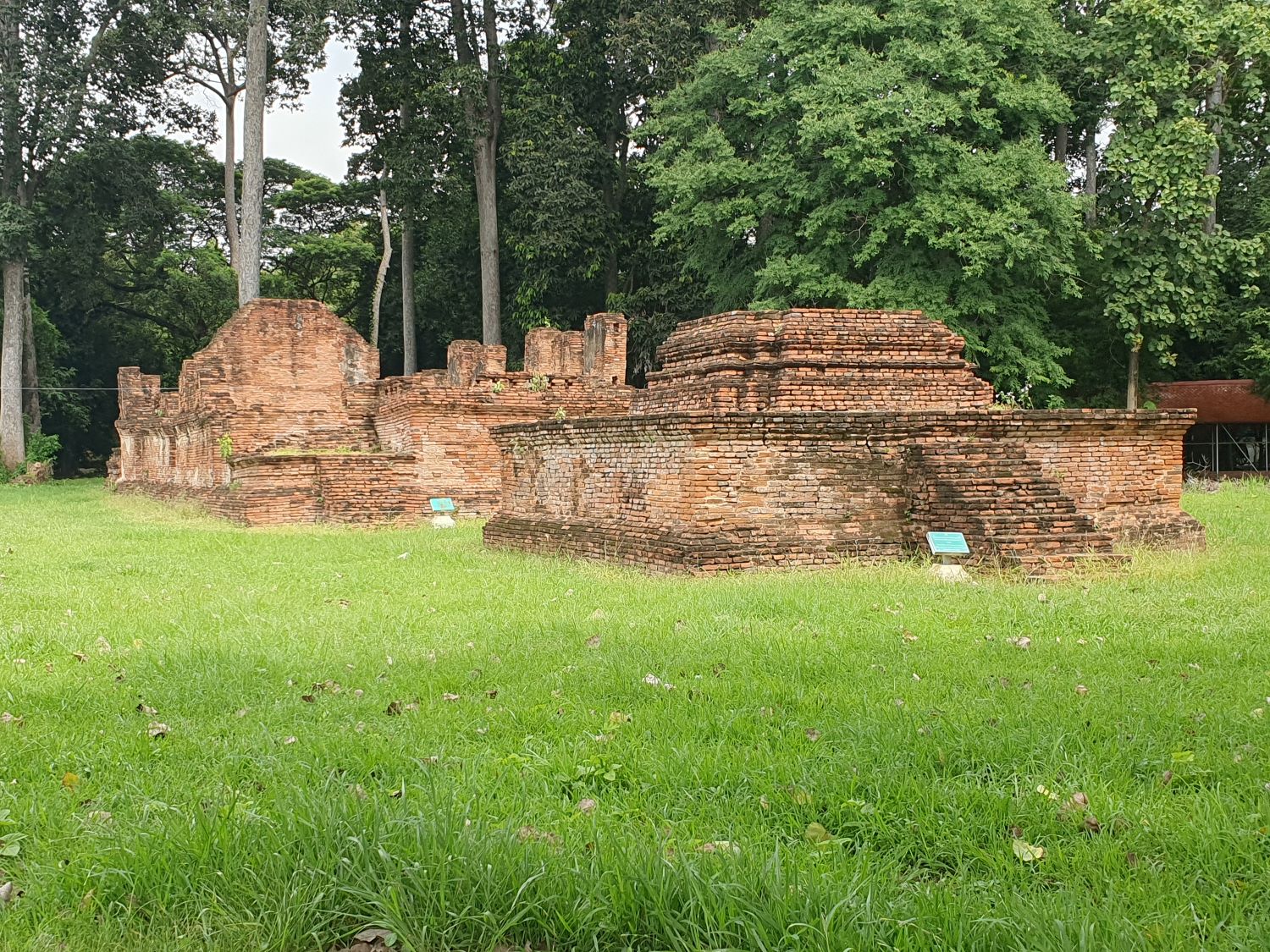
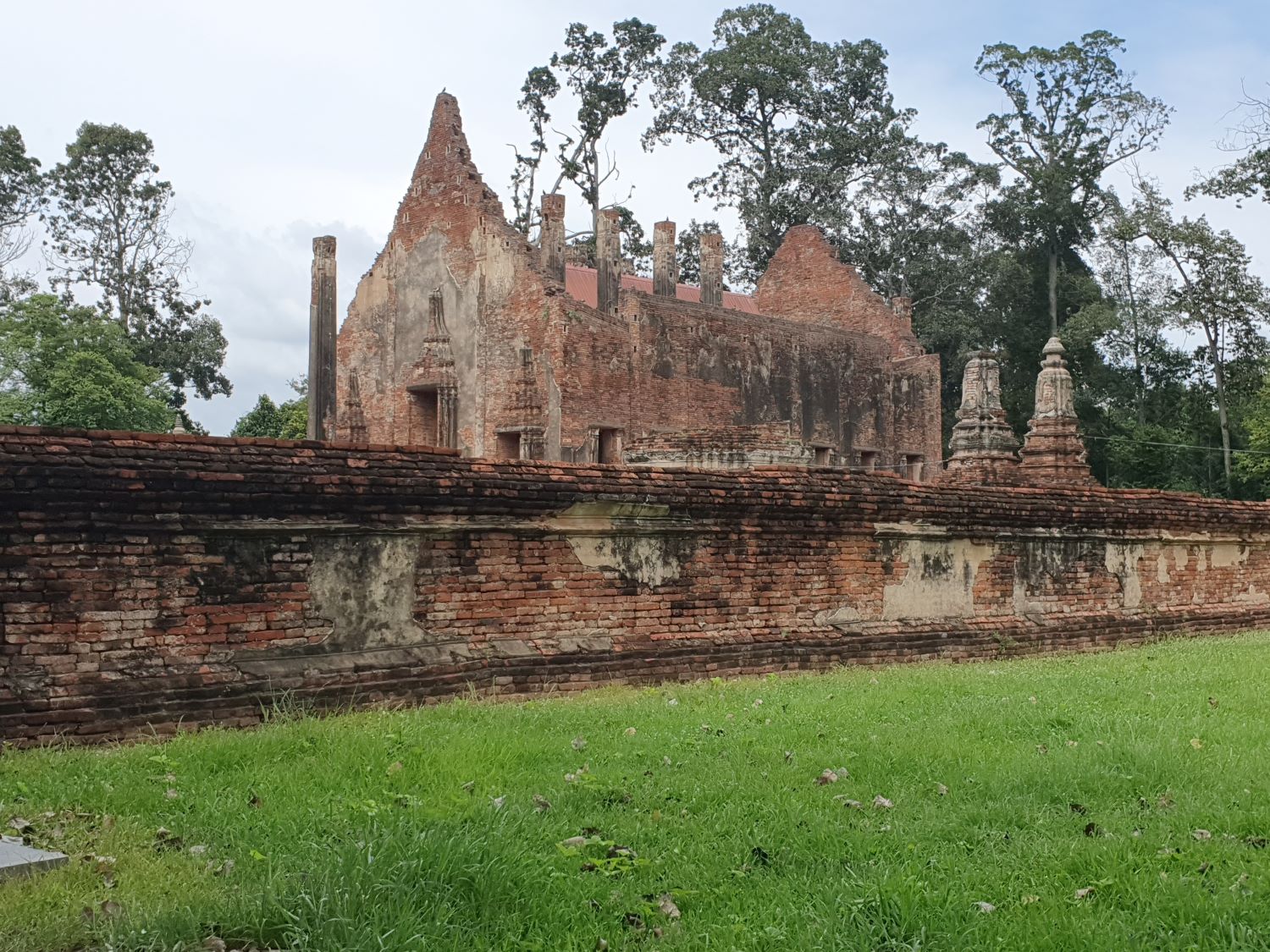
Wat Pho Phrathap Chang,
Pho Phrathap Chang District
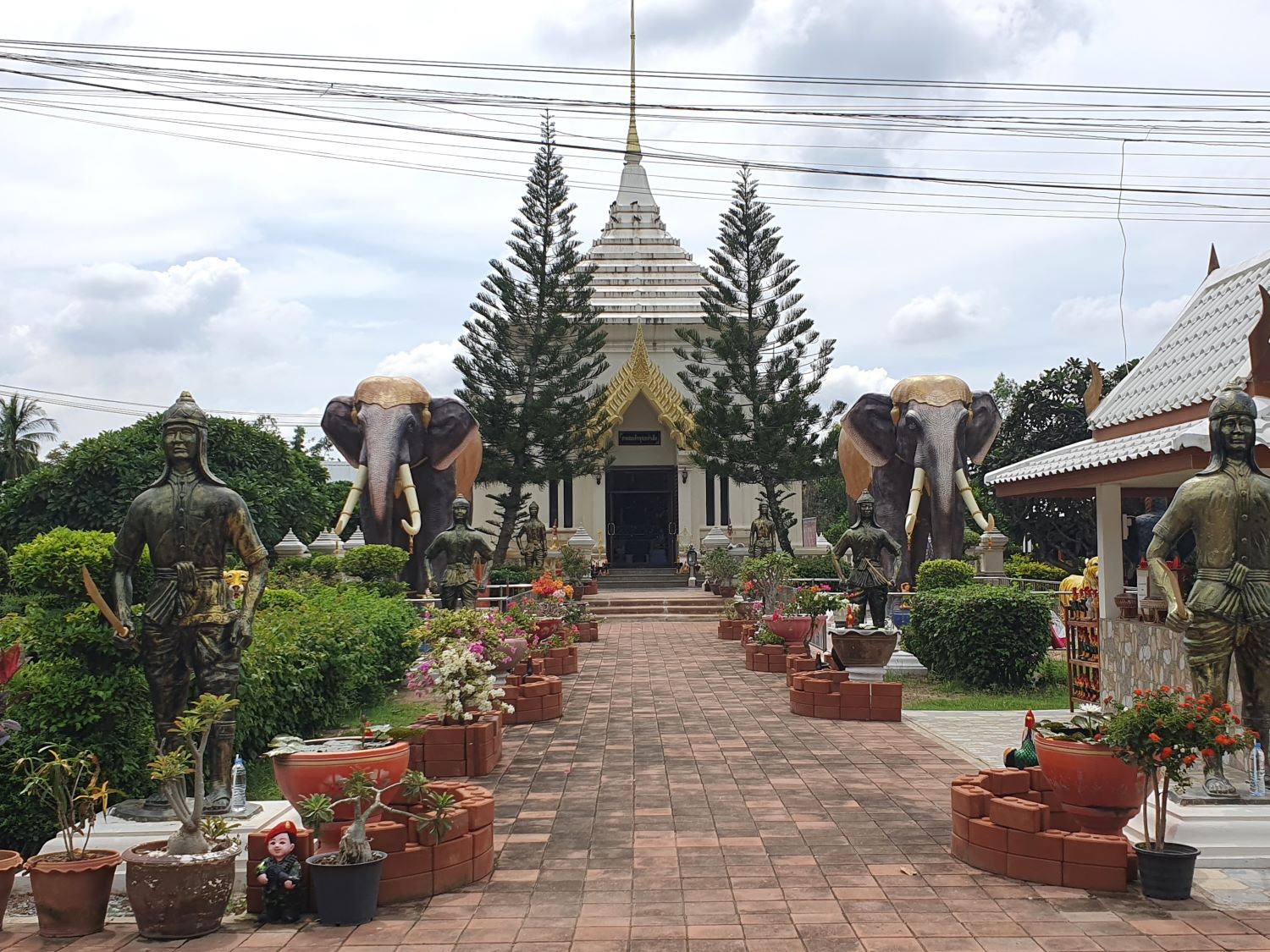
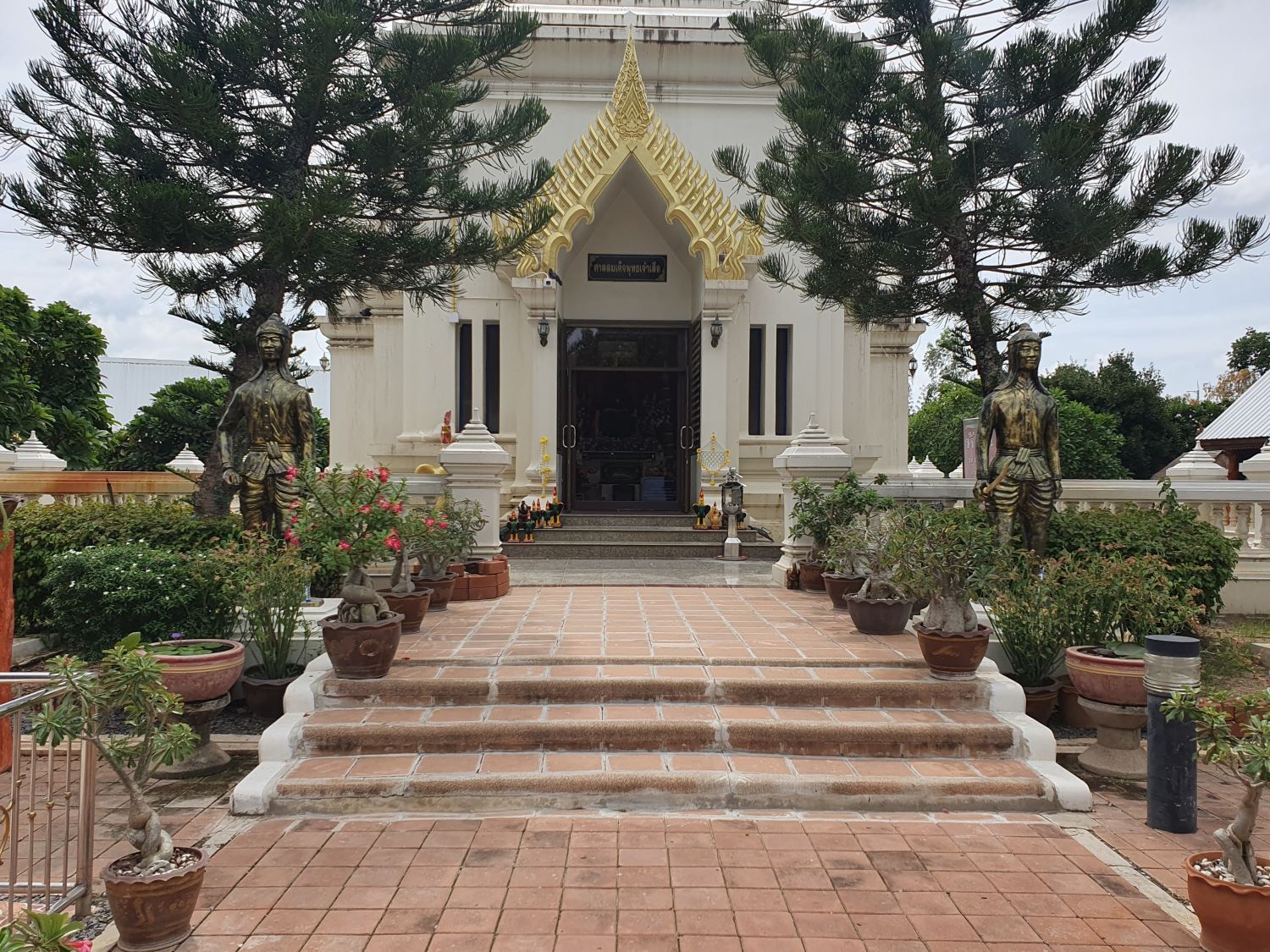
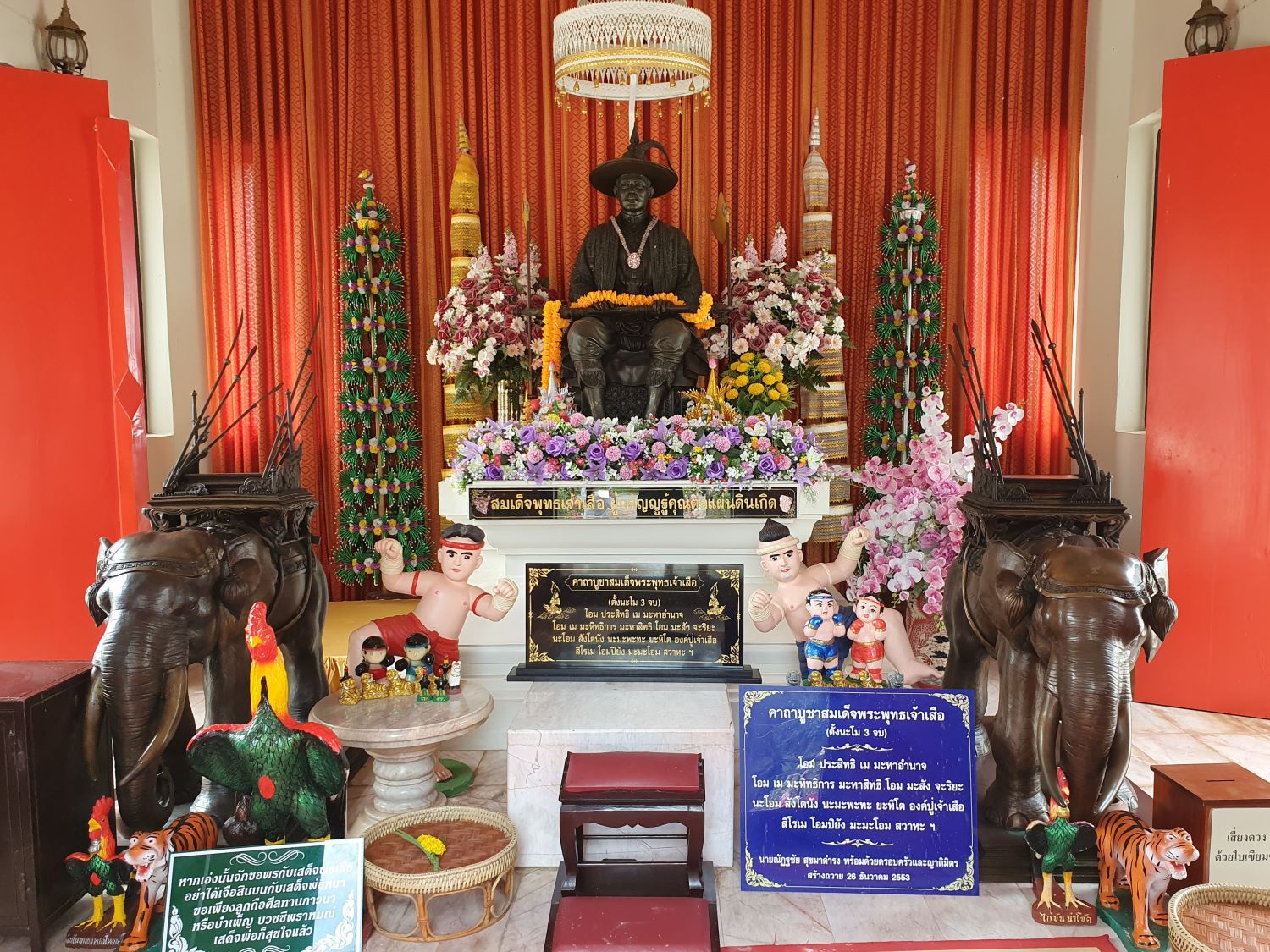
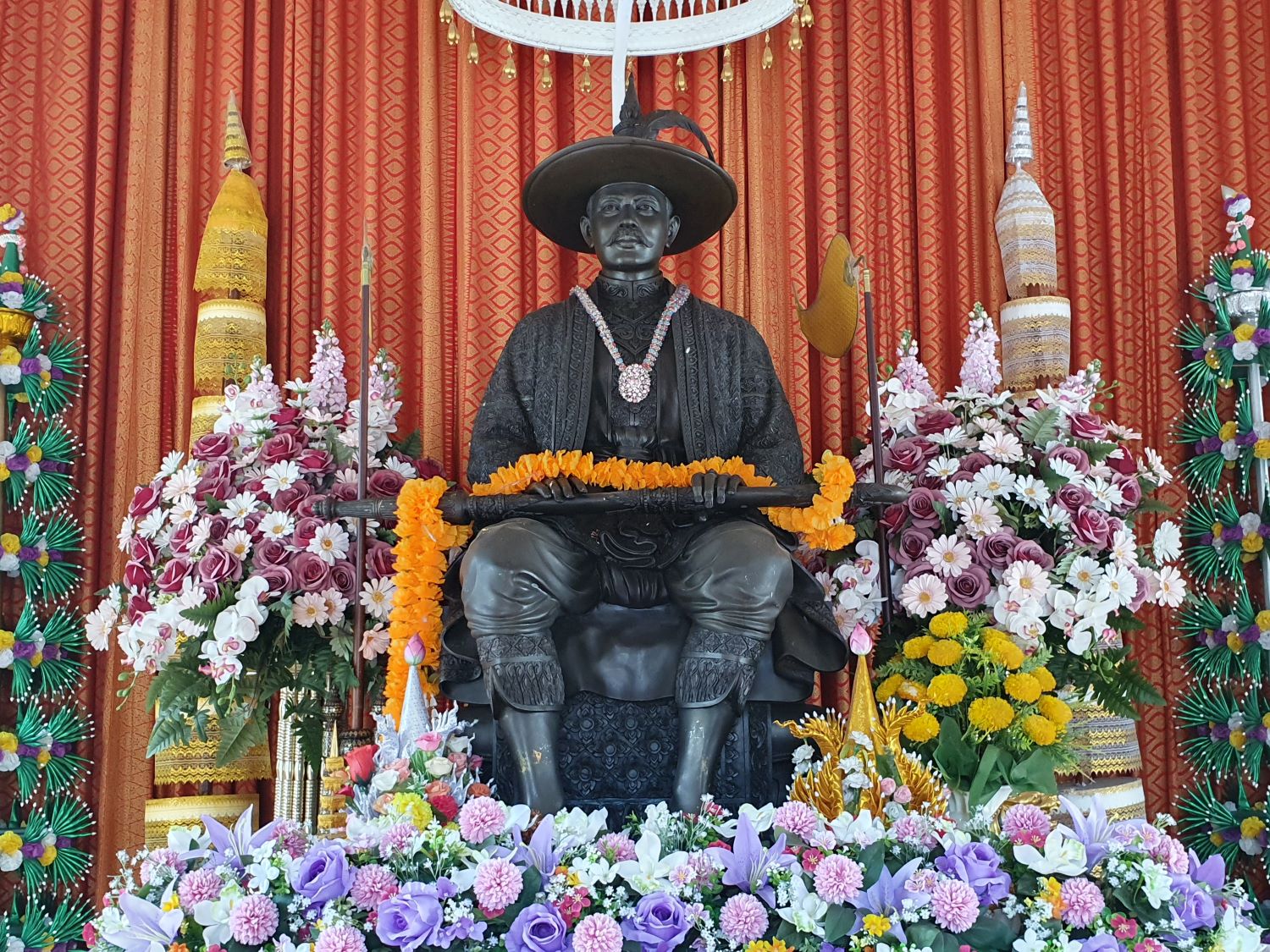
Somdej Phra Buddha Suea Shrine
Pho Phrathap Chang District
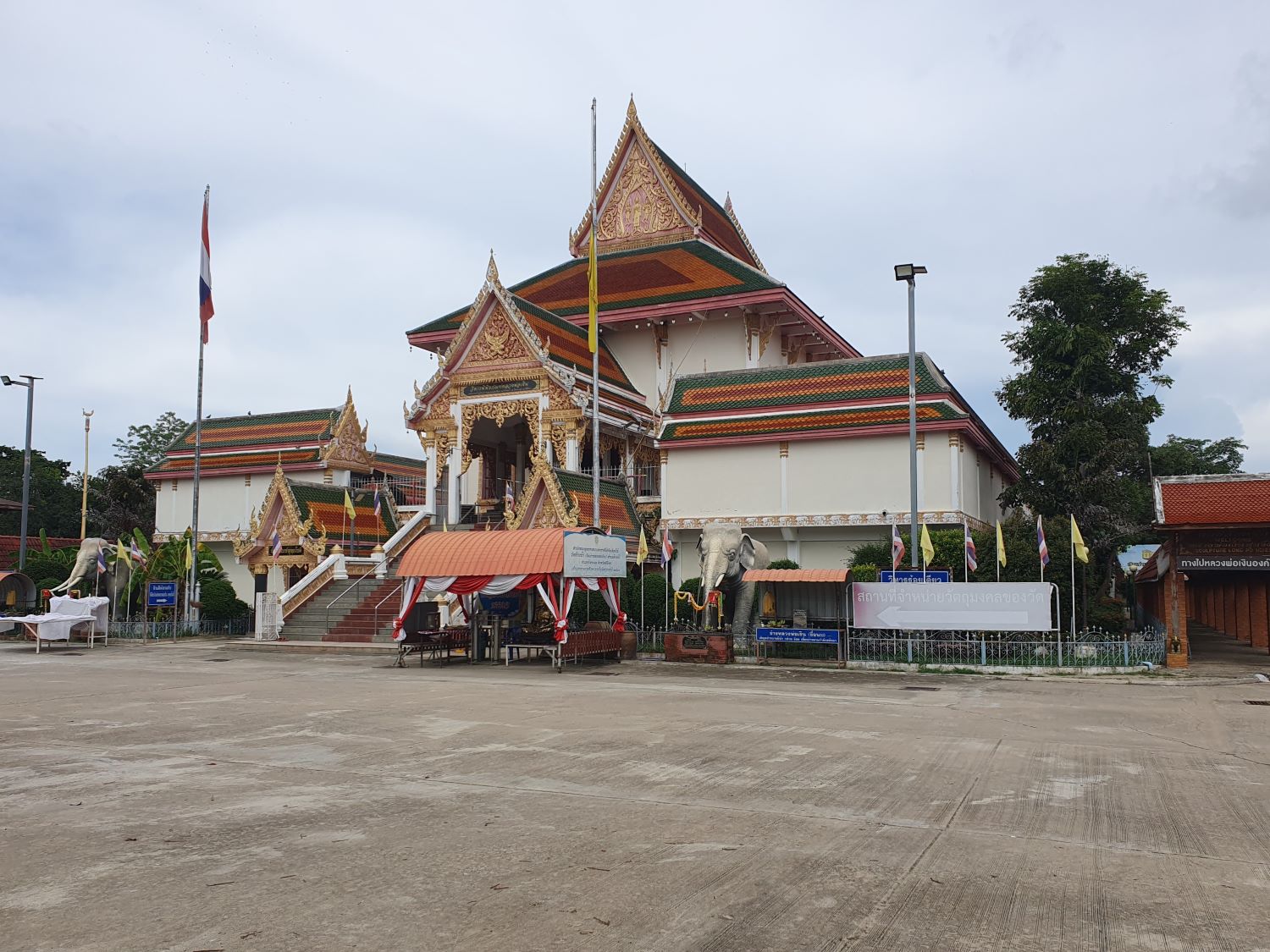
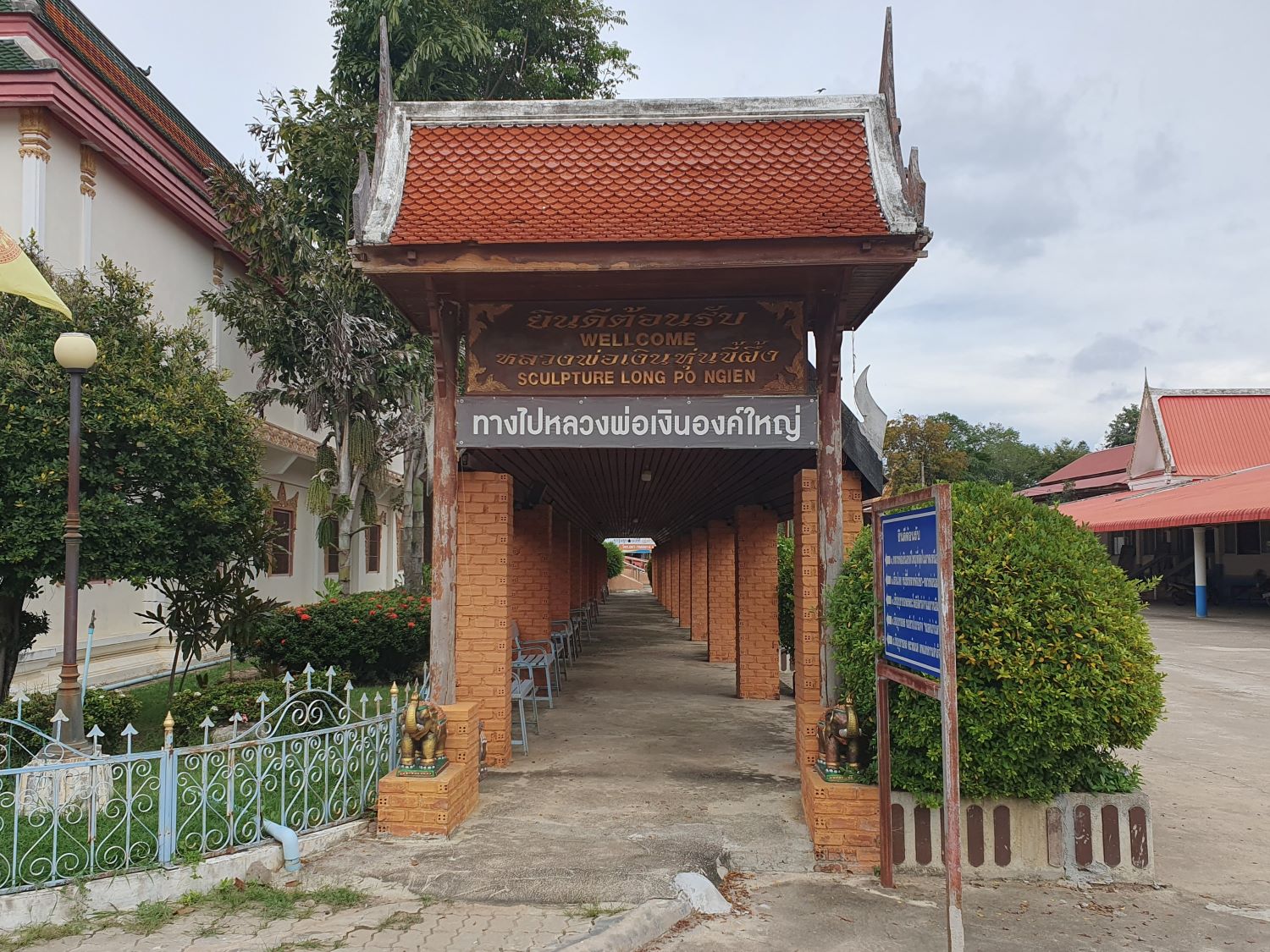
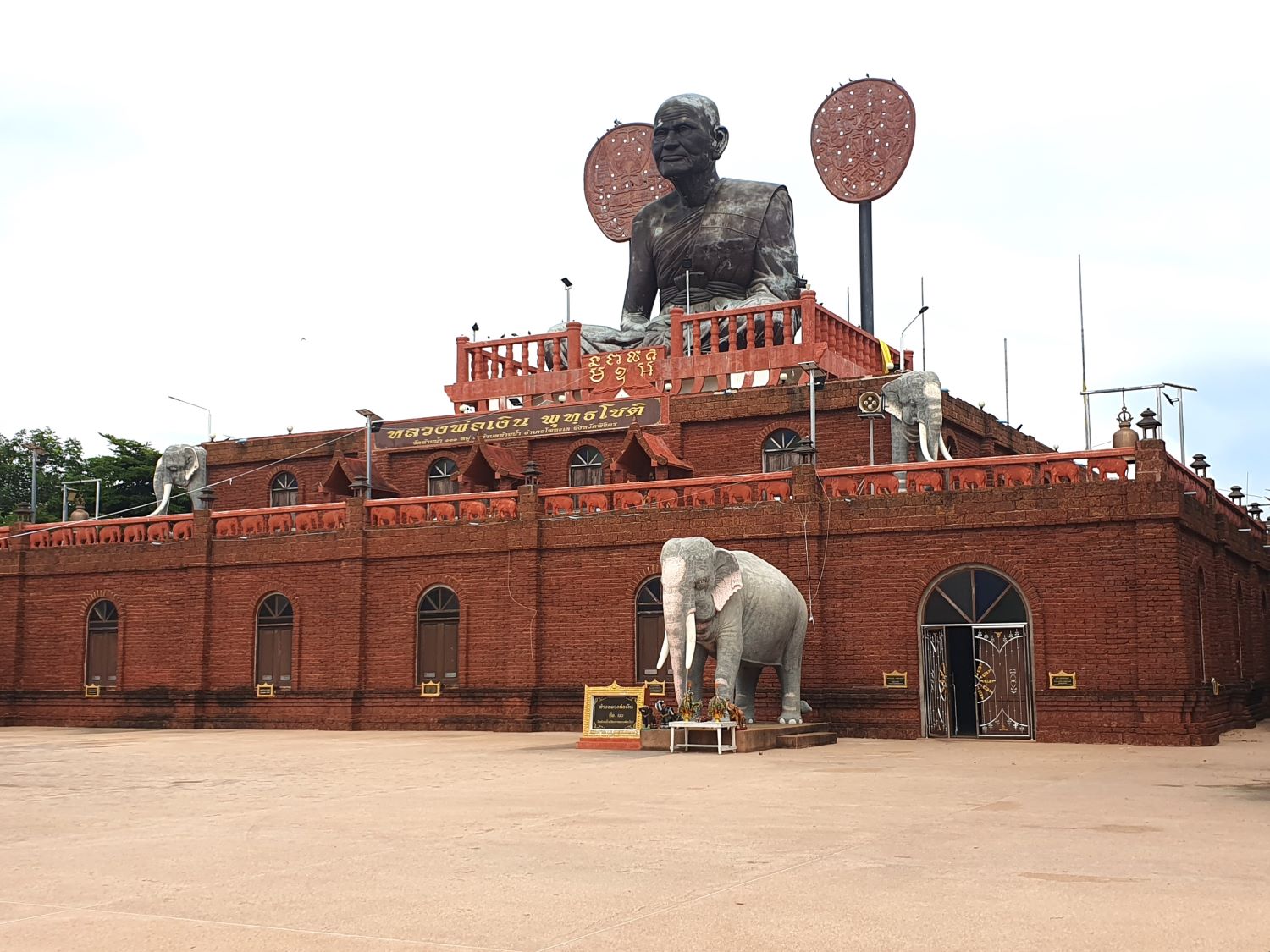
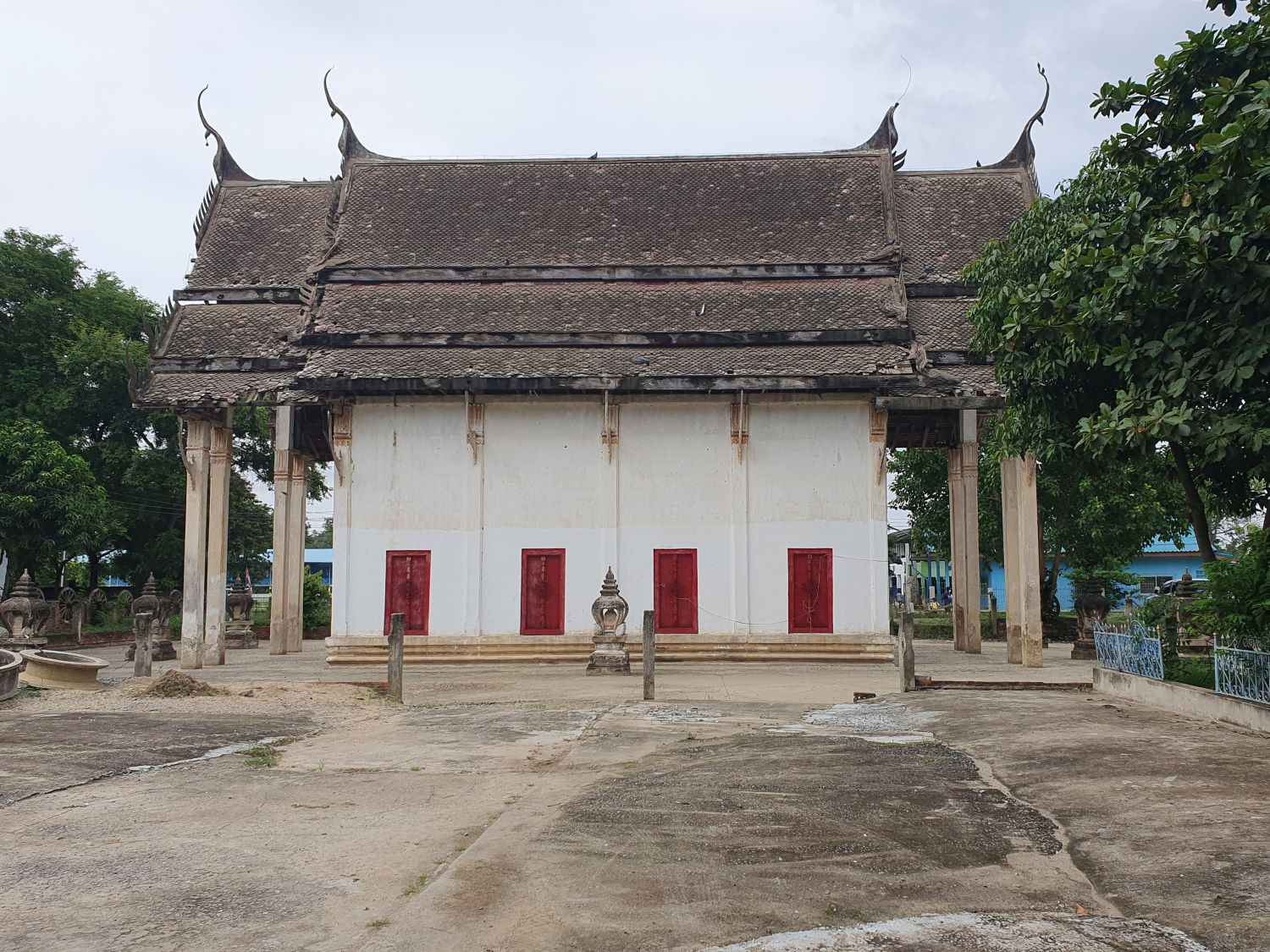
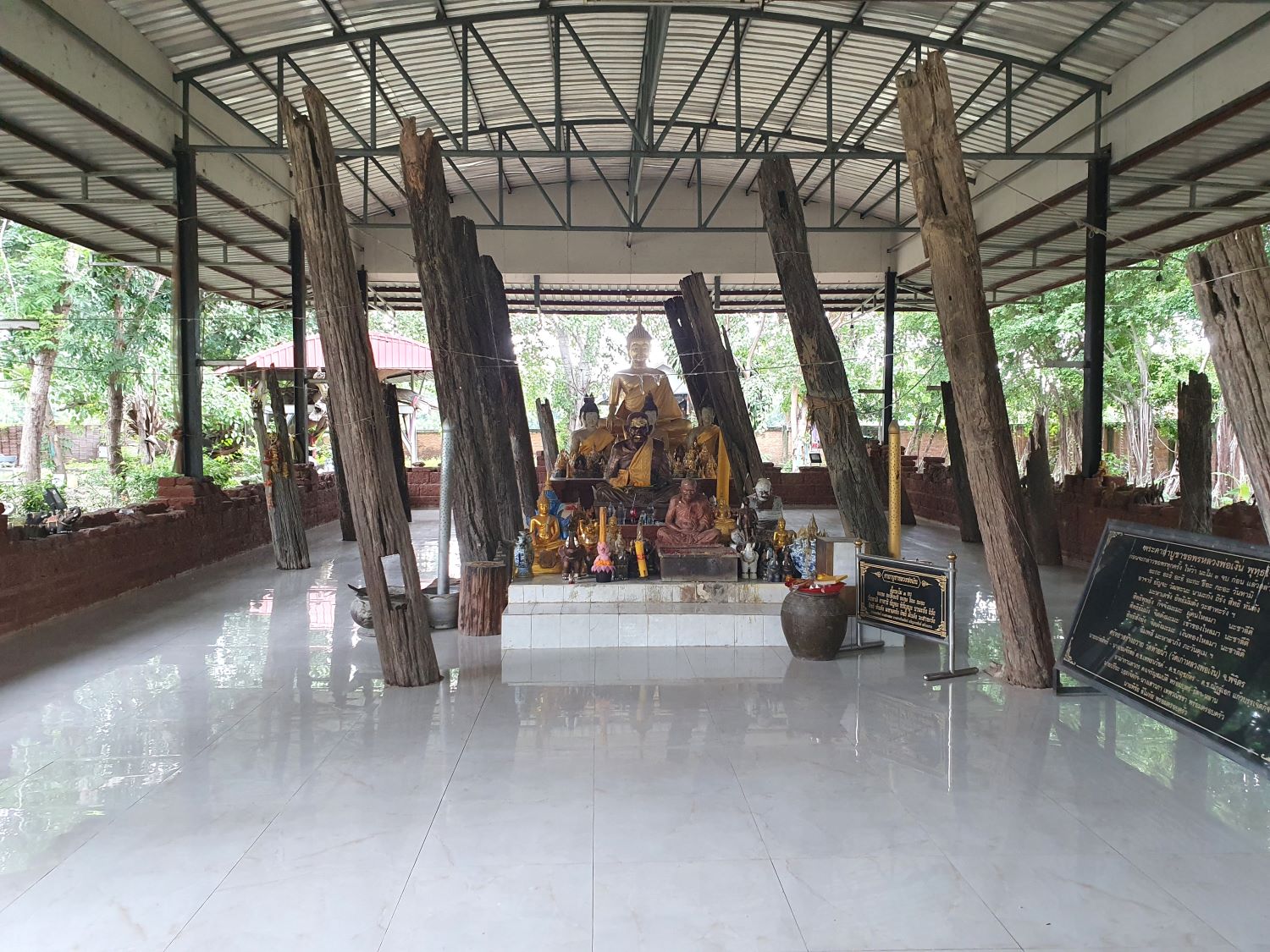
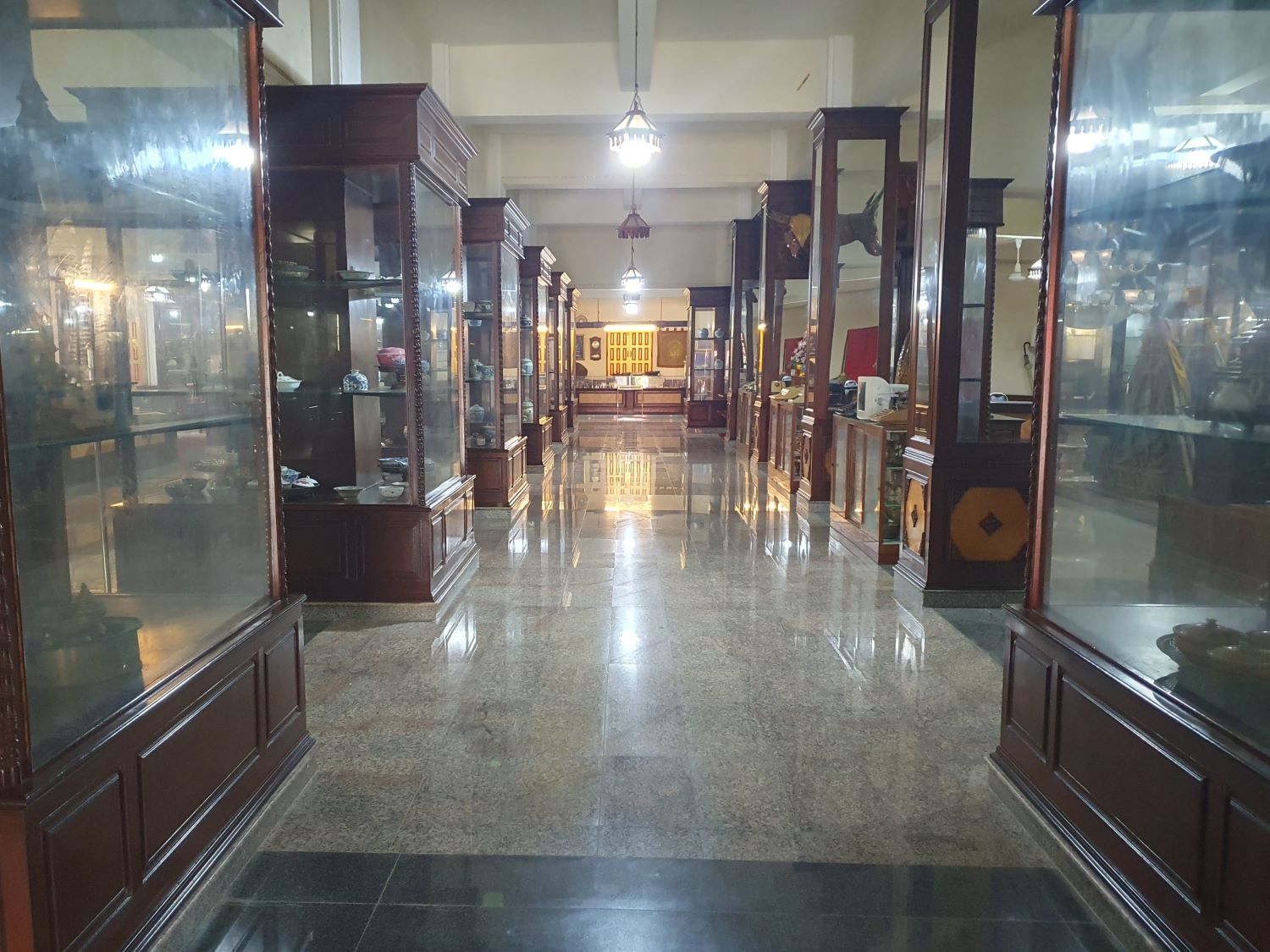
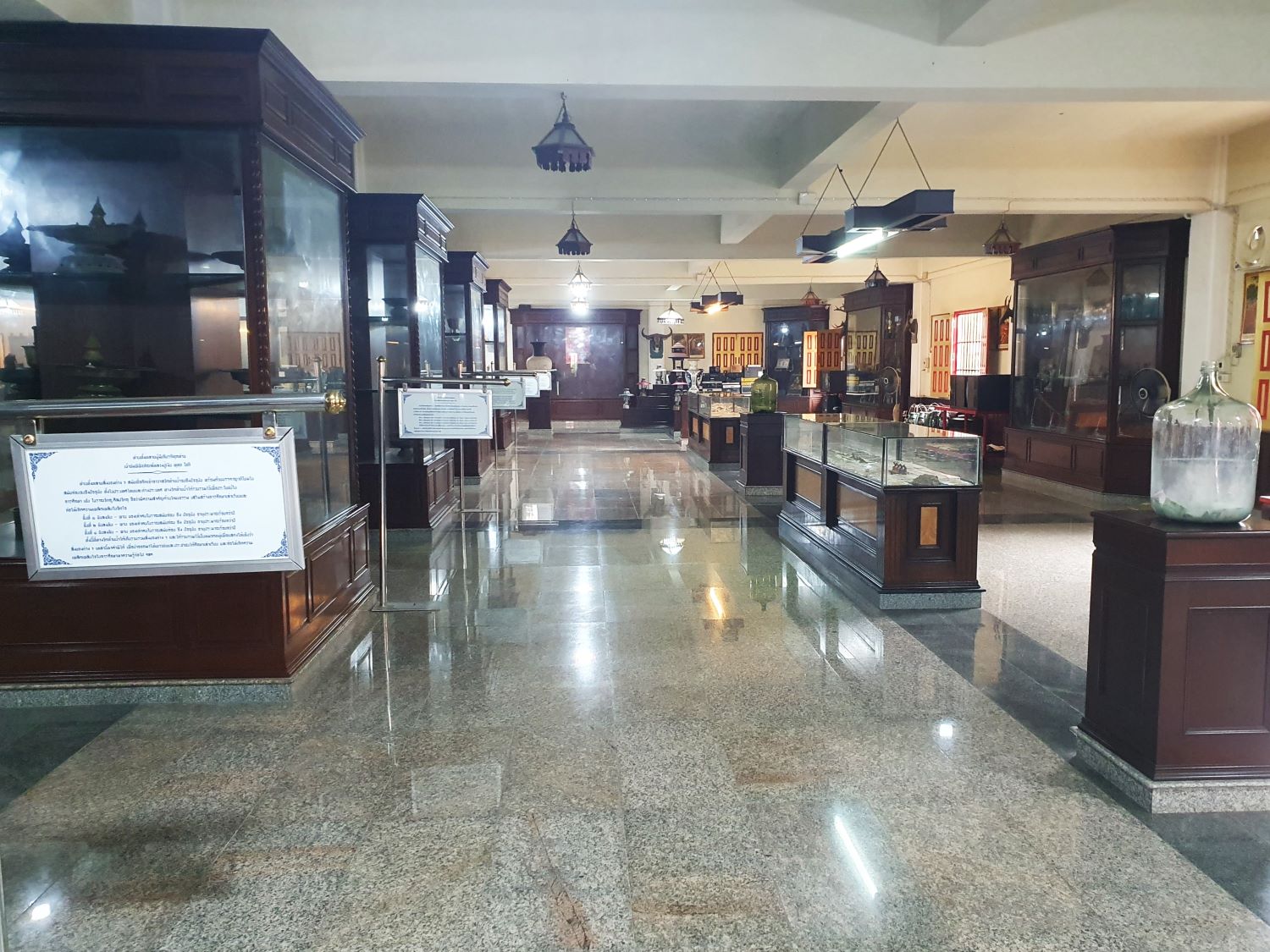
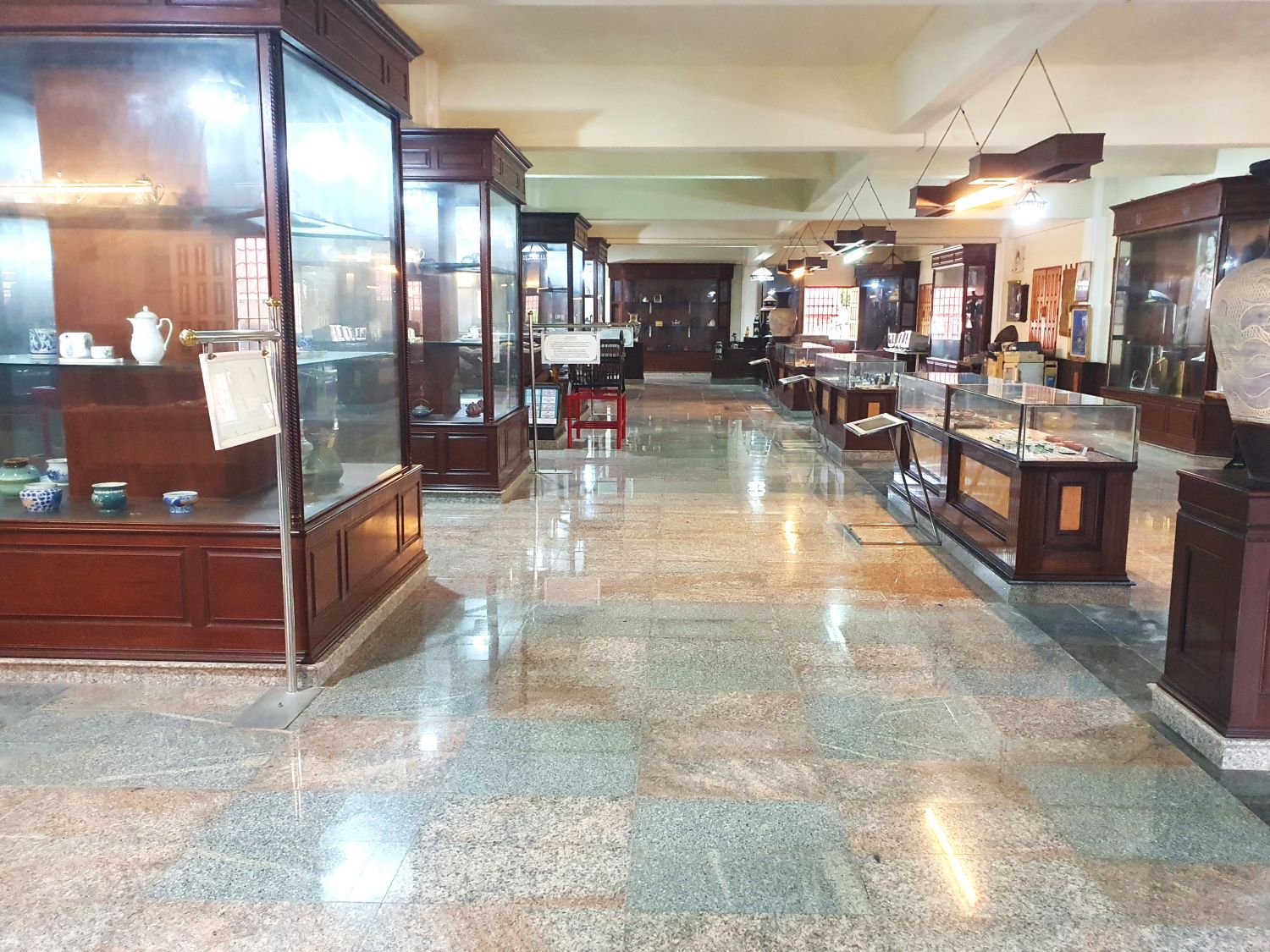
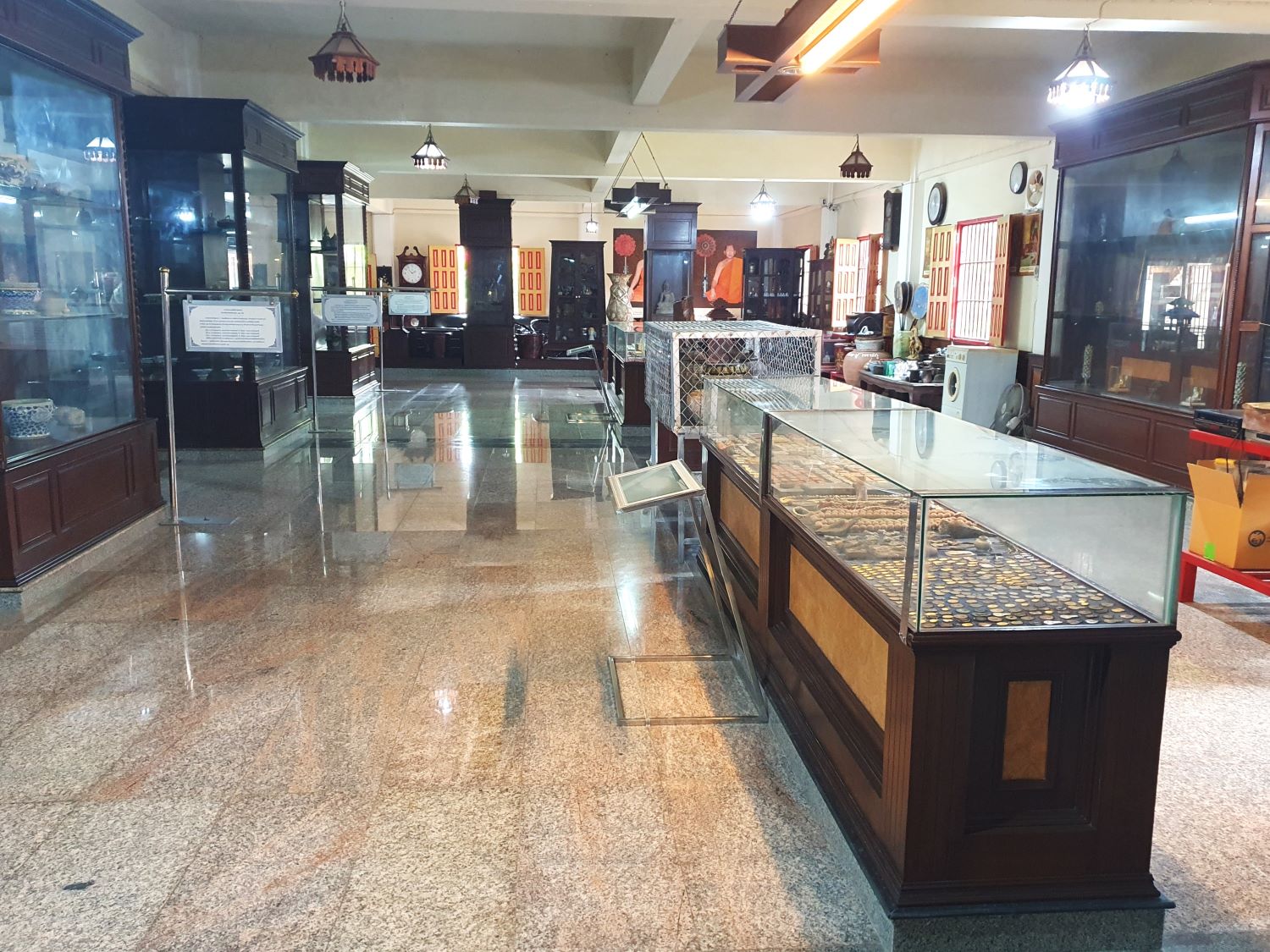
Wat Thai Naam, Thai Naam,
Pho Thale District
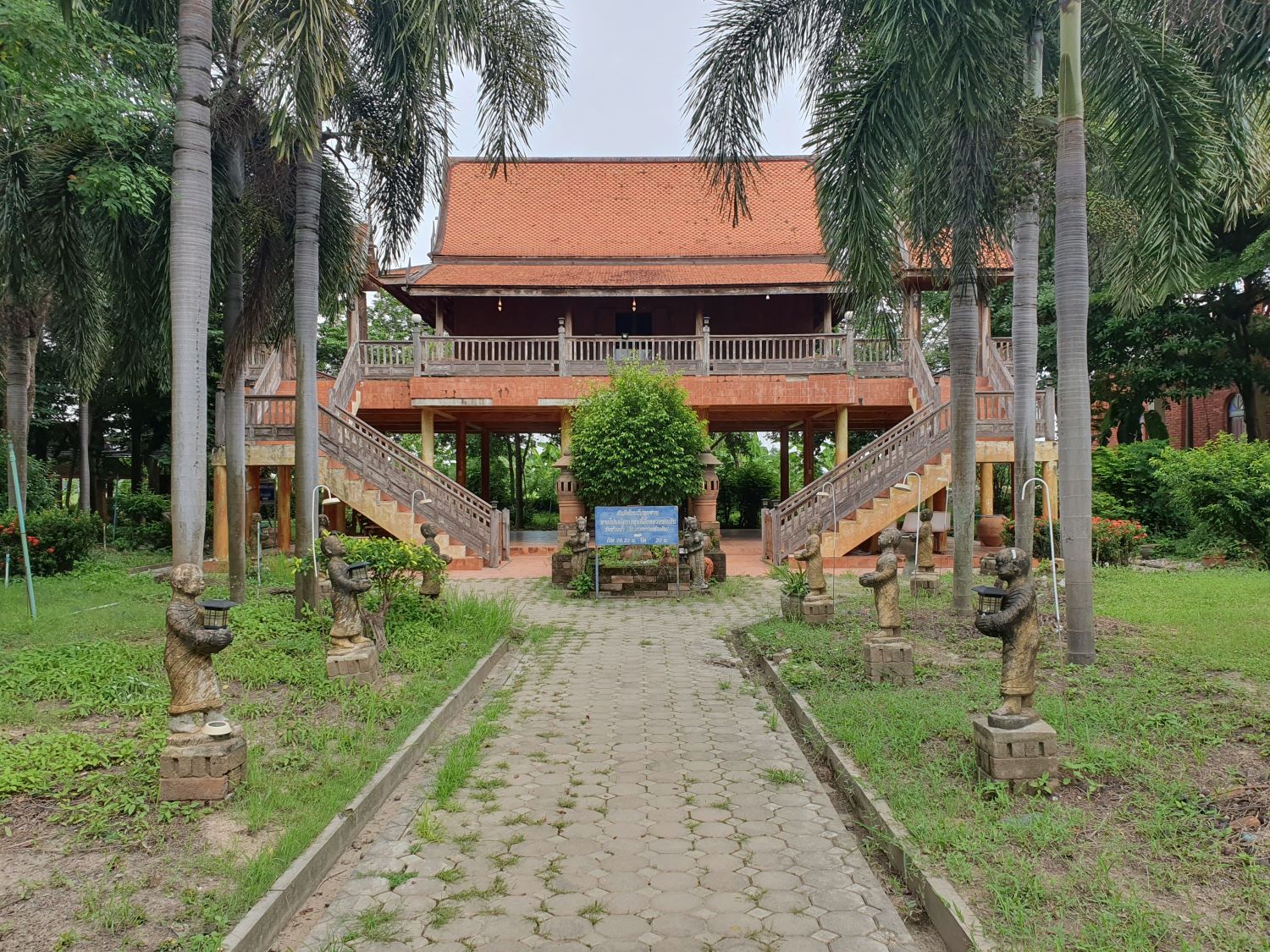
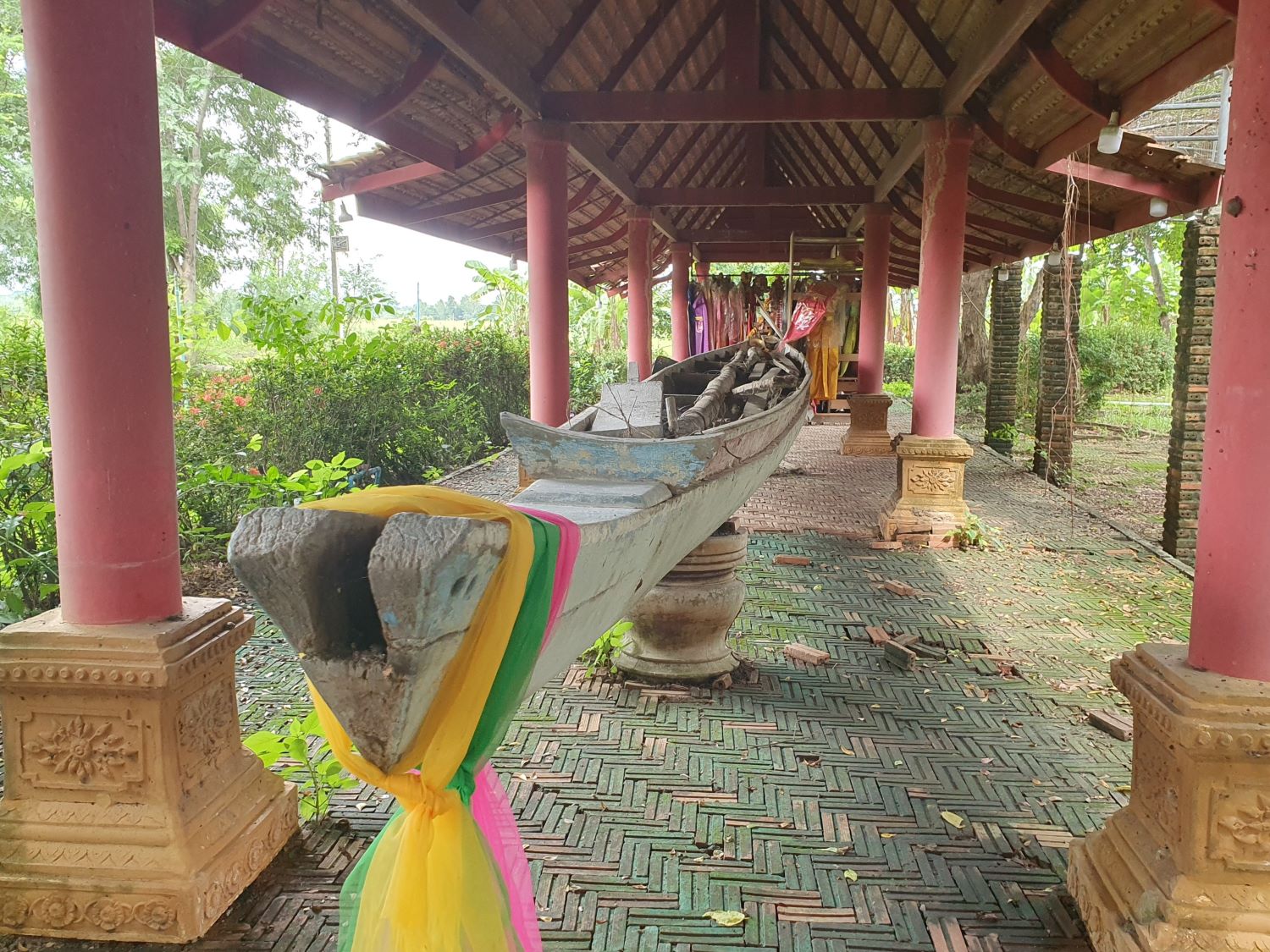
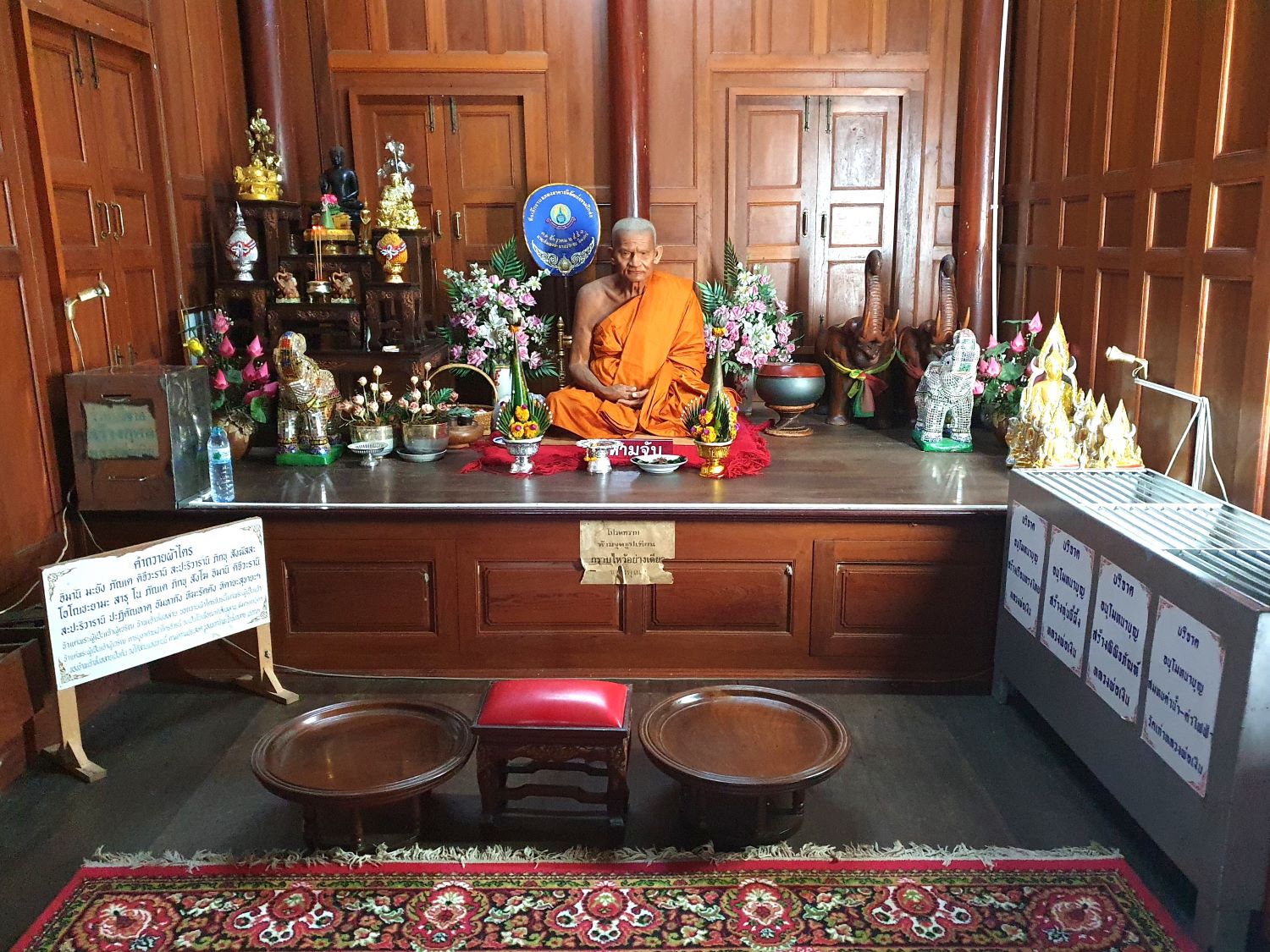
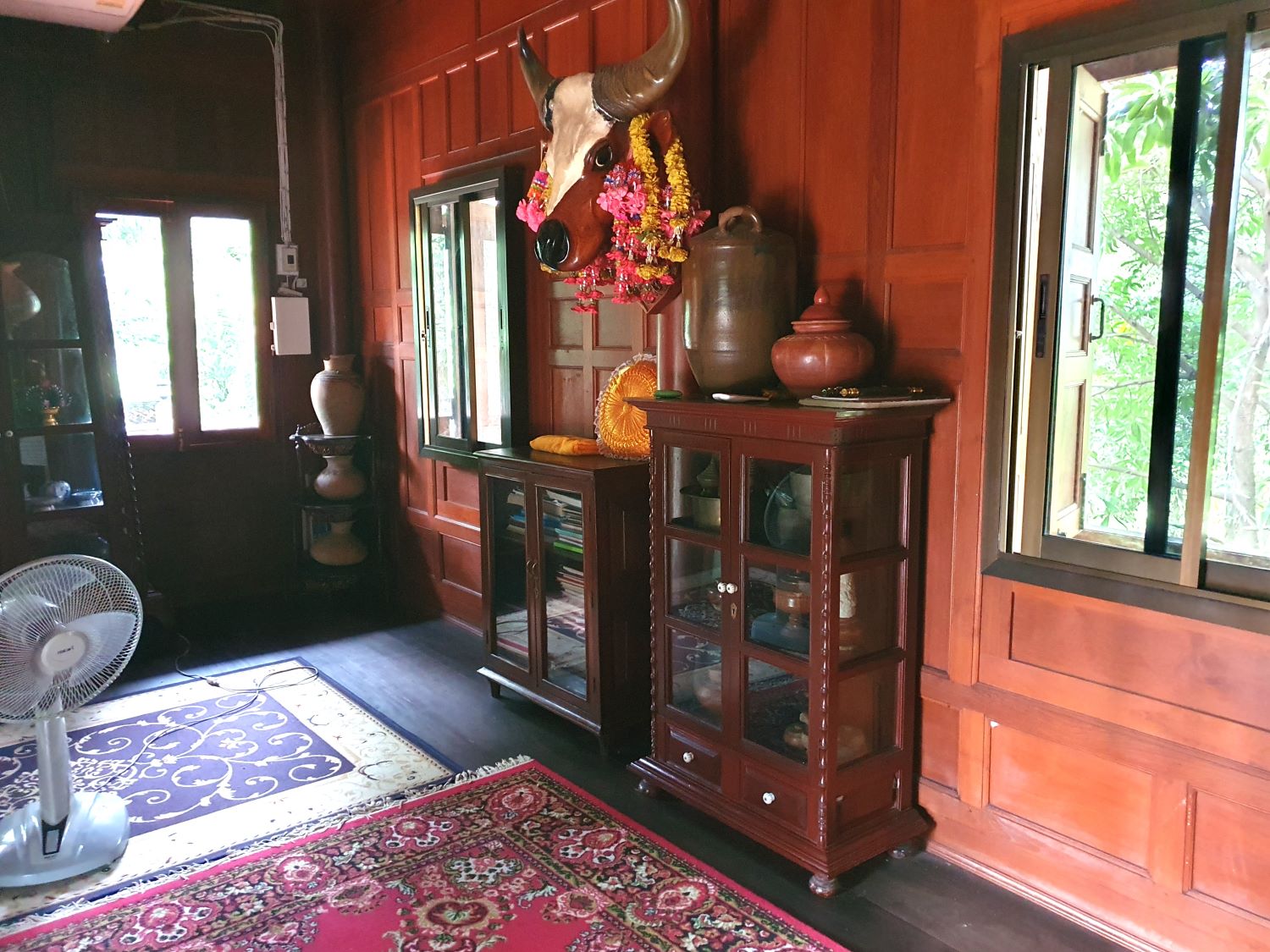
Luang Por Ngem Memorial Museum,
Wat Thai Naam, Thai Naam,
Pho Thale District
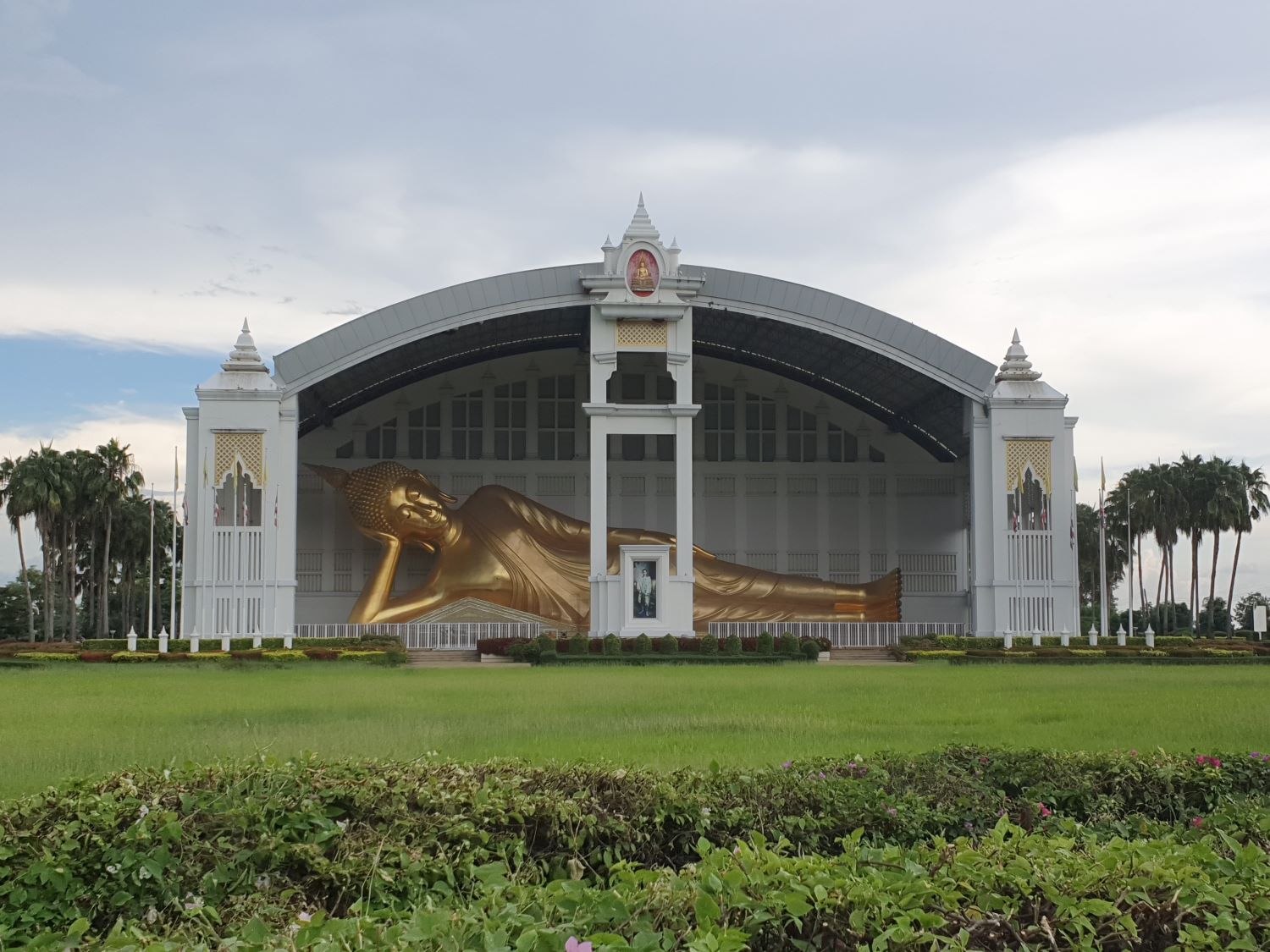
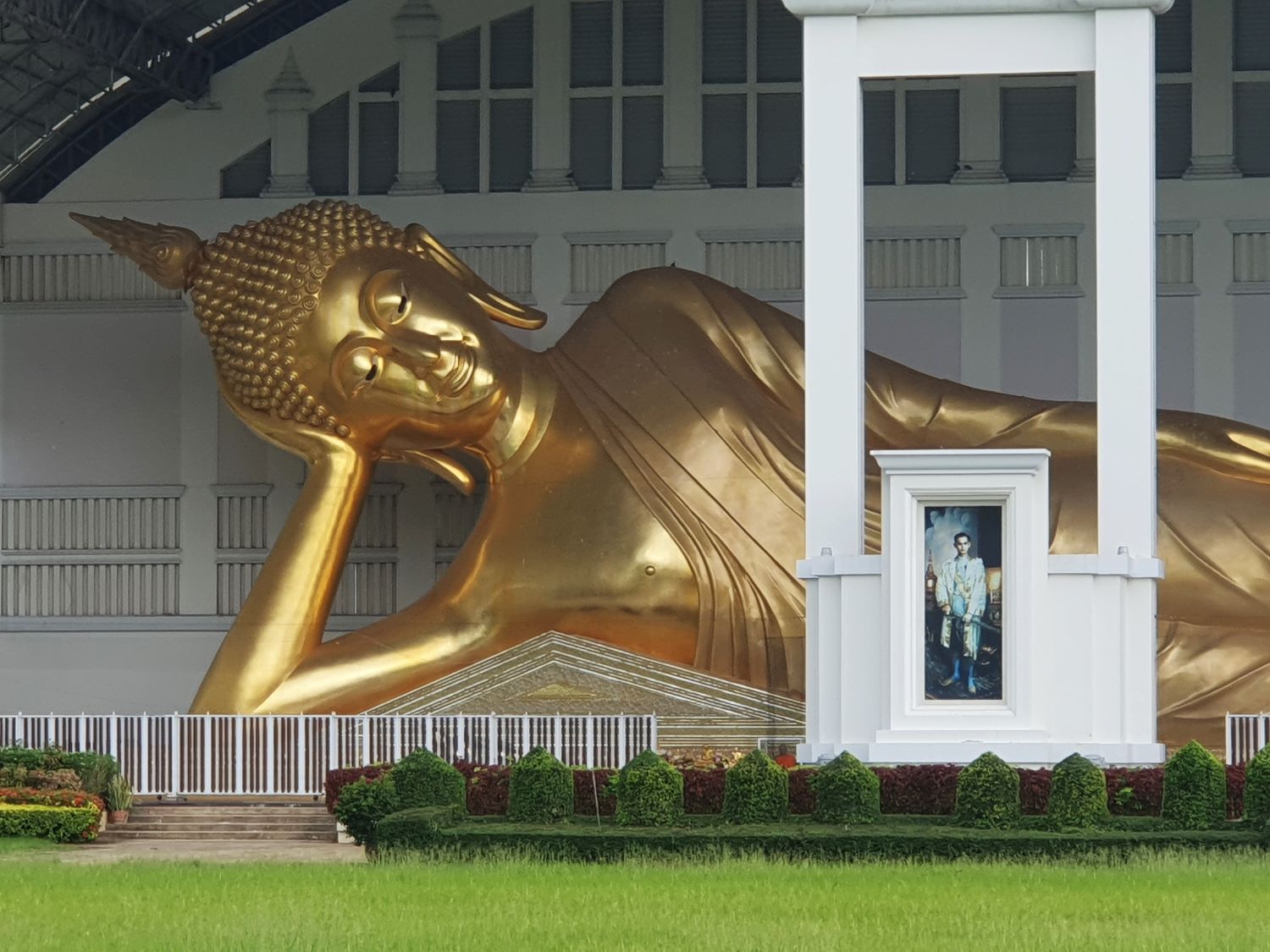
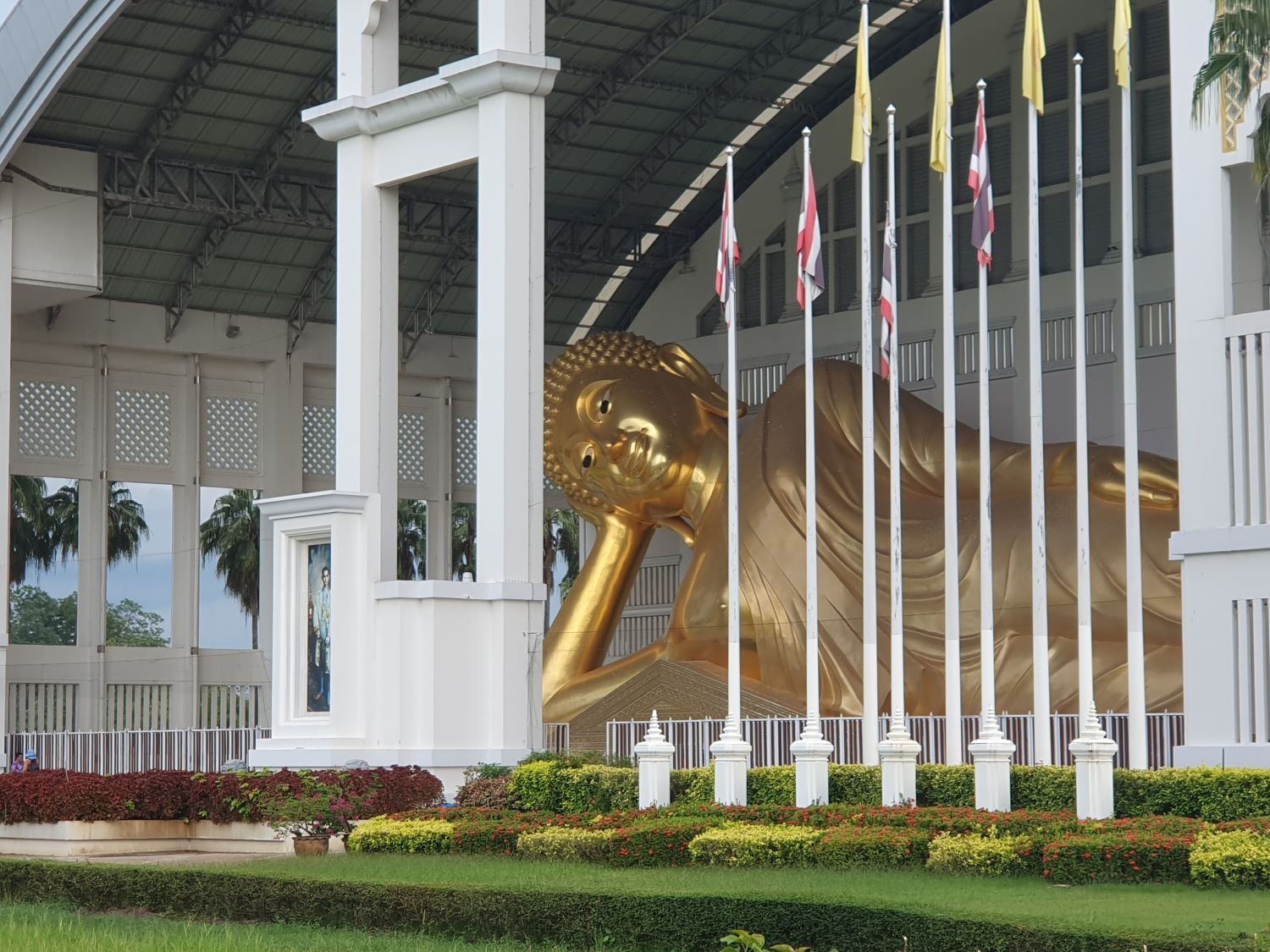
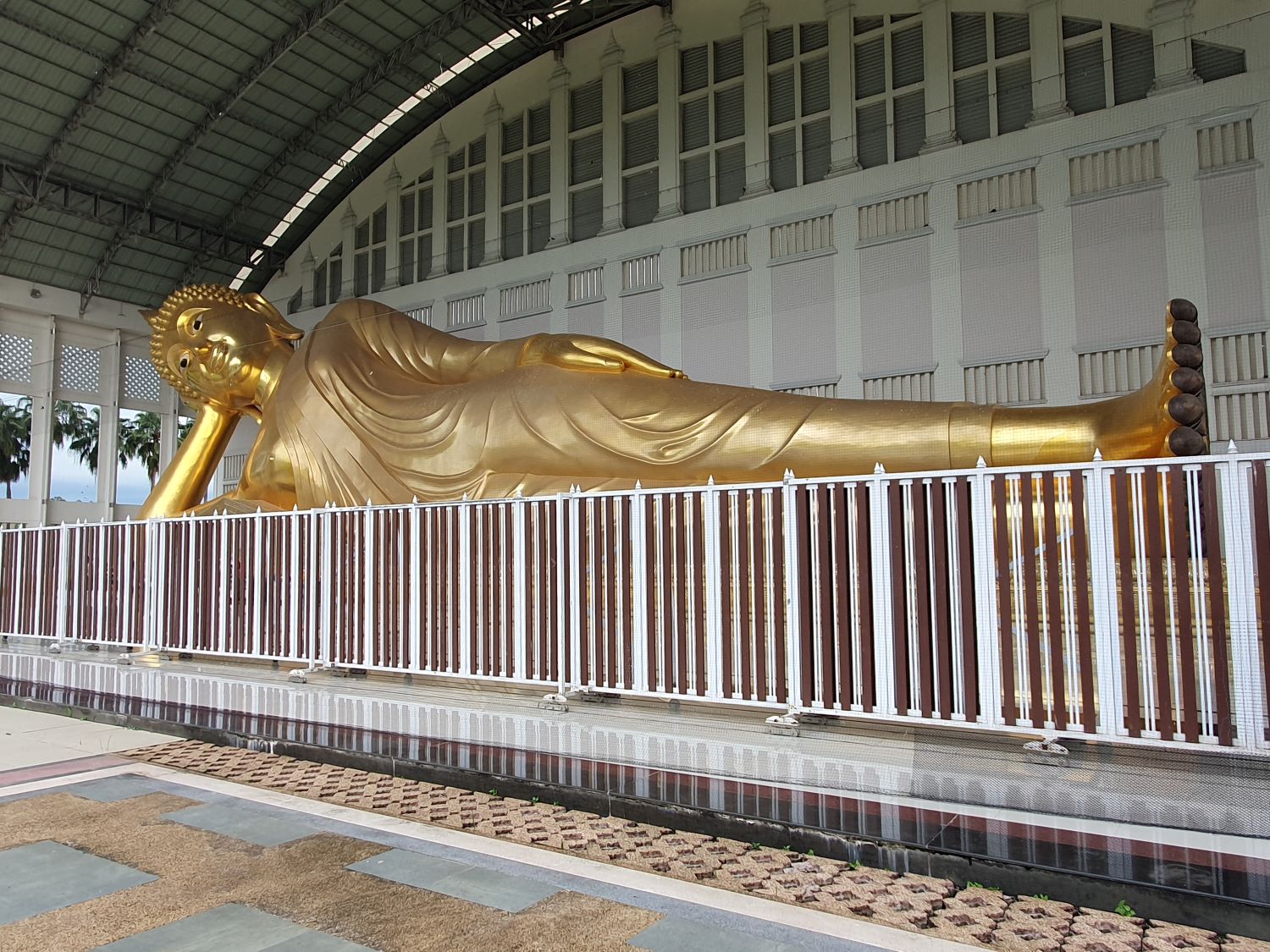
Wat Sukhumaram, Wang Taku,
Bang Mun Nak District
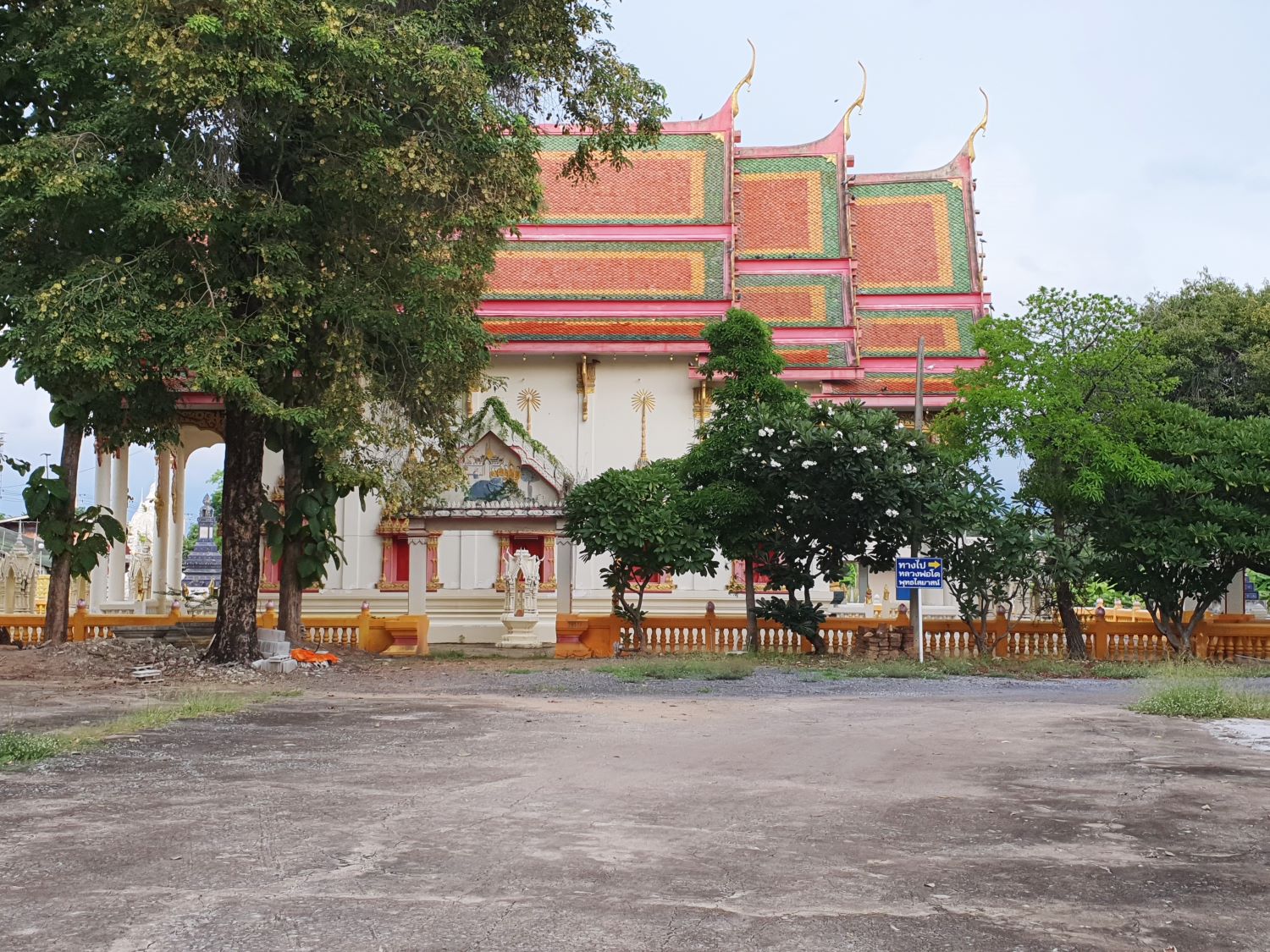
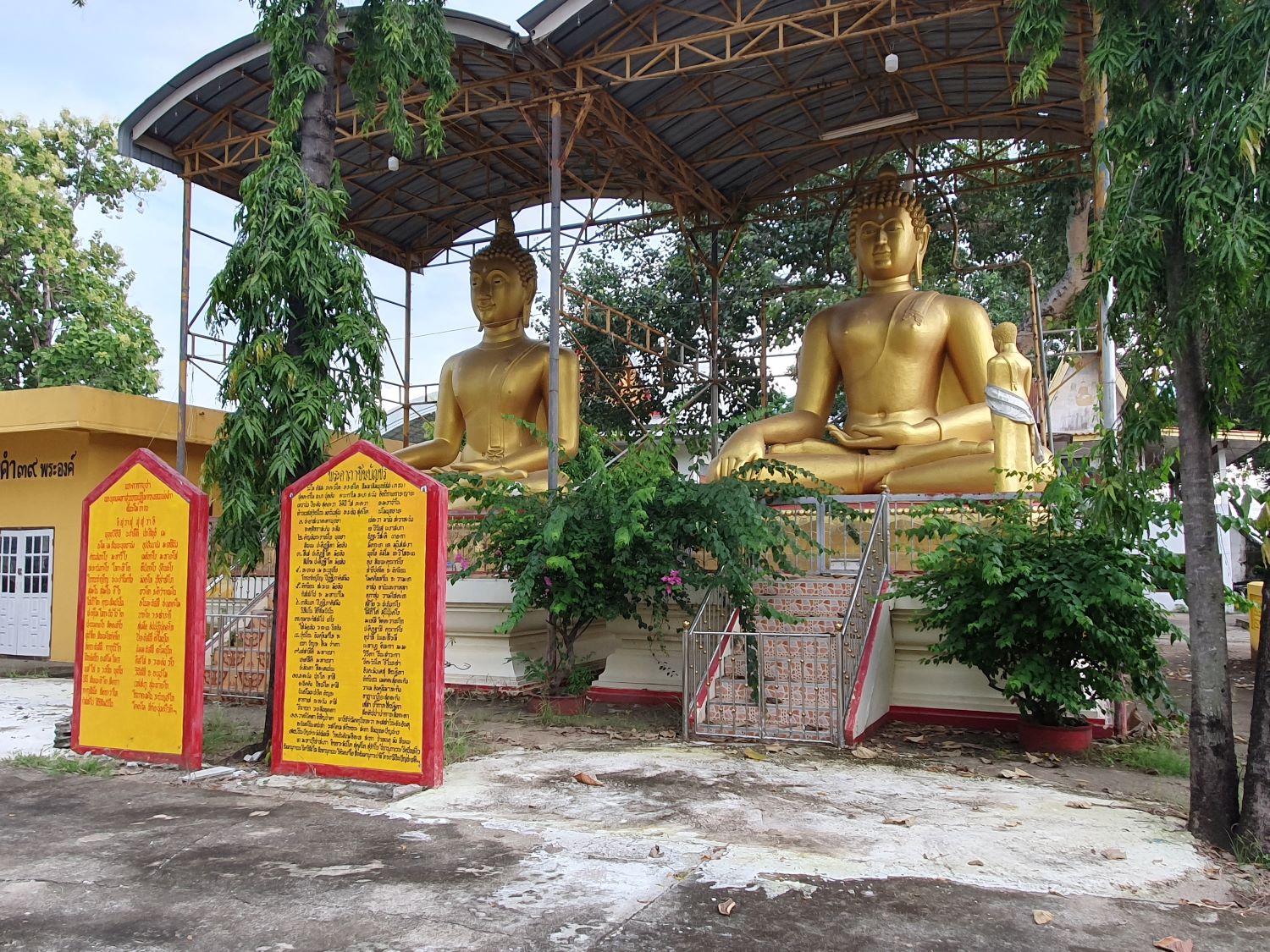
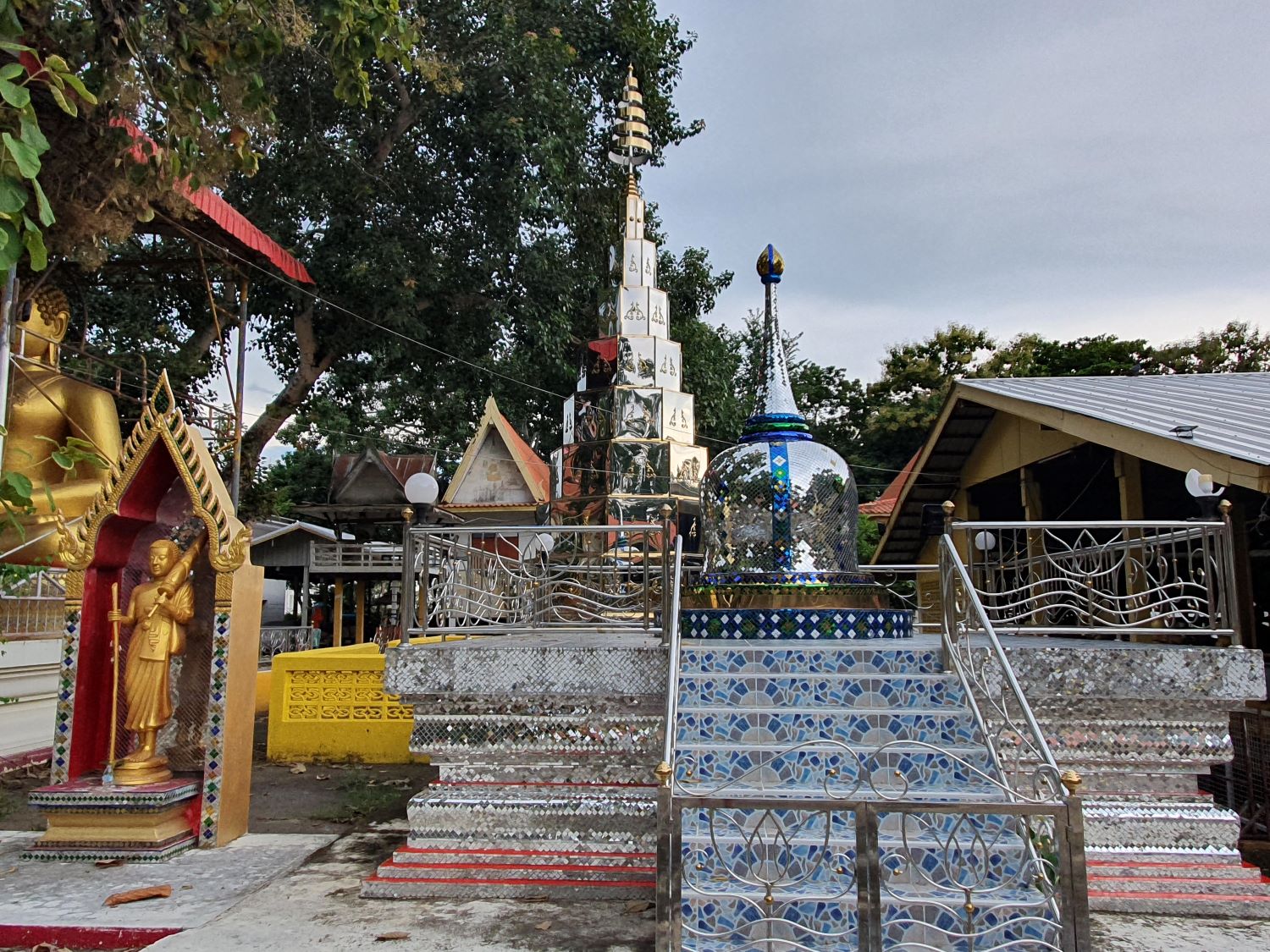
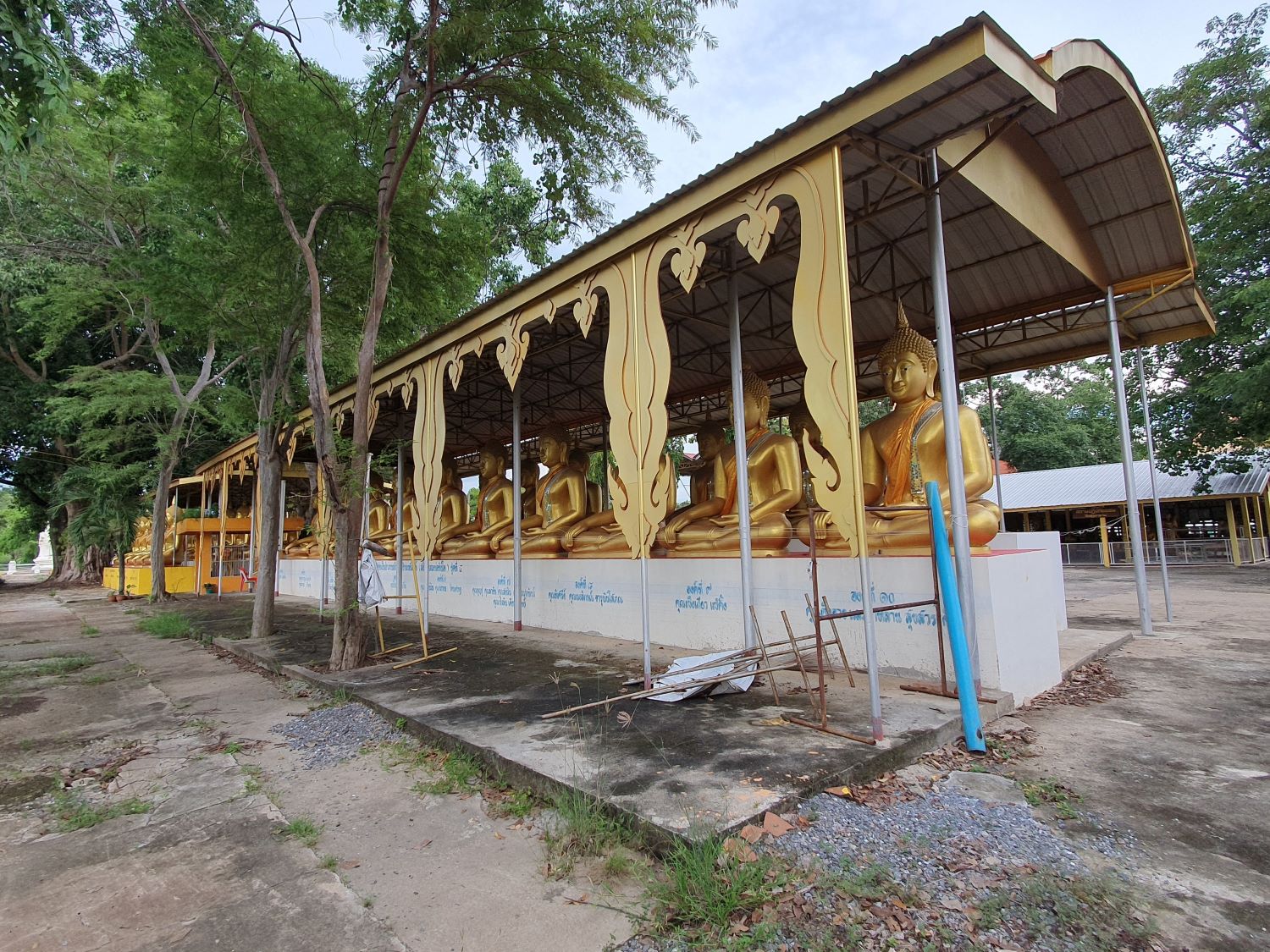
Wat Ban Wang Taku, Wang Taku,
Bang Mun Nak District
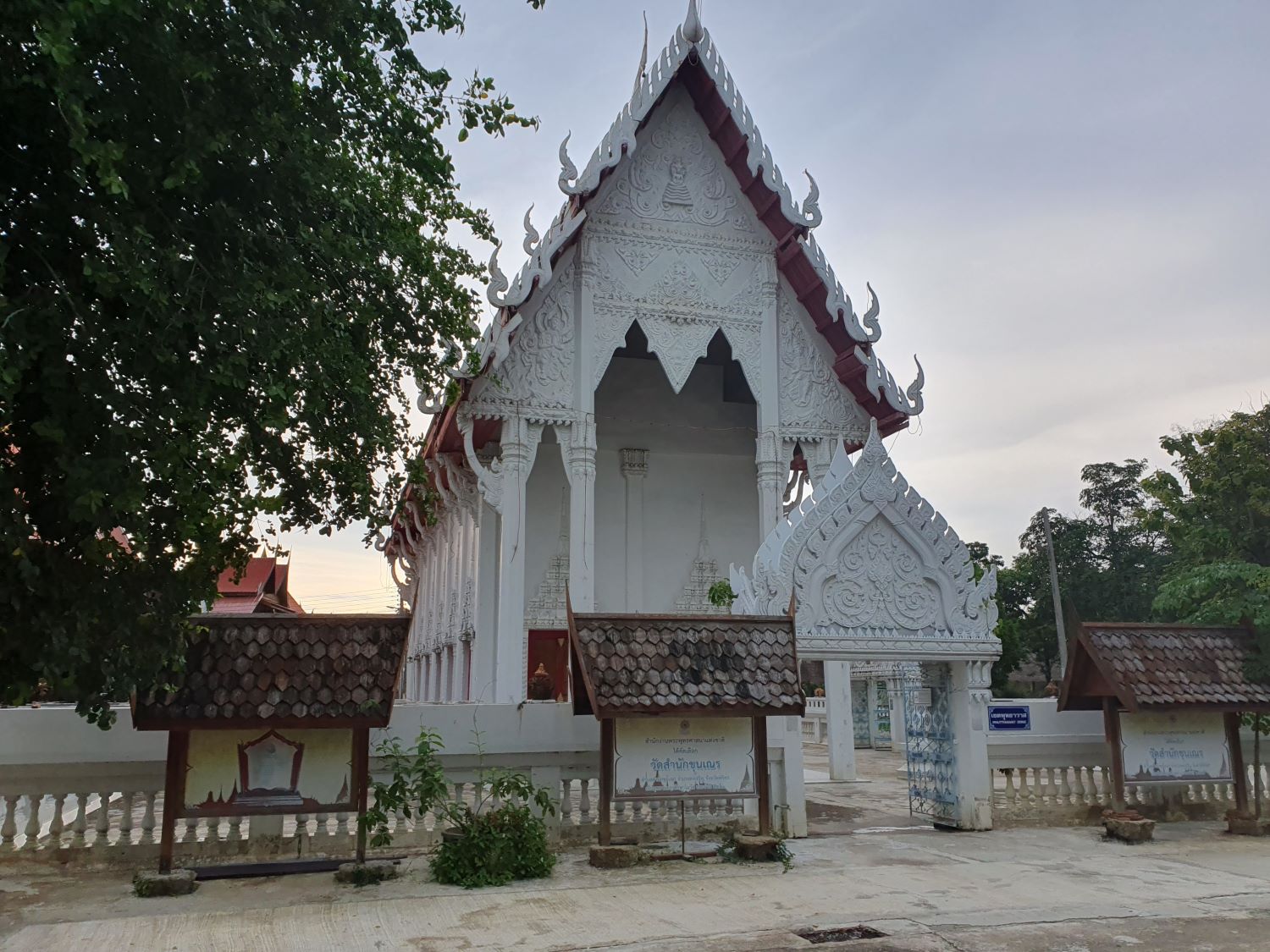
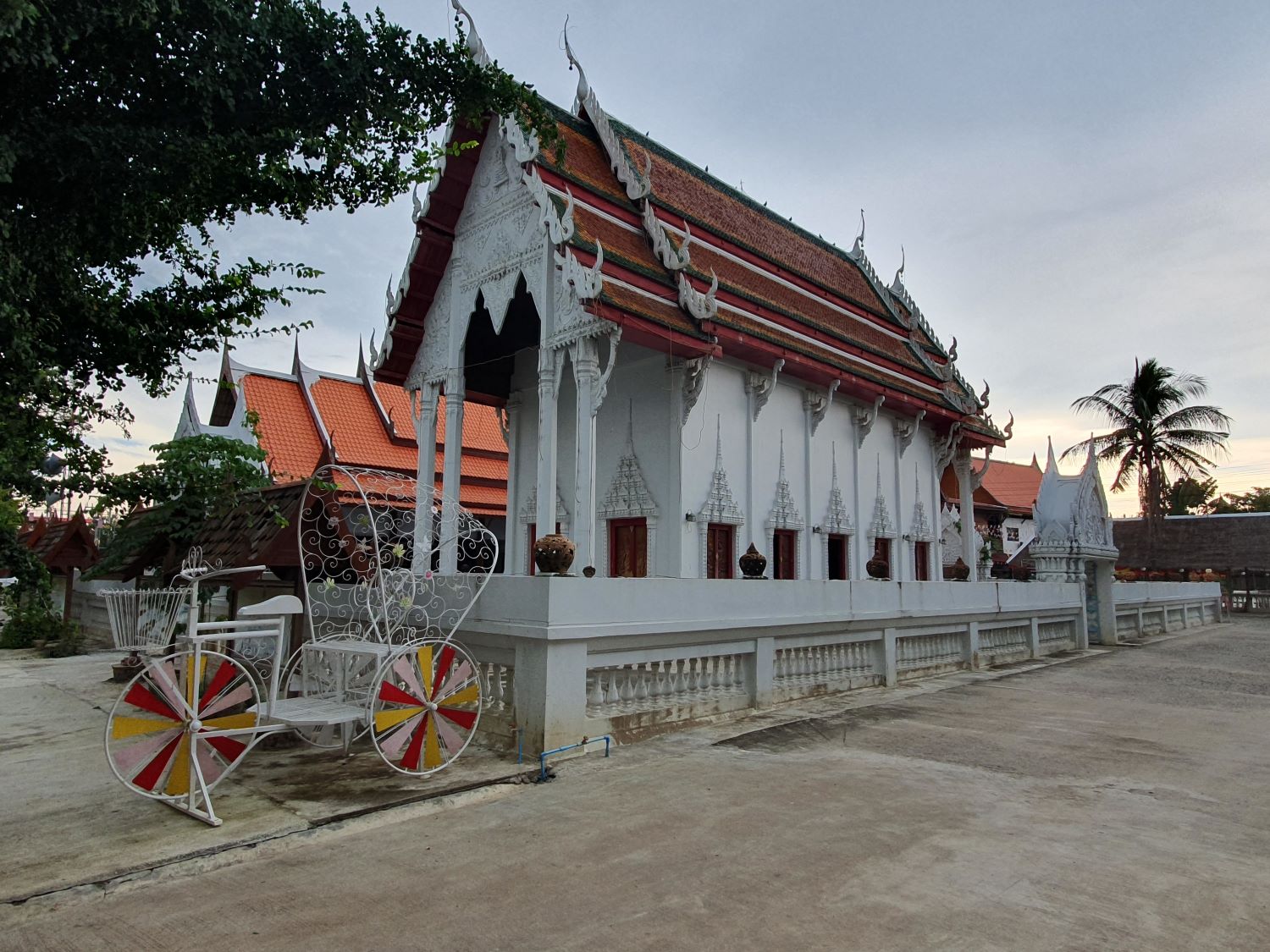
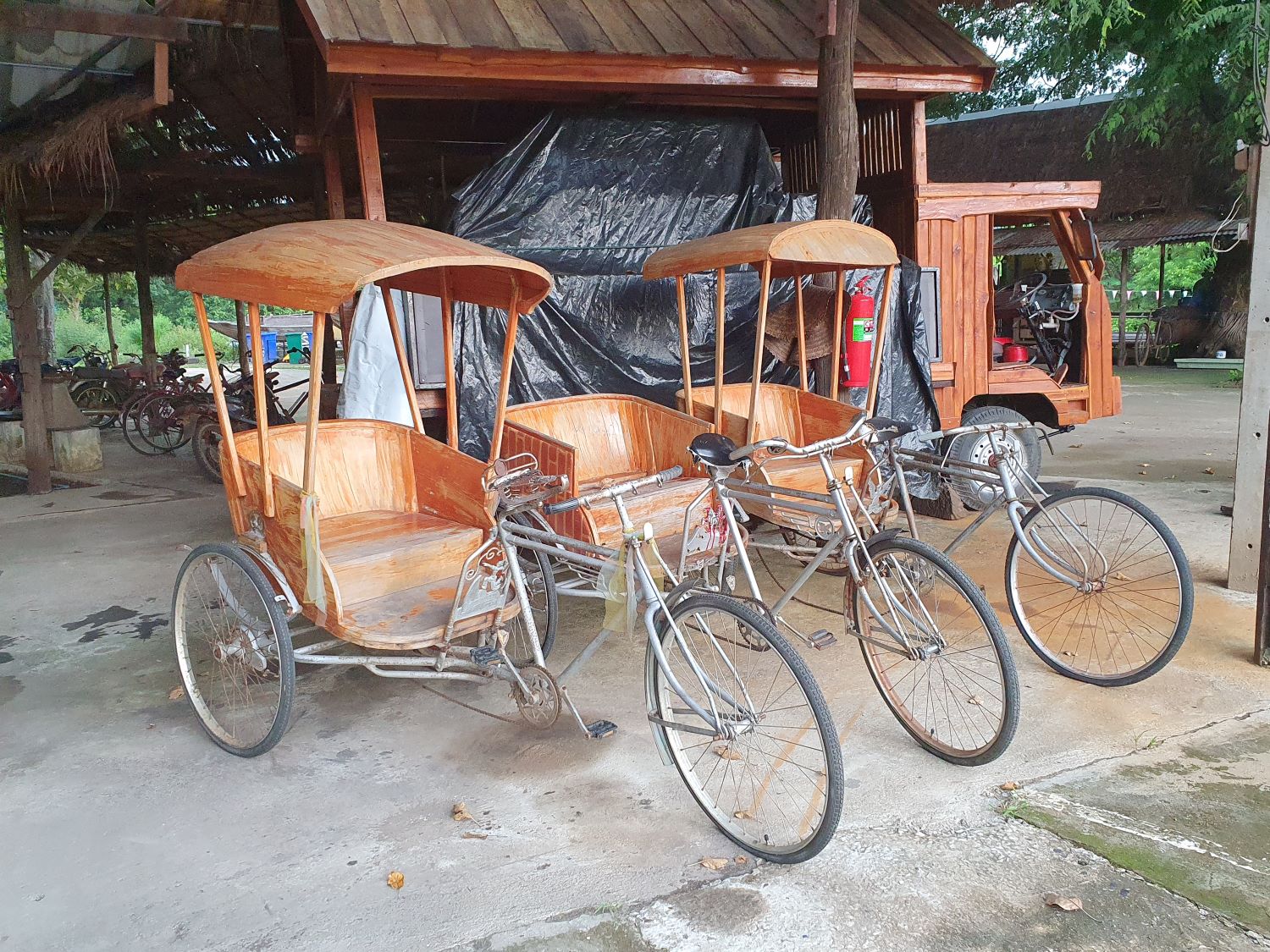
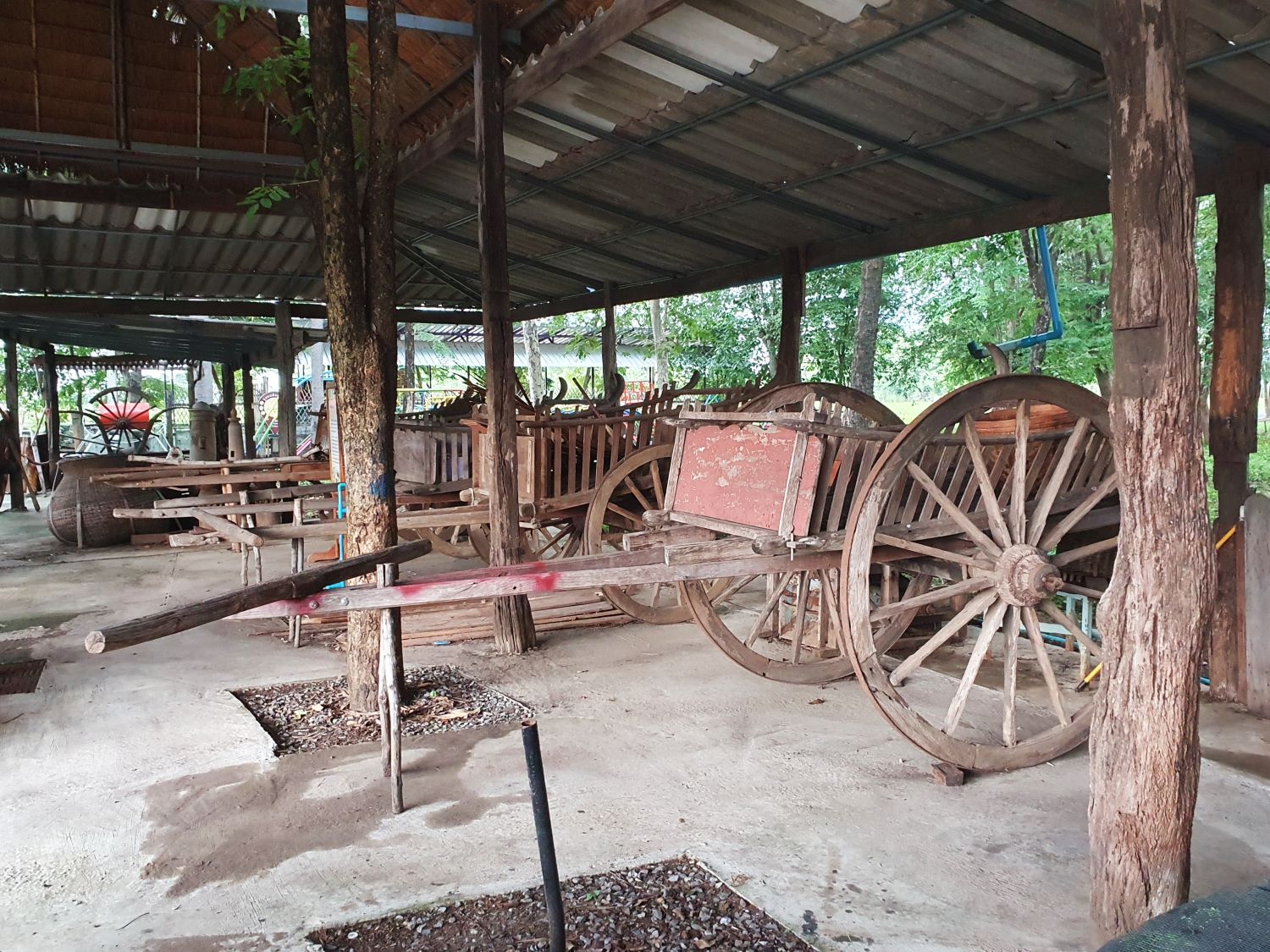
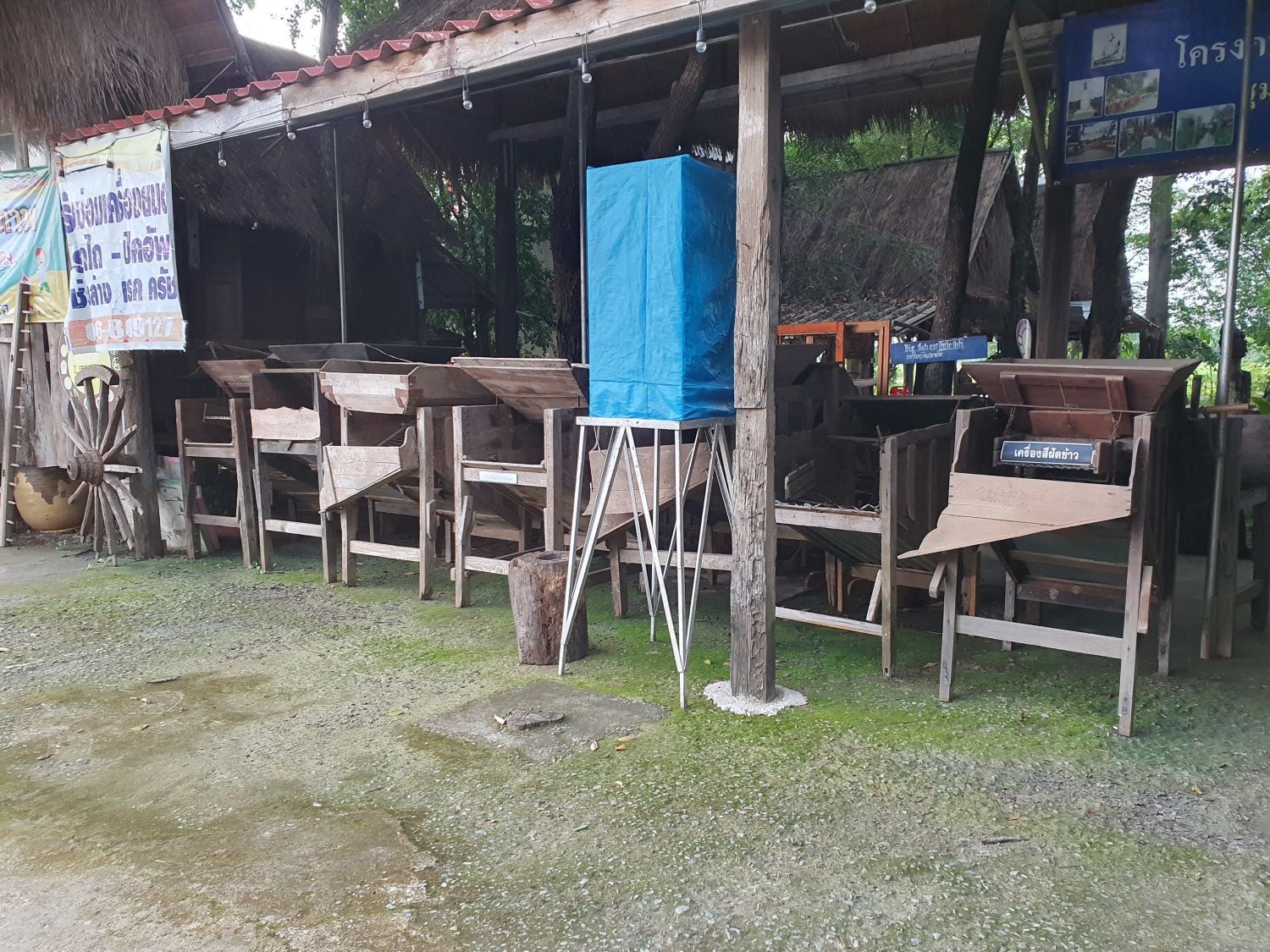
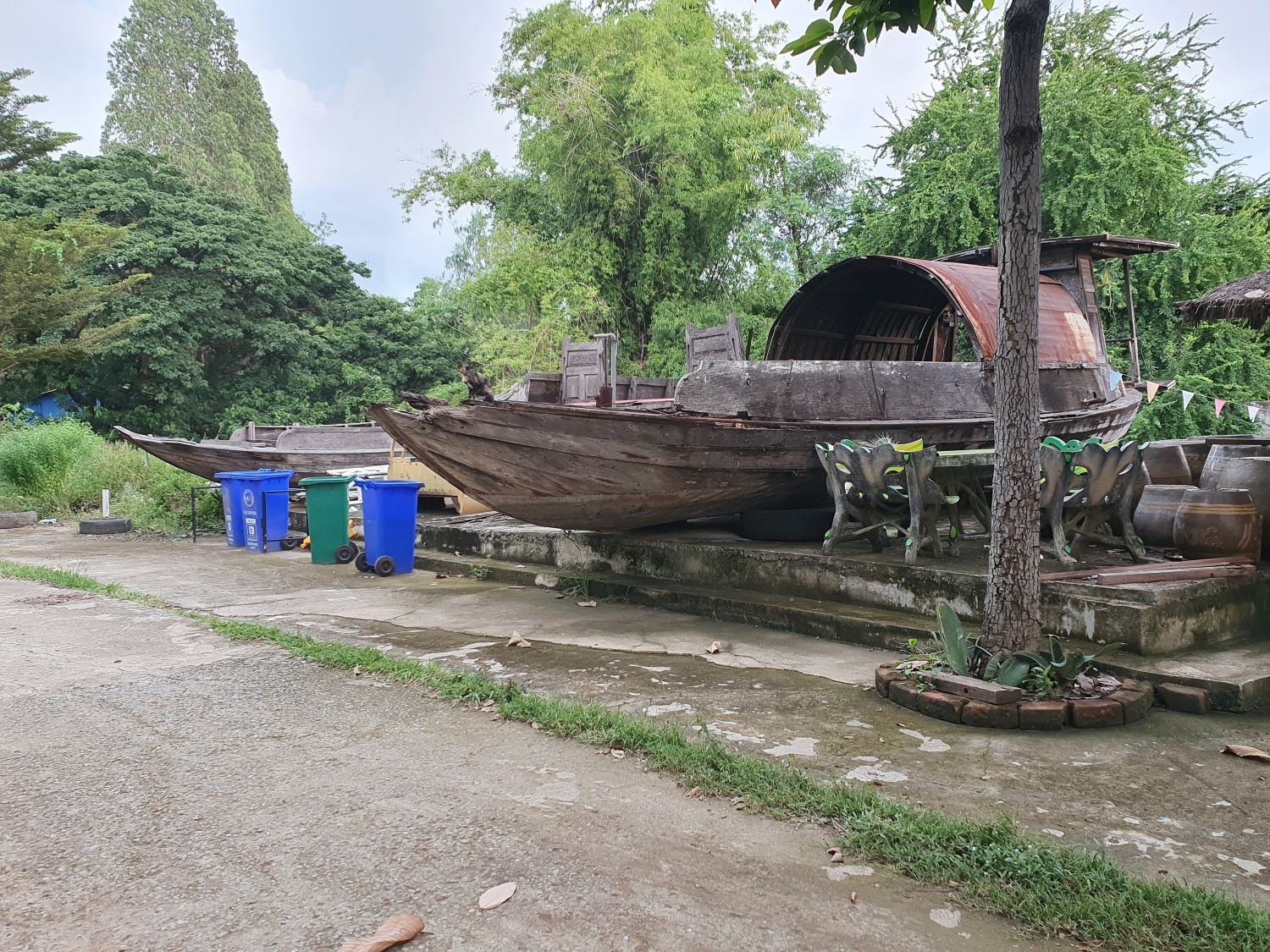
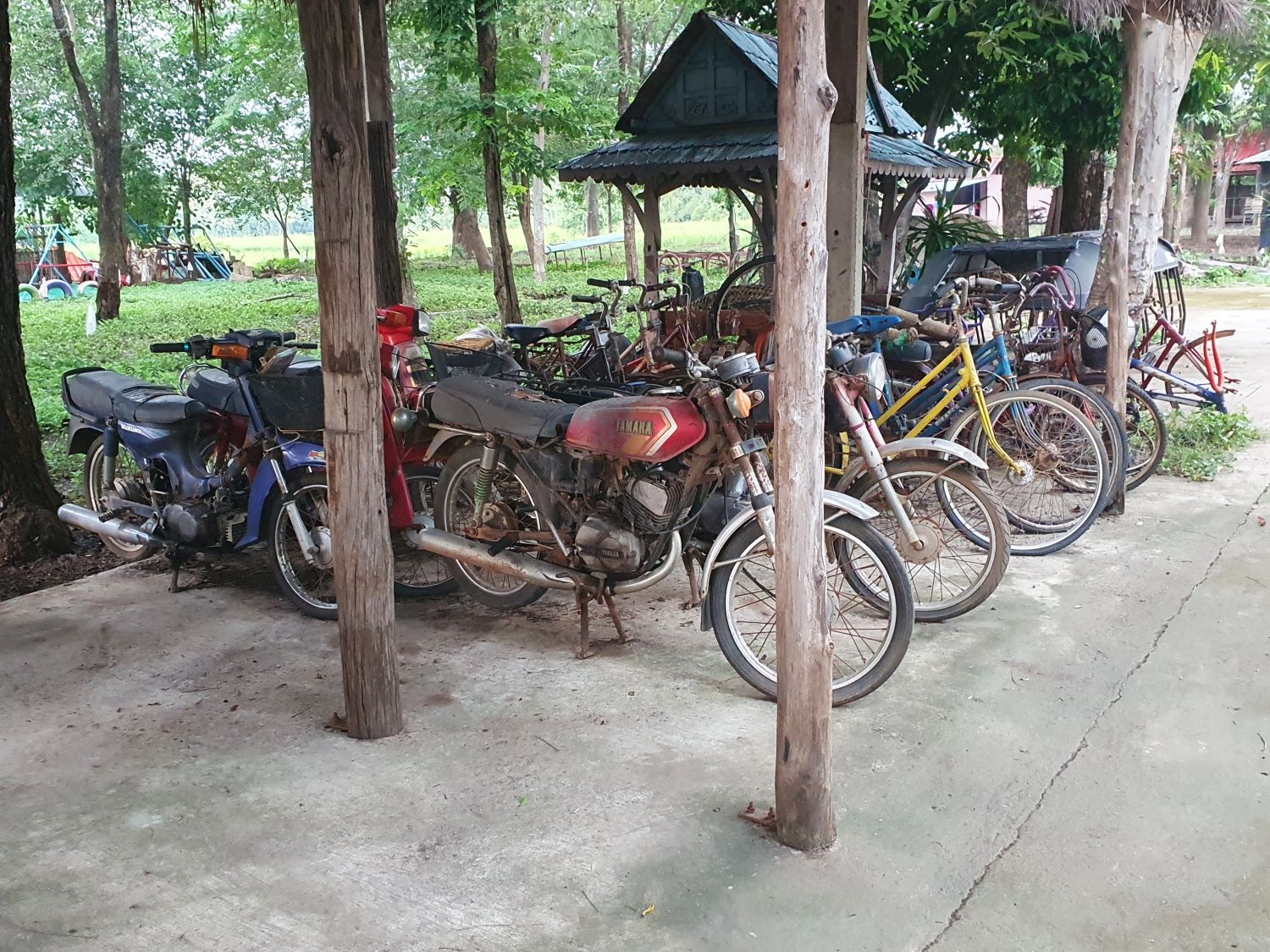
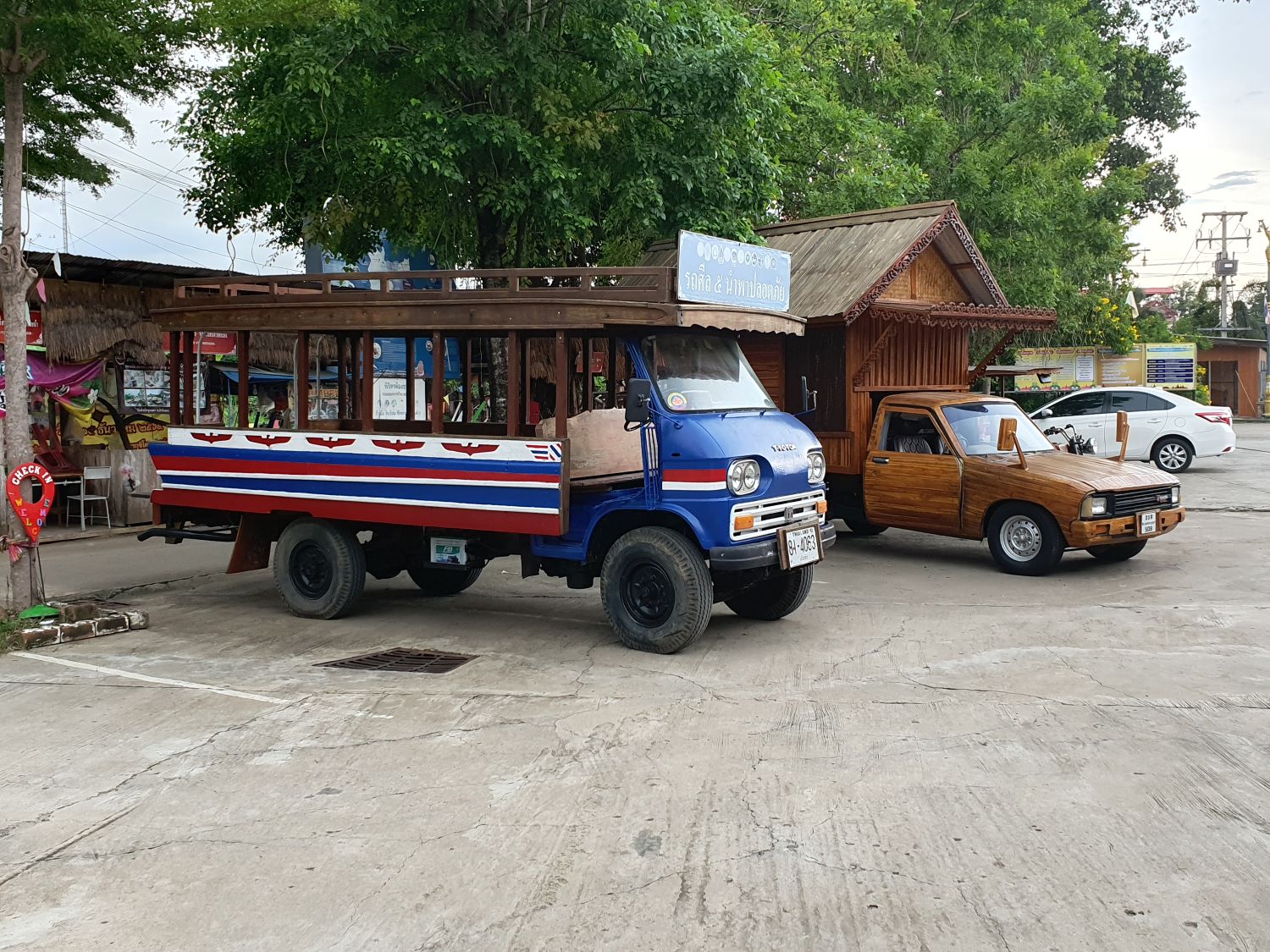
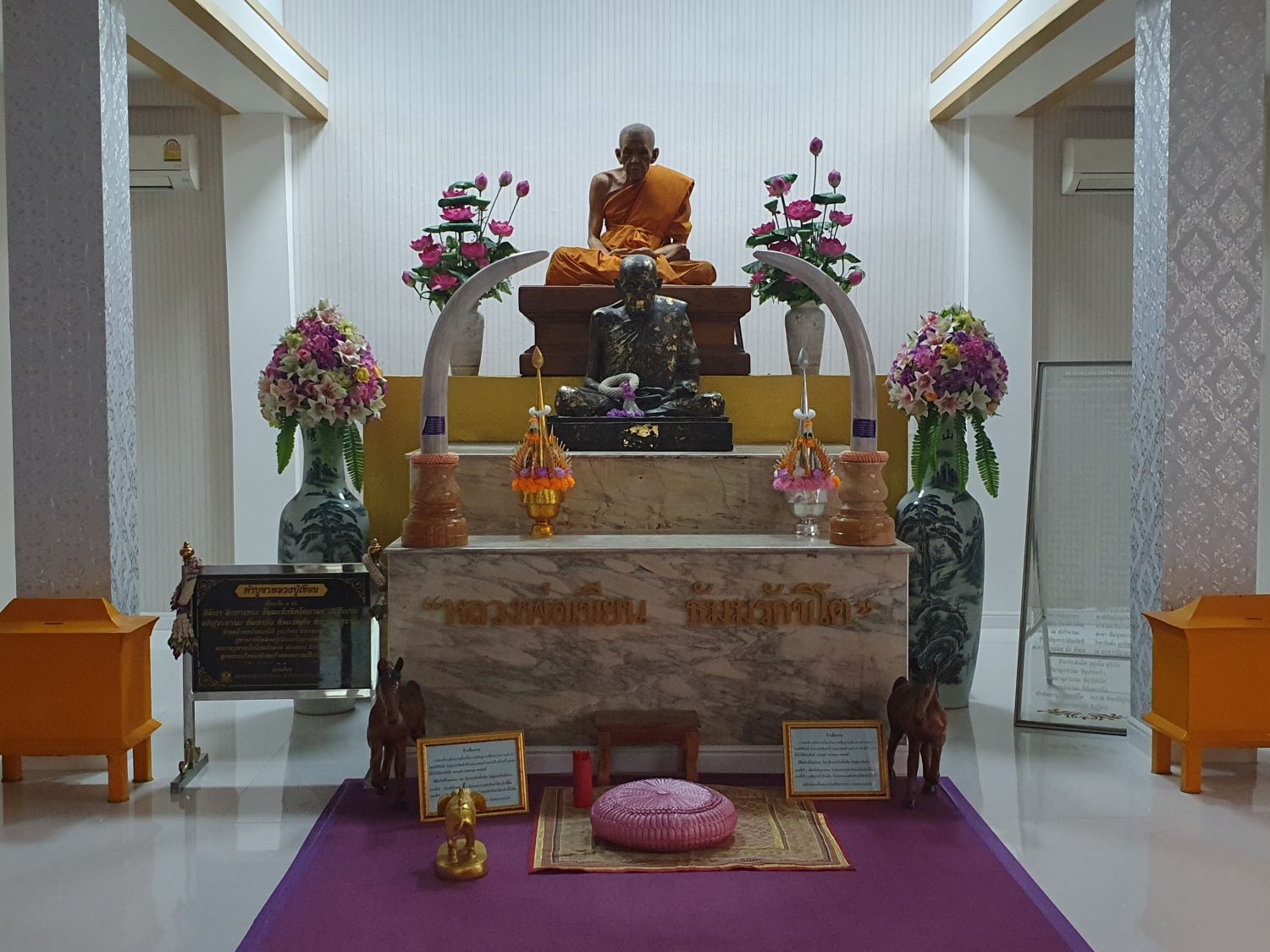
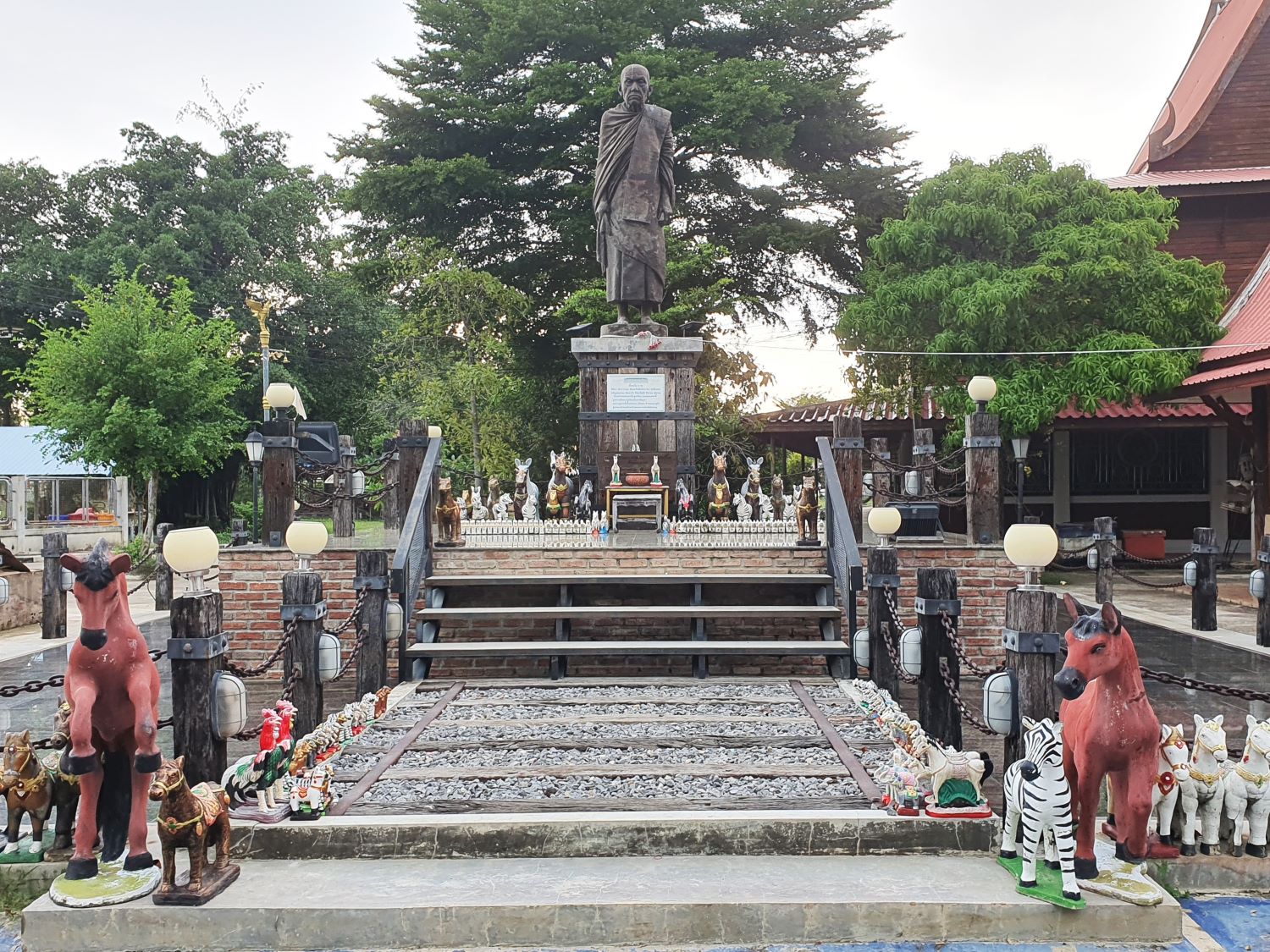
Wat Samnak Khun Nen,
Dong Charoen District
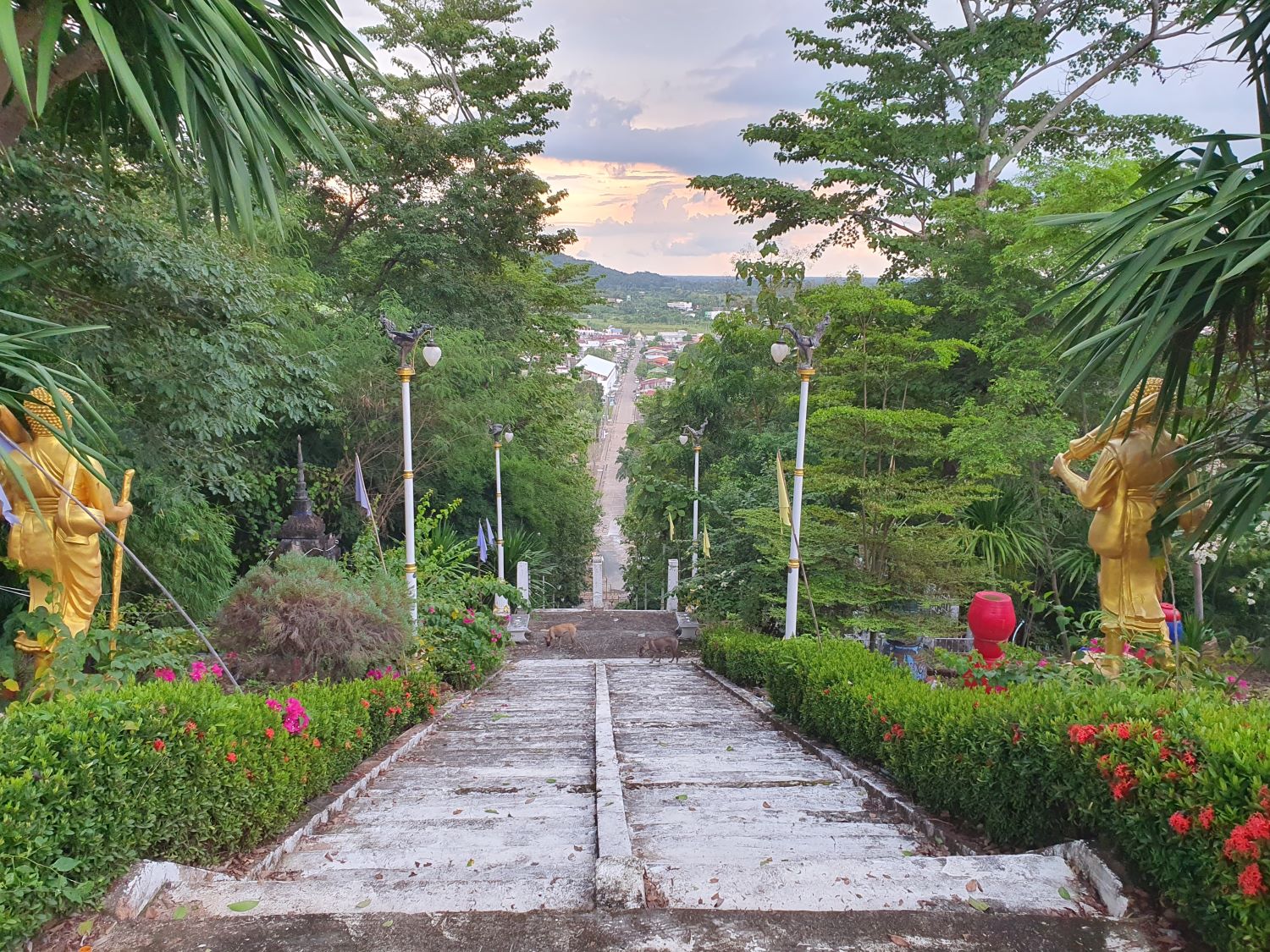
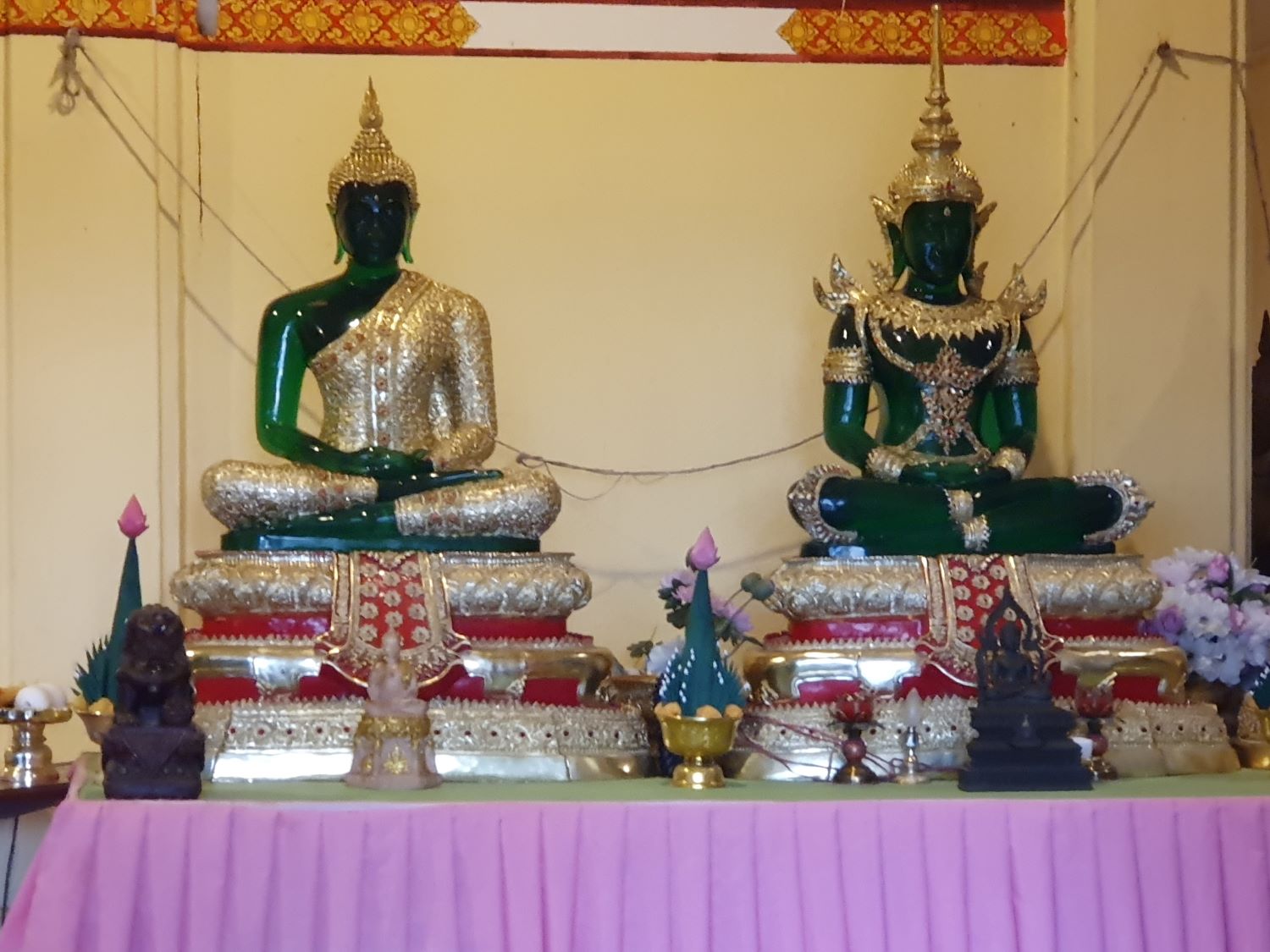
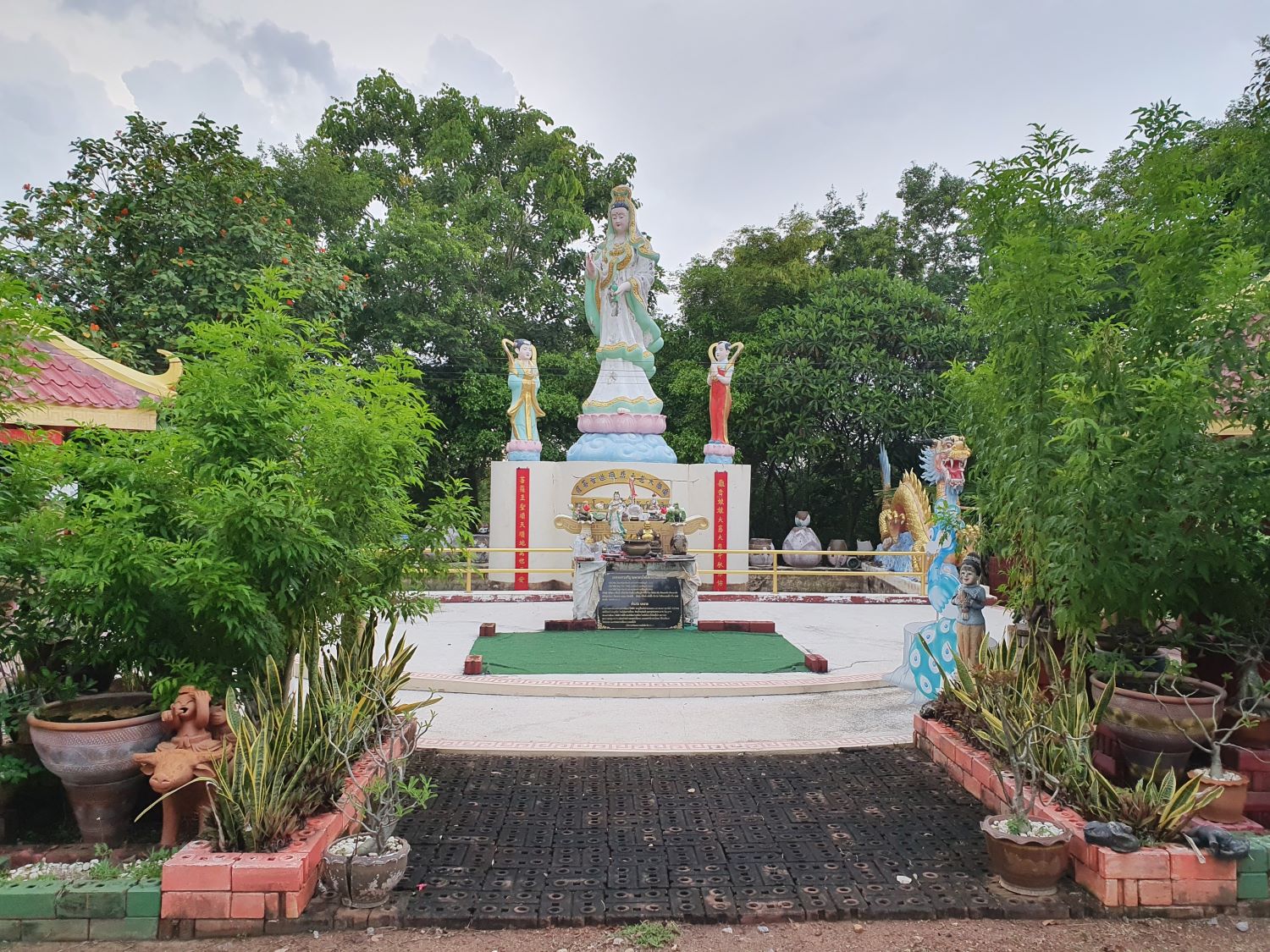
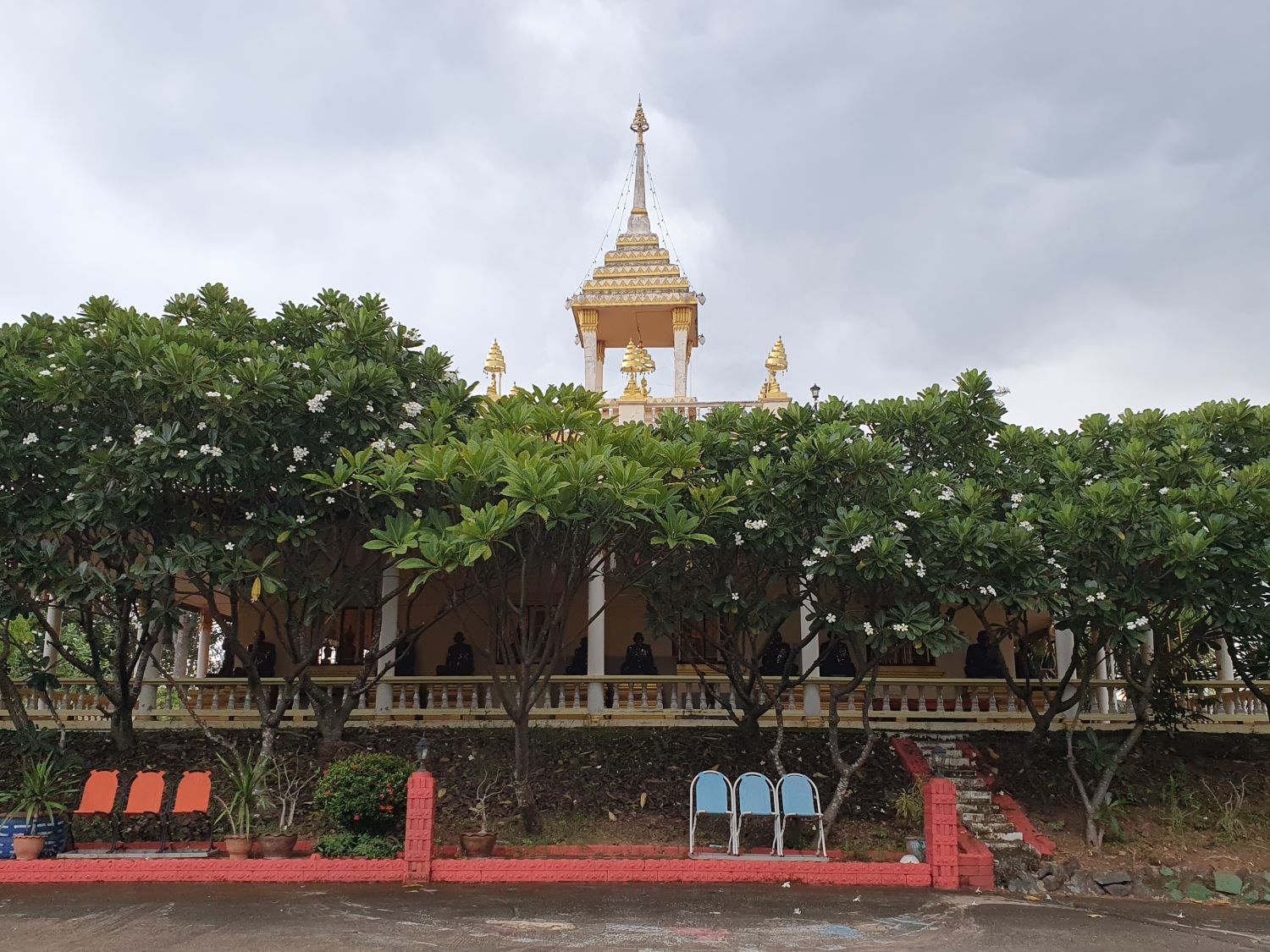
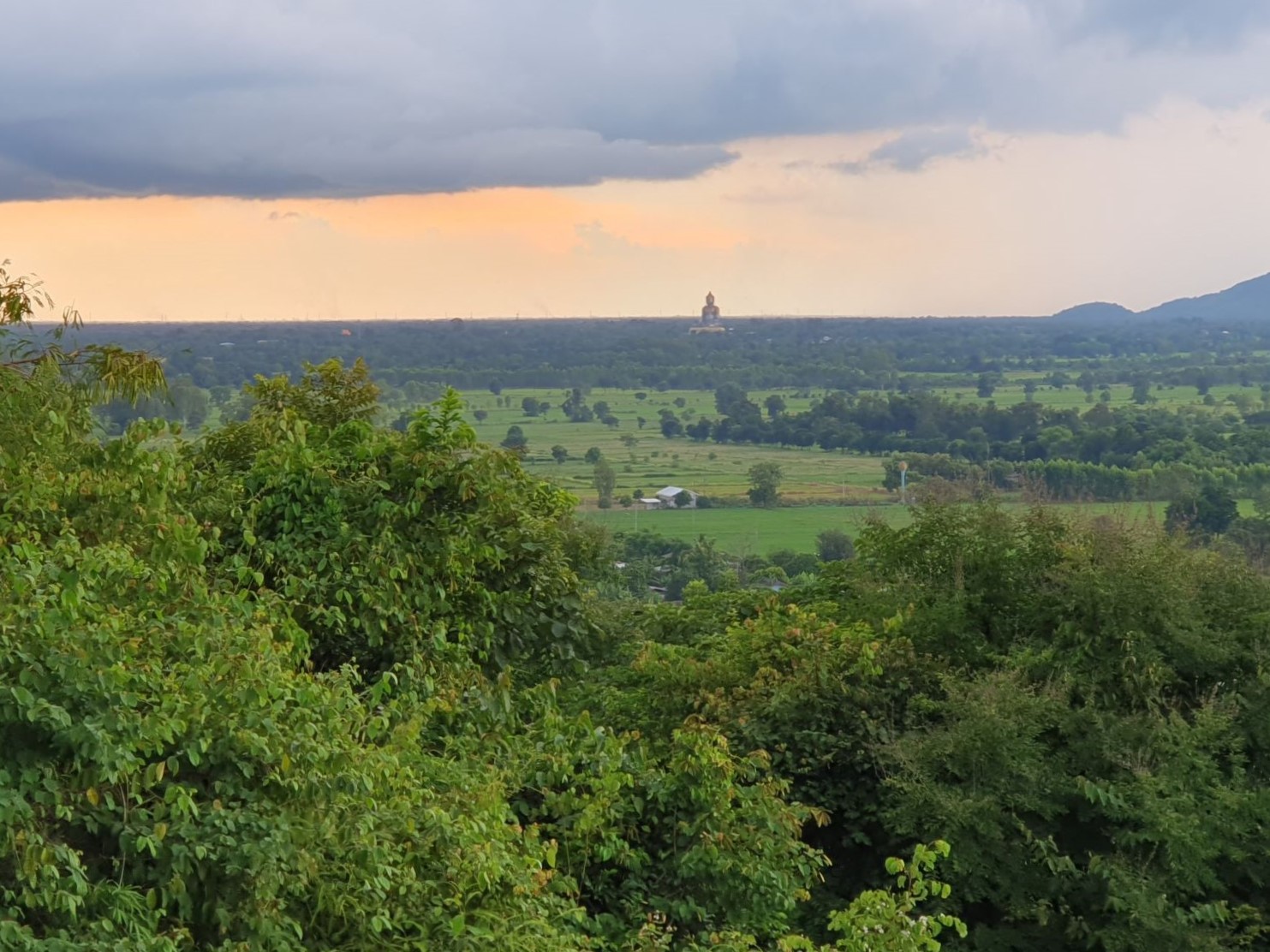
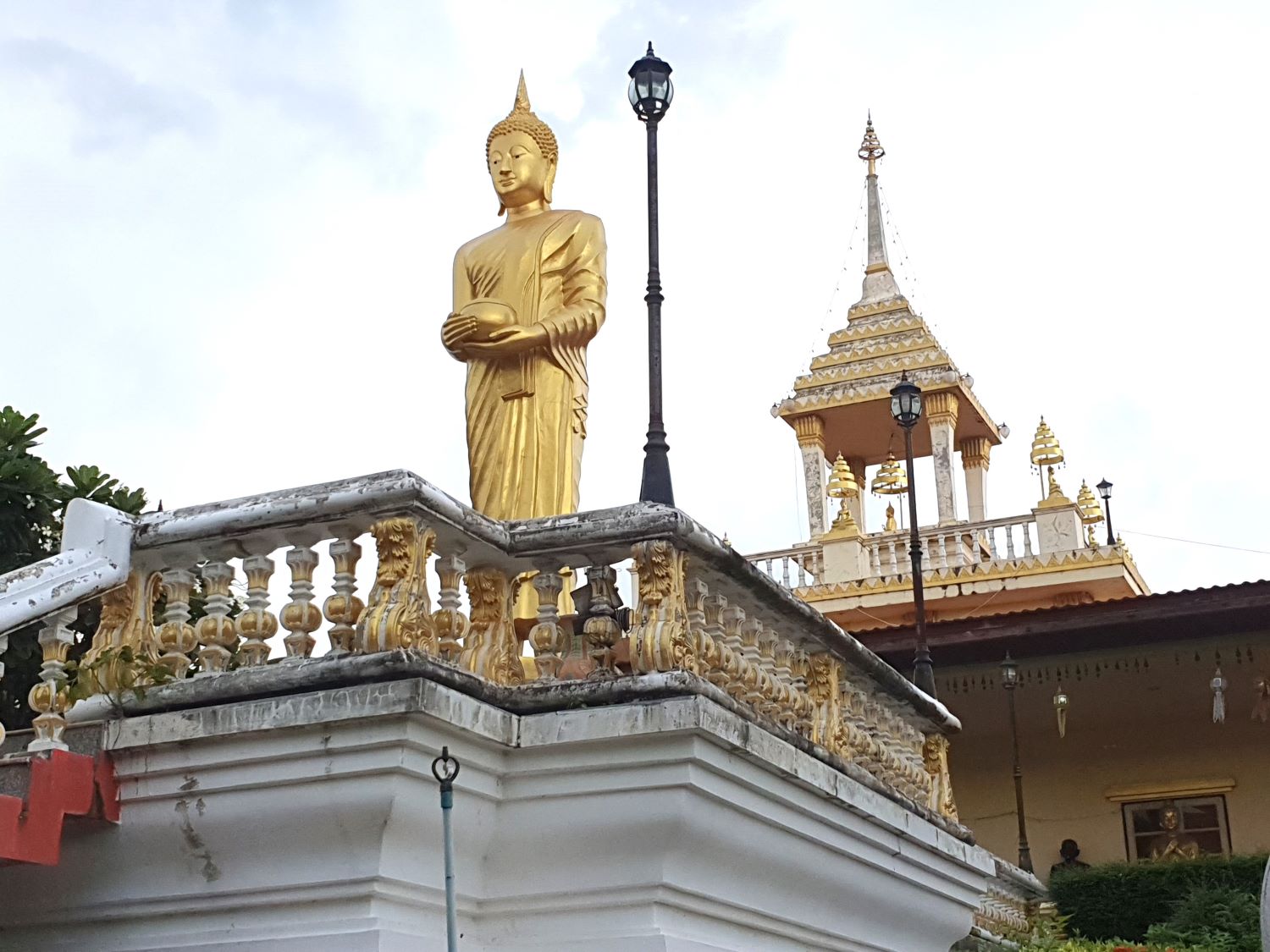
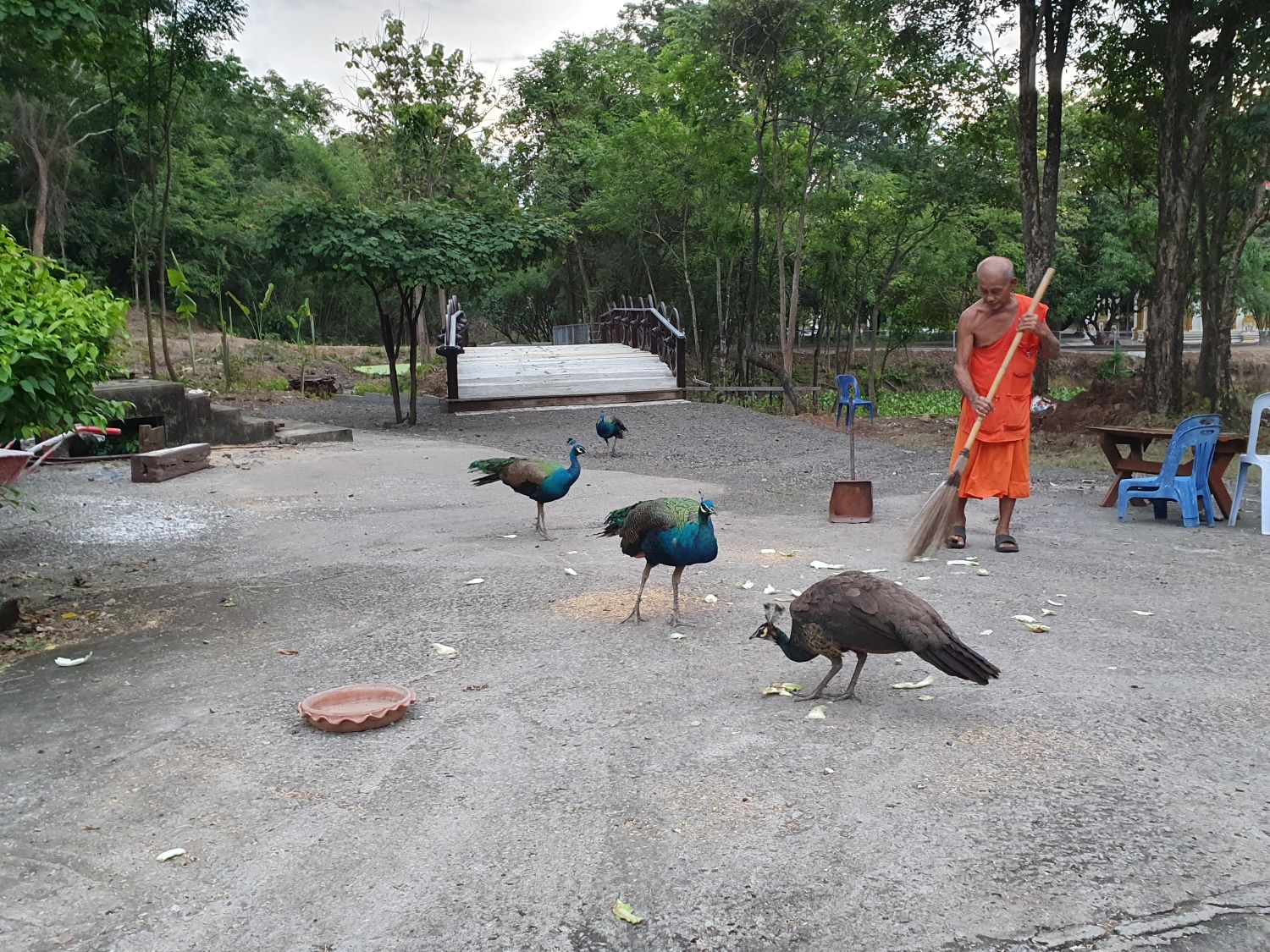
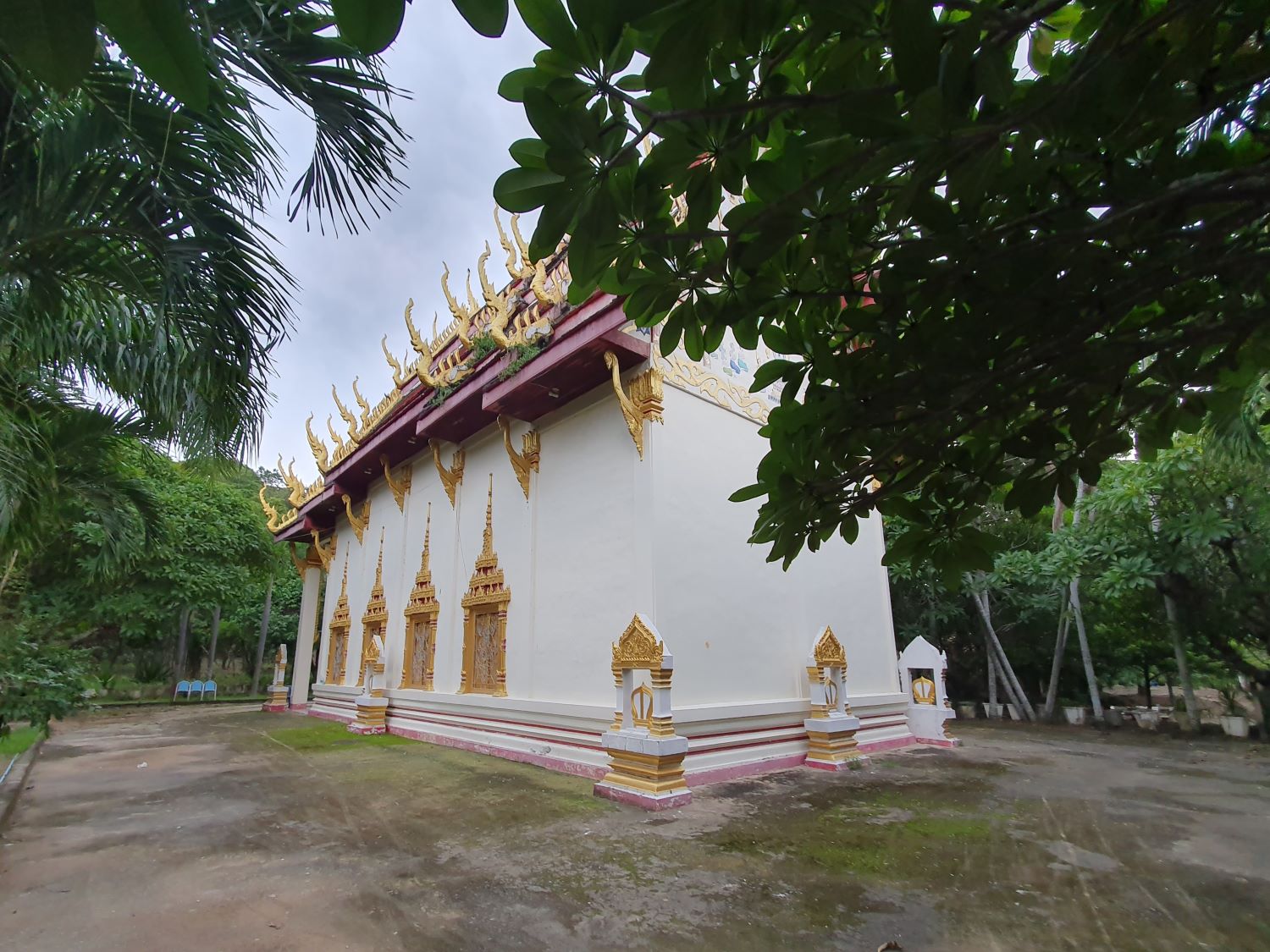
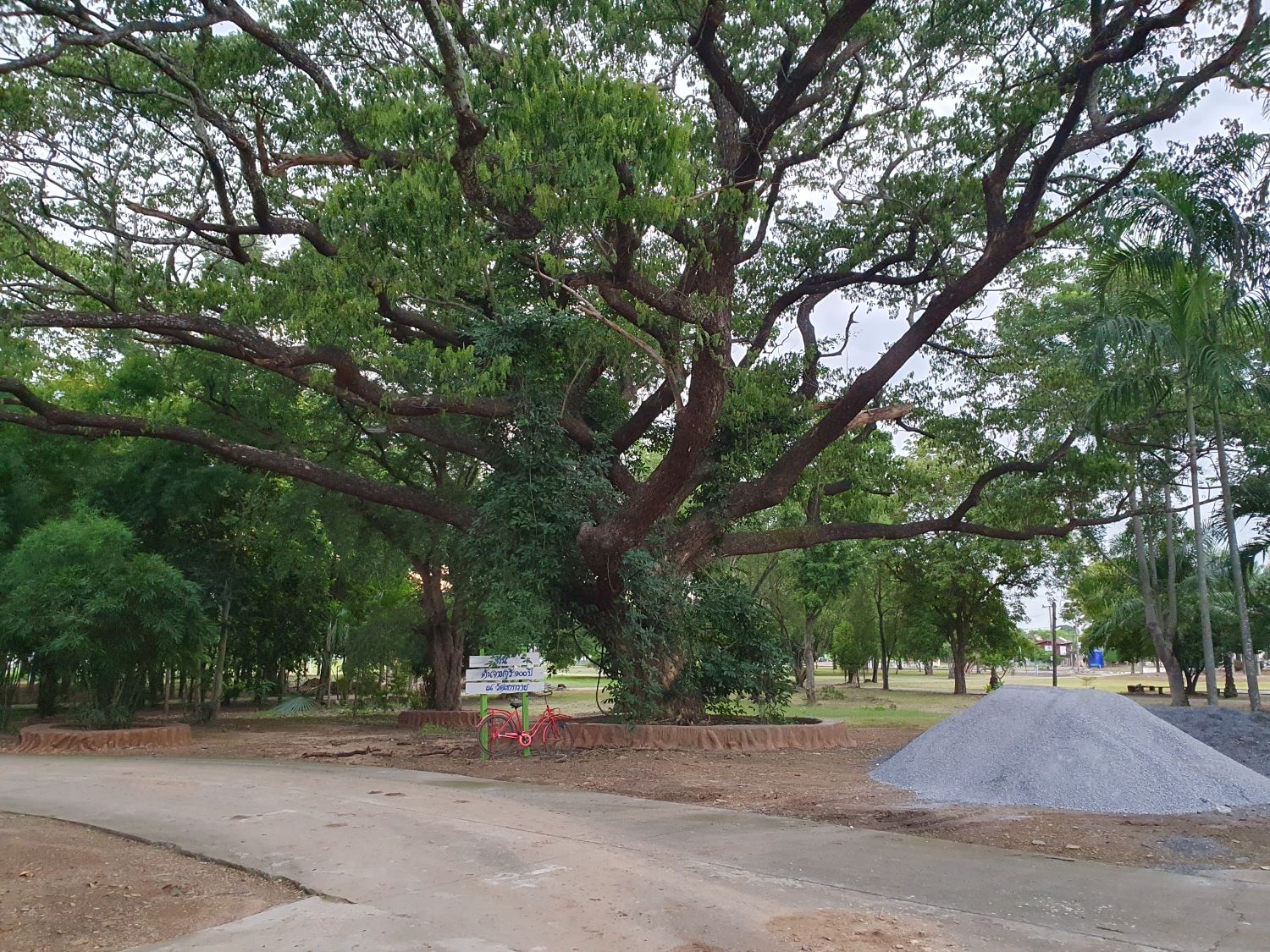
Wat Phra Buddhabat Khao Sai,
Khao Sai, Thap Khlo District
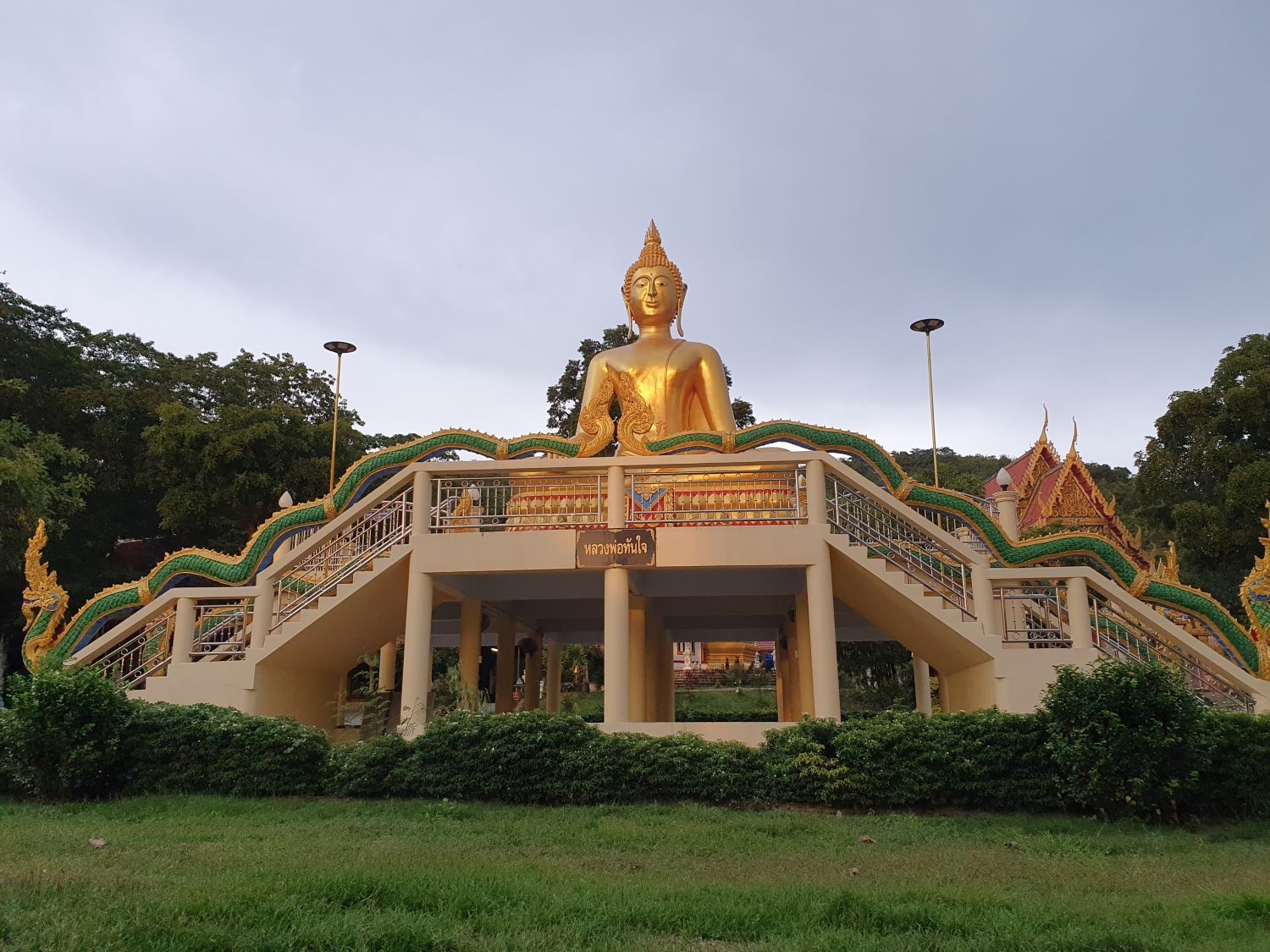
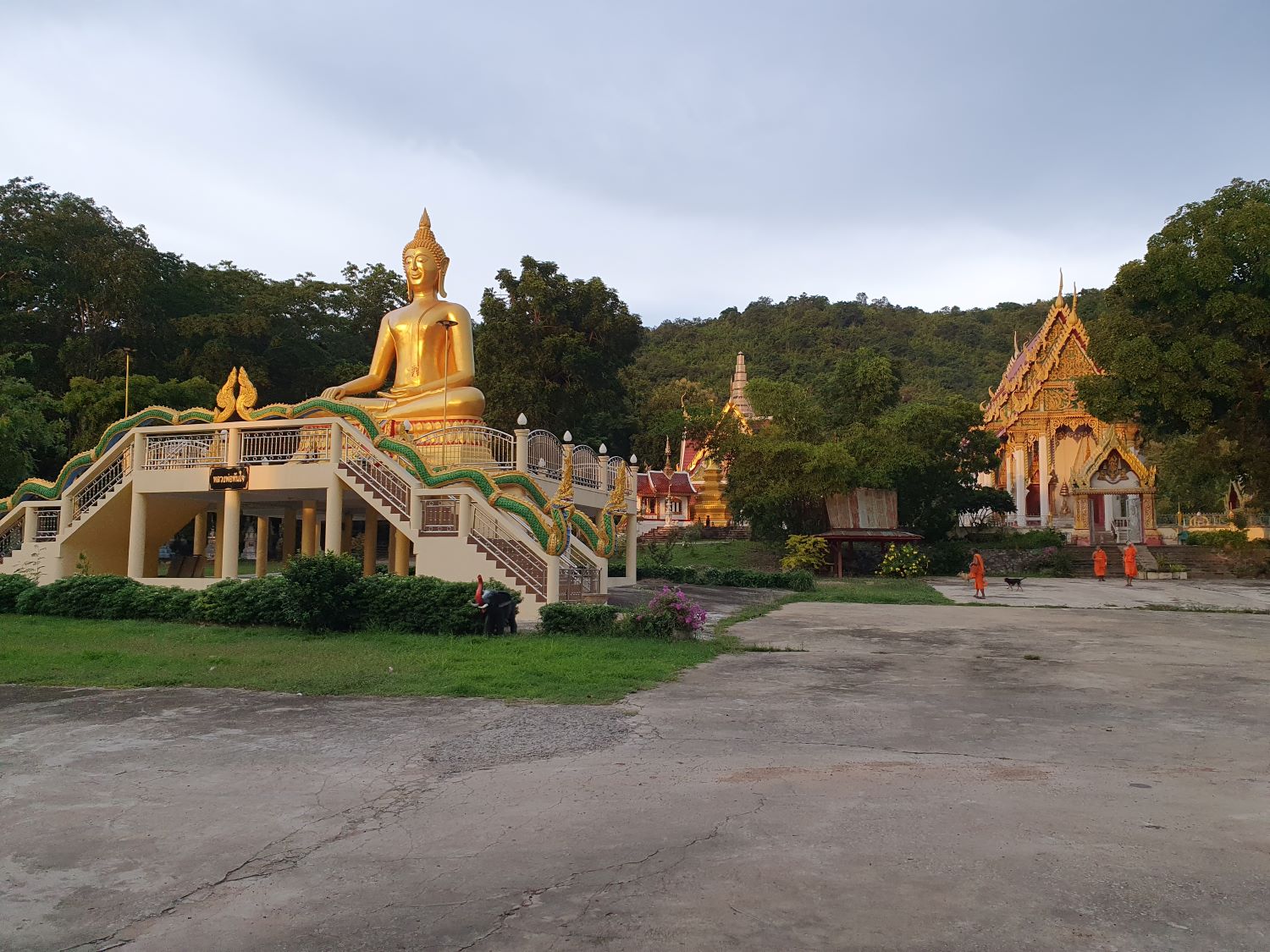
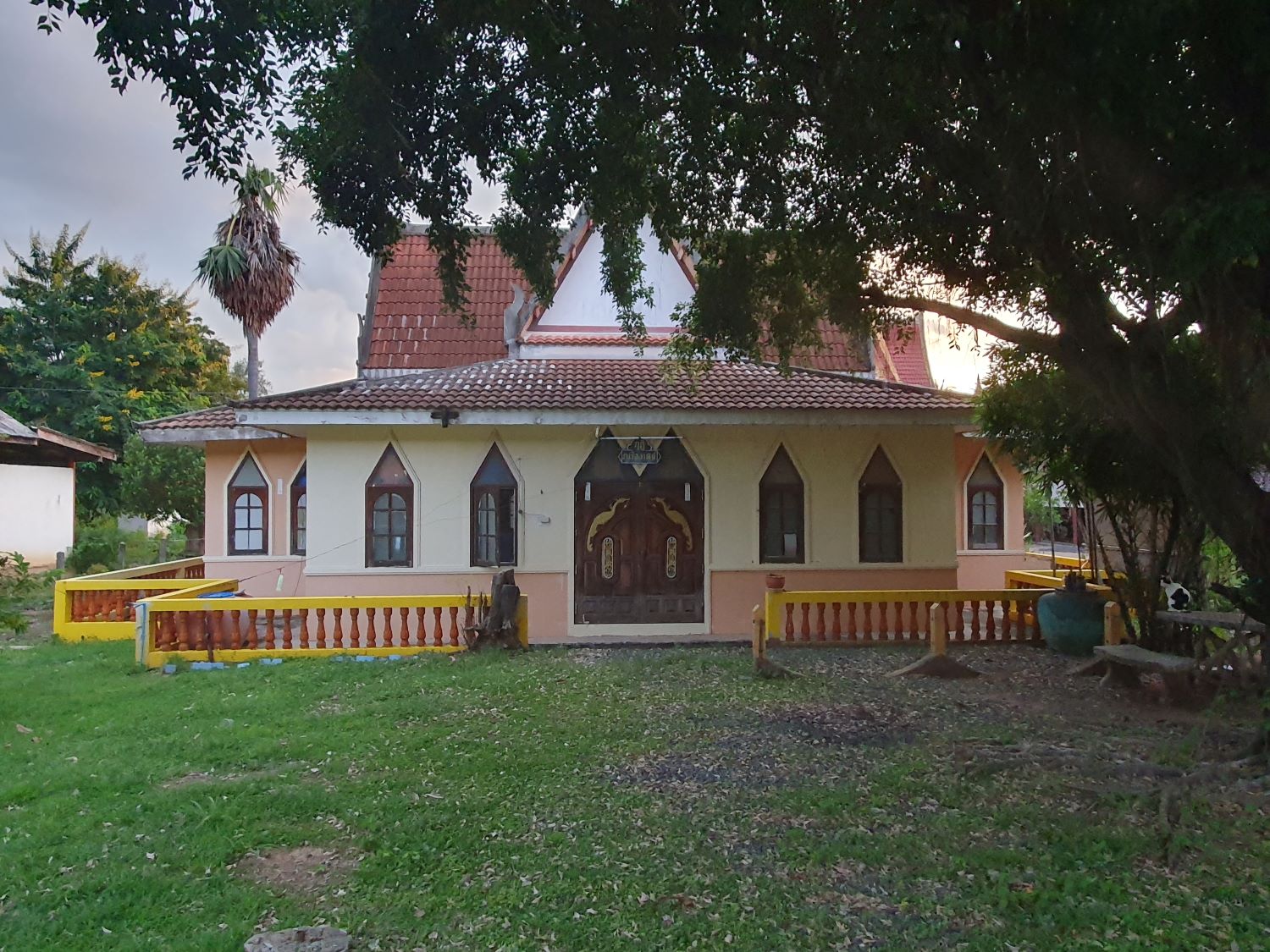
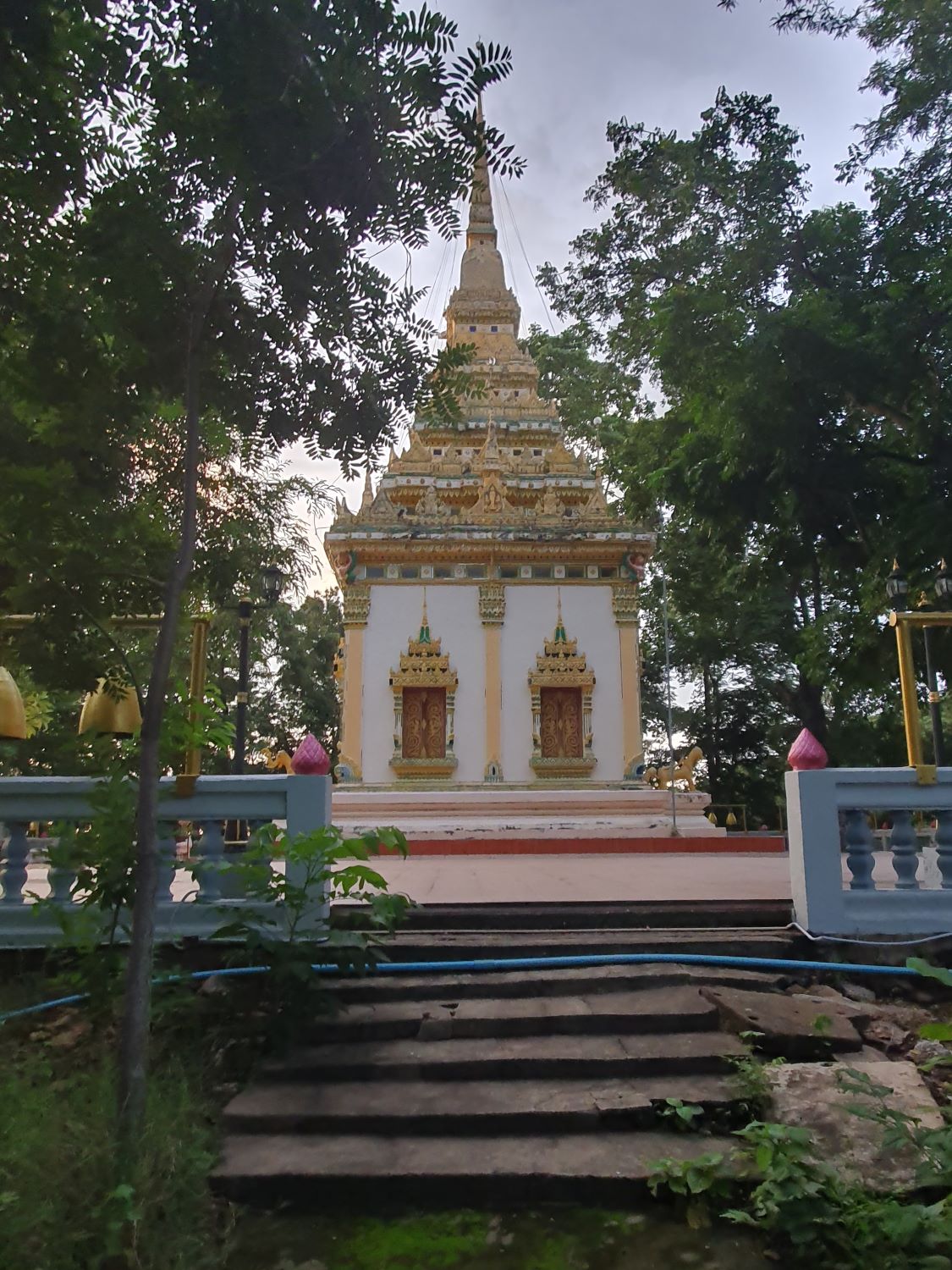
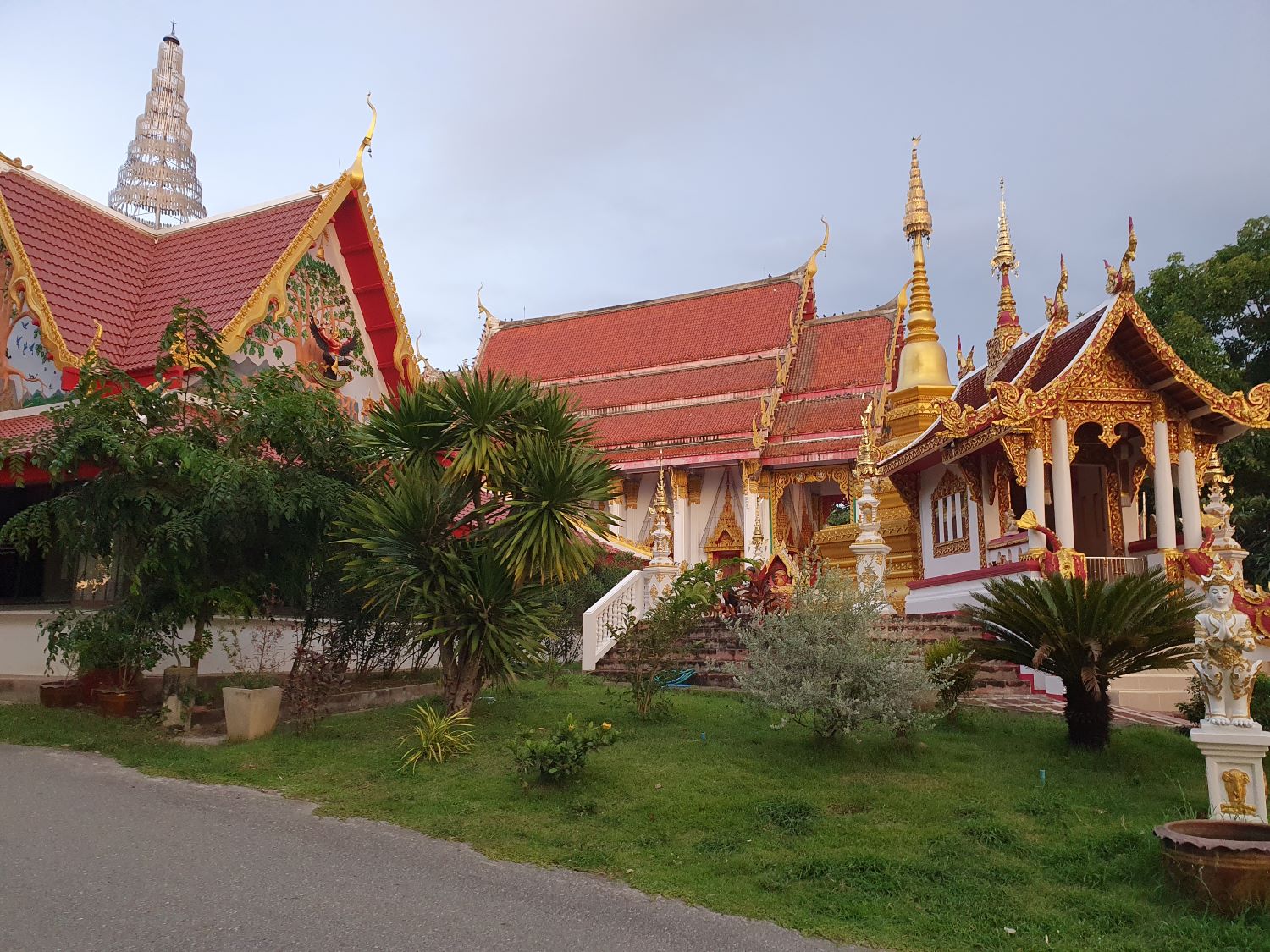
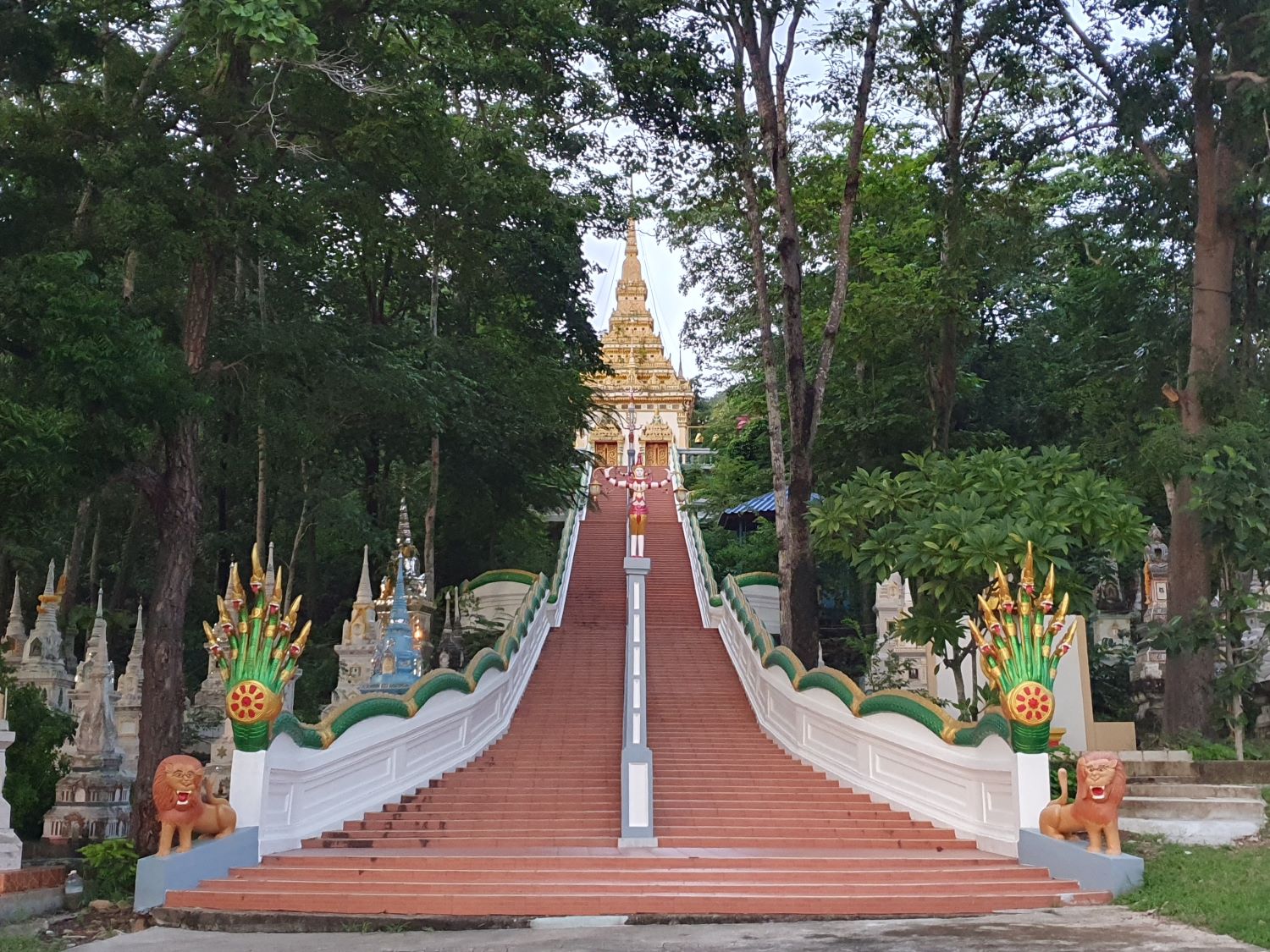
Wat Phra Buddhabat Khao Luak,
Wang Lum, Taphan Hin District